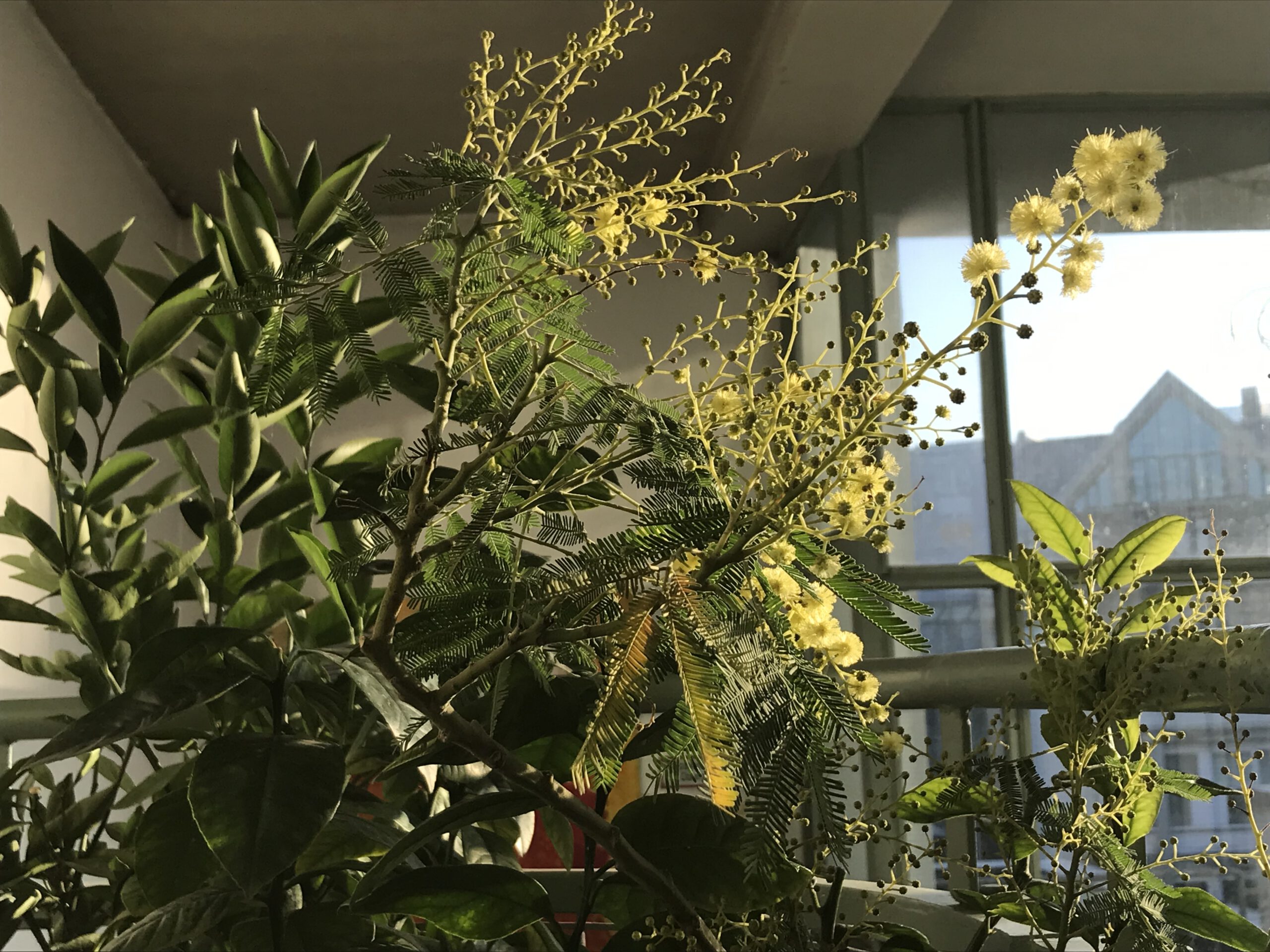
Nature is cooperative and diverse in its essence. In a constant process of adaptation and renewal
in the tried and tested, it sustains itself

Nature is cooperative and diverse in its essence. In a constant process of adaptation and renewal
in the tried and tested, it sustains itself
A little philosophy and instruction manual for sustainable living in everyday household use
Every organic being has its own duration of emergence, growth and decay. We do not have to determine the laws of biological and cooperating ecosystems precisely, but we can perceive them in everyday life if we observe life around us attentively.
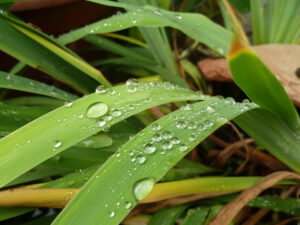
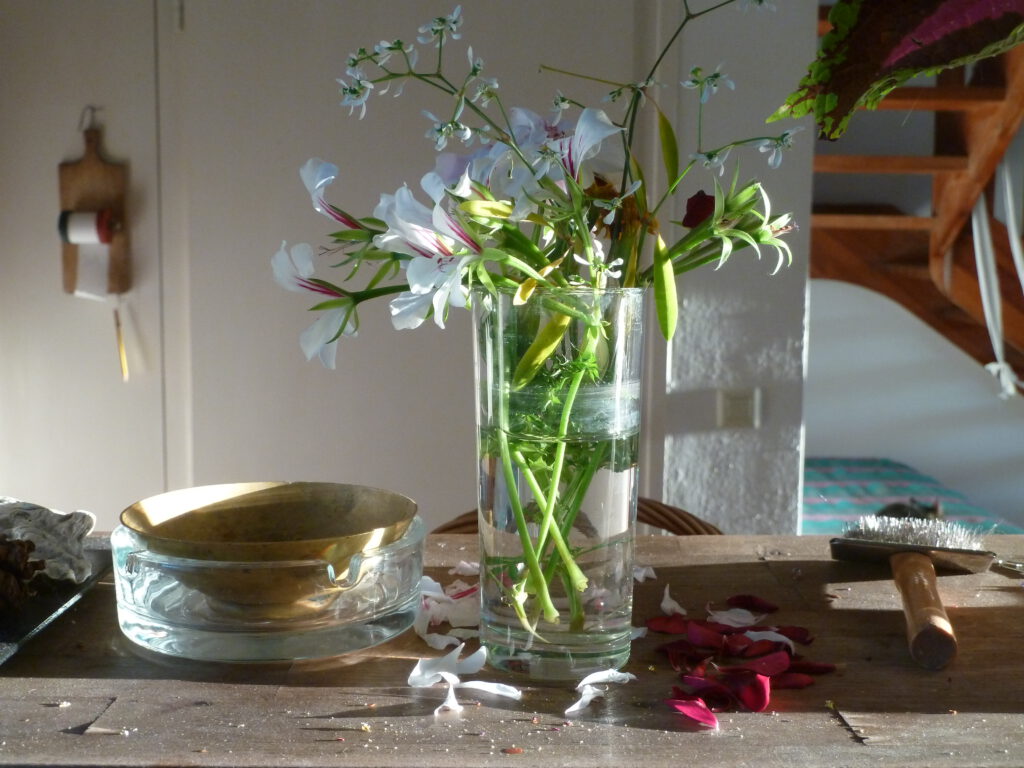
The laws of nature
Nature is in a constant process of adapting and renewing the tried and tested. The regularity that appears as a result is self-similar. Isaac Newton expressed it like this: Nature is very consonant and conformable to itself.
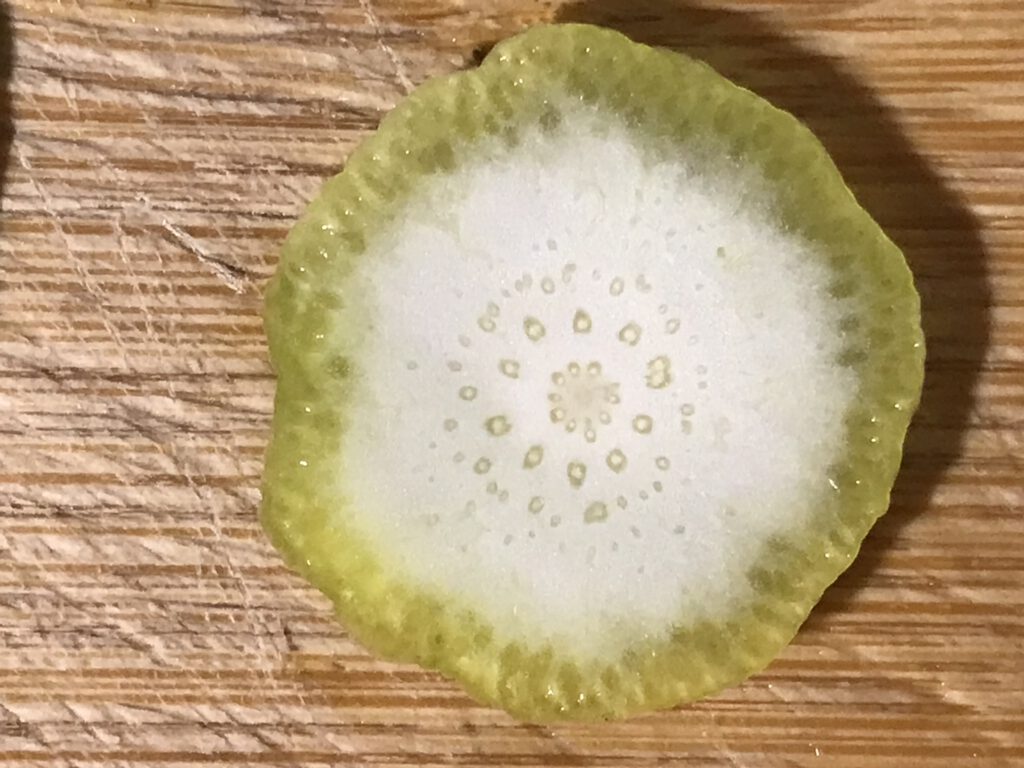
Beauty
One can find something humanly touching in this beauty of regular patterns, as if this consistent order on the one hand and the diversity and difference on the other would reassure us. This association is a creation of the human spirit.
Beauty as a measure of success and as a guarantor of stability and sustainability, however, is the result of a physical and biochemical process.
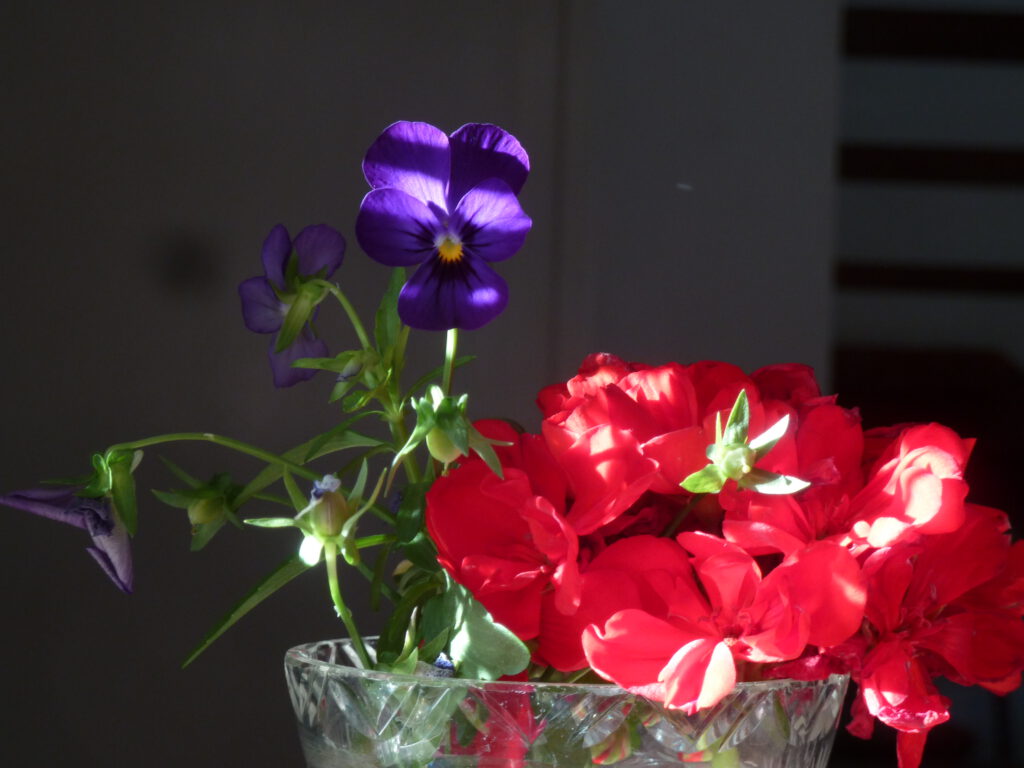
Let us observe it for ourselves: you don’t need a large garden, just a small sheltered space where you can plant and experiment.
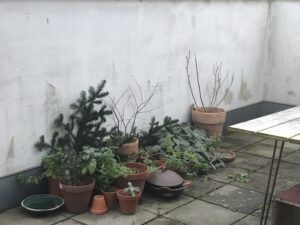
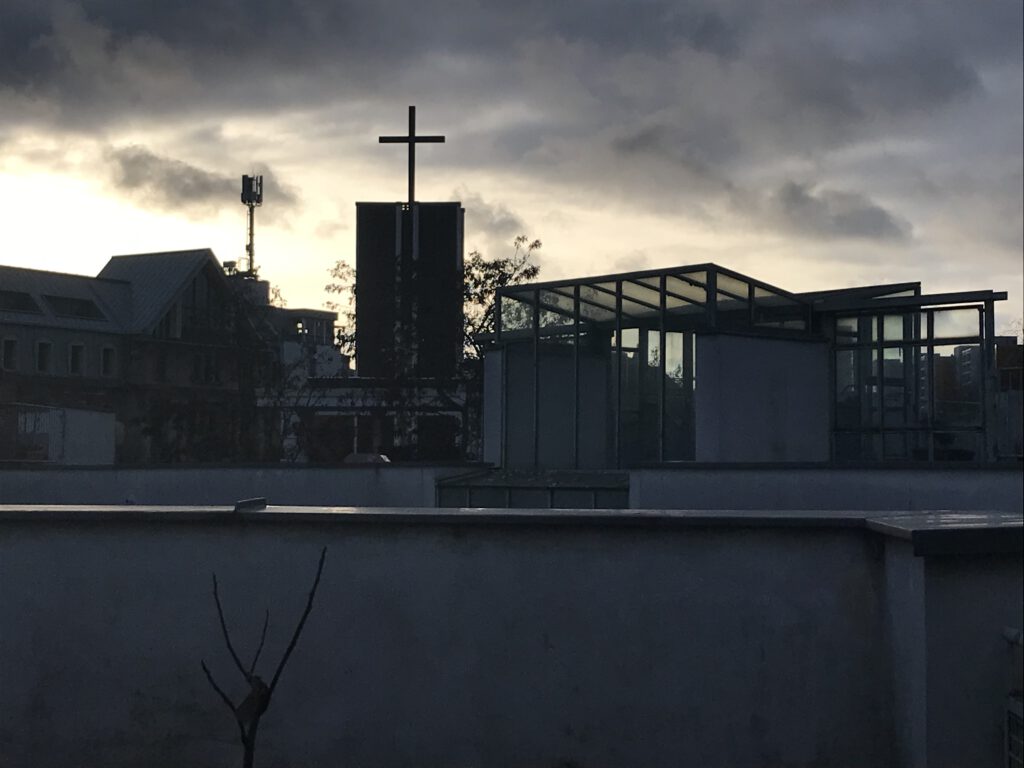
Weather
Just as the farmer observes the weather and collects the harvest before the storm, we in the city now observe the weather and the plants in winter and summer, in rain and snow. You live with your plants. And you will realize that plants are individual.
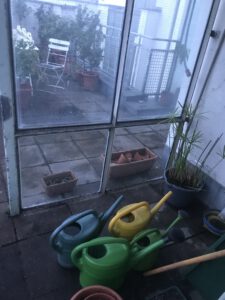

Establishing plants – a good method is to find plants that reproduce themselves. It will take you a while to find out which plants take well to the location you have. For example, a friend brought me a small wild strawberry from her garden. The strawberry is now spreading itself here. It does this by hanging its offspring on a branch from pot to pot and the offspring then root themselves into the soil. – Did she learn that in the forest? – And that is the beginning of a sustainable garden.

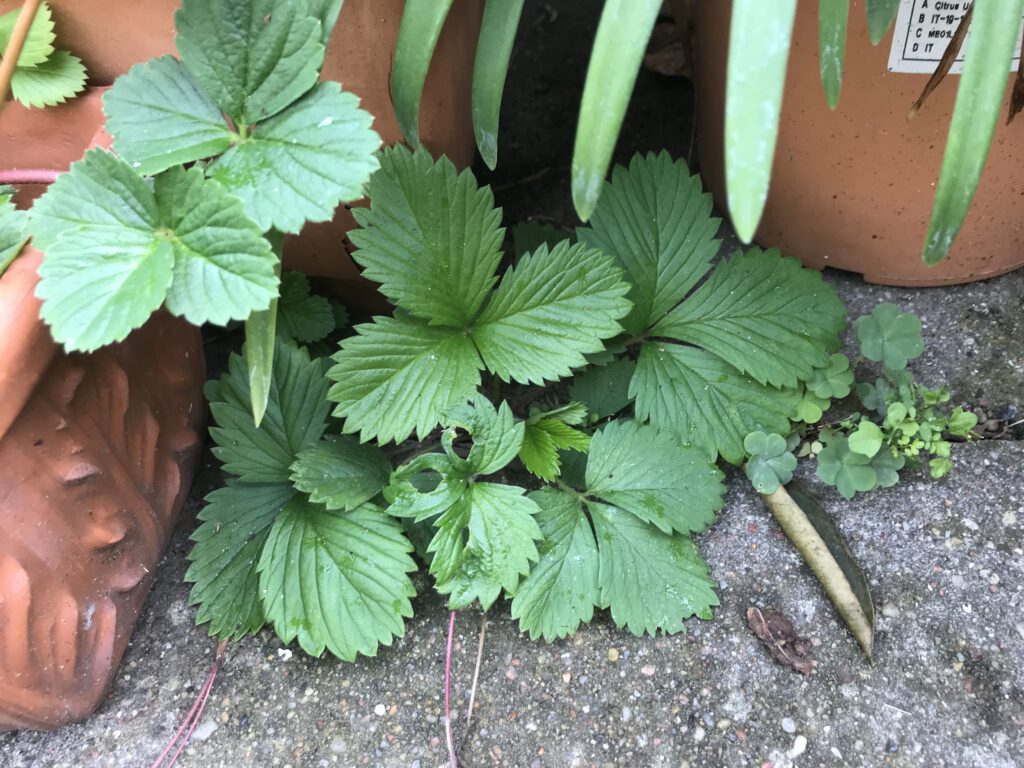
Habitats
The adaptation process carried out by plants creates complex habitats in the smallest of spaces.
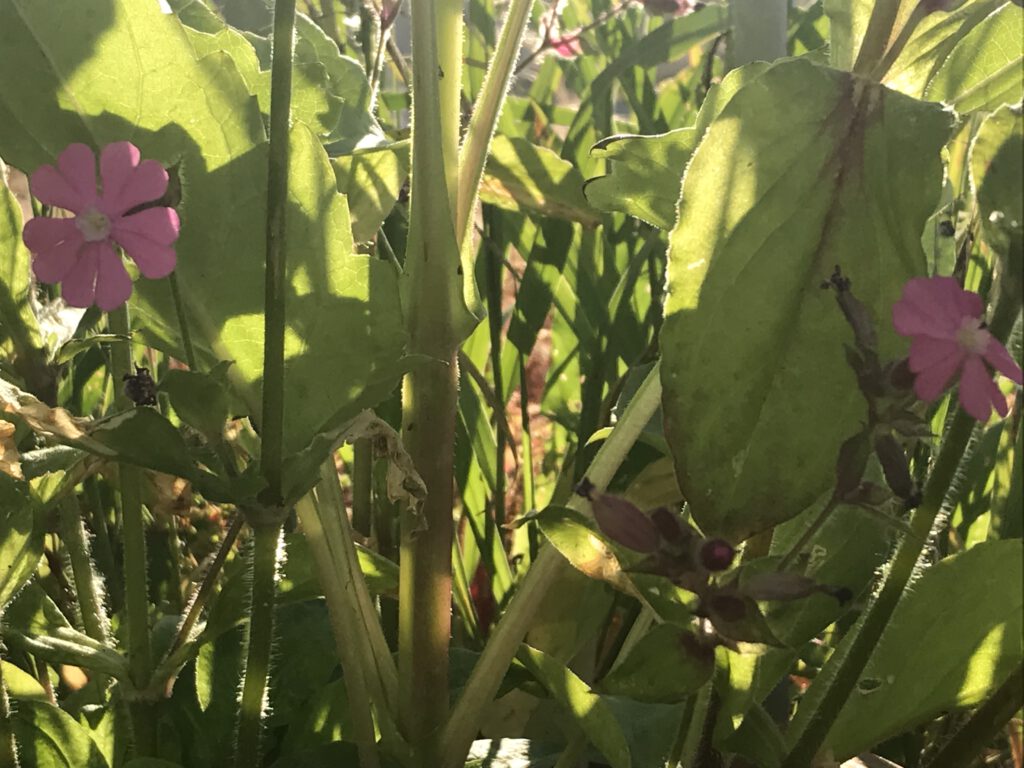
Endurance
Plants have different abilities. The Goldlack (Erysimum cheiri) took 5 years to acclimatize to the extreme climate on the roof terrace. Today, I know that Gold lacquer is an ideal plant for the extreme conditions.
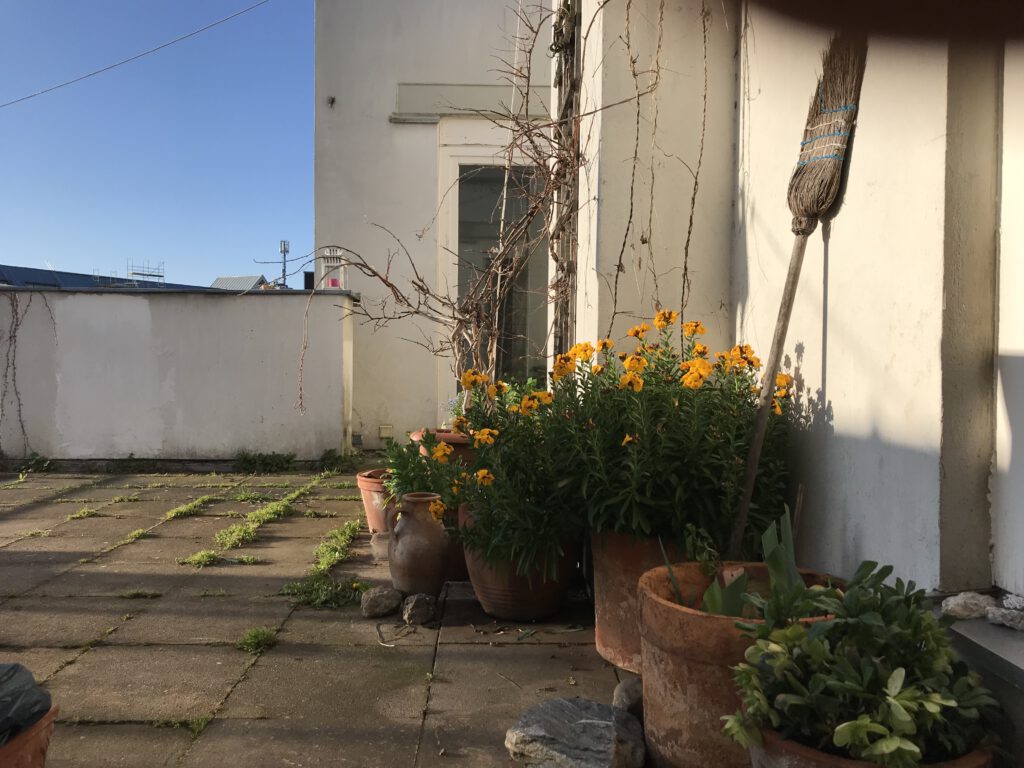
Assertiveness
Borage (Borago officinalis) is a garden herb whose leaves and flowers can be eaten in salads. It is very assertive. It sows itself again and again as an annual. It flowers bright blue until the onset of winter. I once even saw it defy the first snowfall.

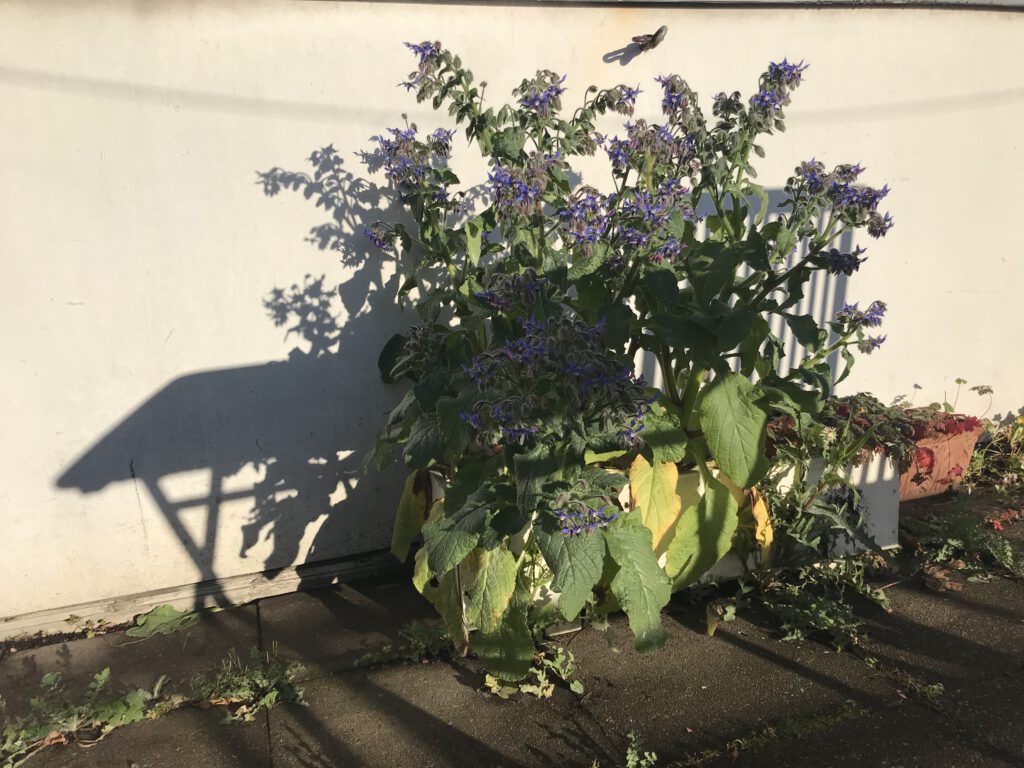
adaptation and mitigation
The roofroot (sempervivum tectorum) survives extreme heat conditions in groups by storing water in its leaves. It is not only this evolutionary technology that scientists are researching in order to develop sustainable water management for agriculture. Due to global warming, there are regions in the Middle East, for example, that are now turning into deserts, but water is also becoming scarce here.
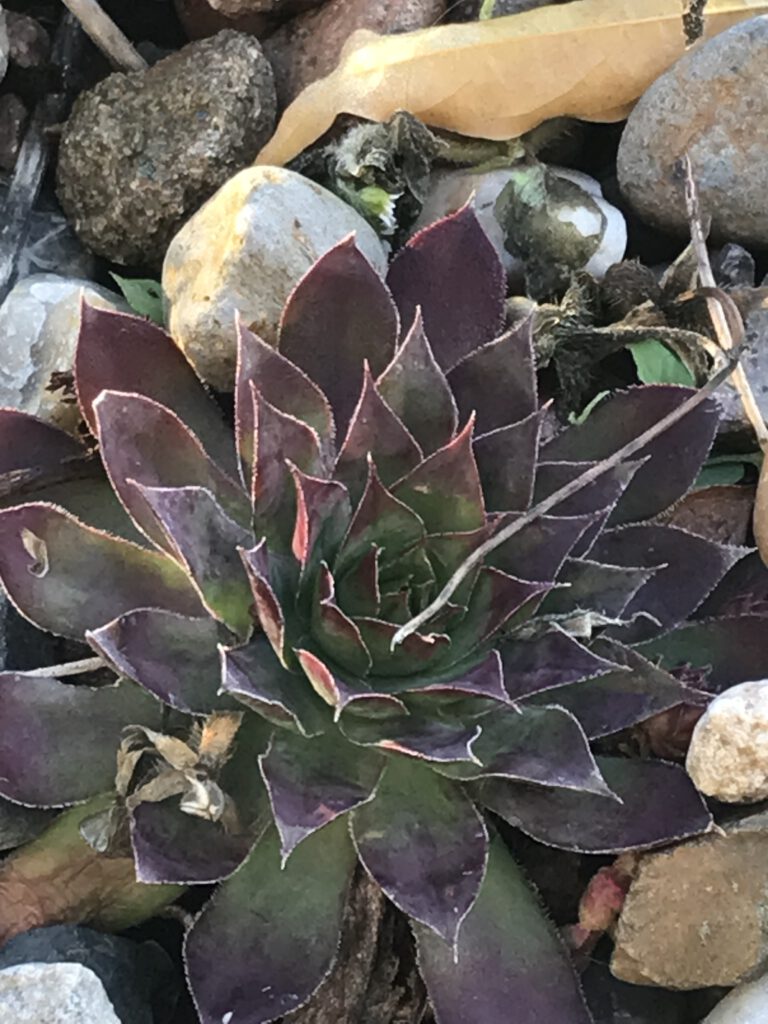
Site conditions
Peppermint likes to grow in cool water places. Here it grows along the drainpipe of the gutter.
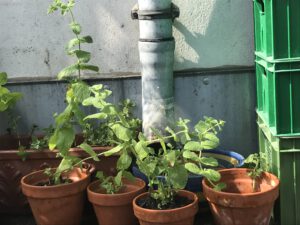
Mentha rotundifolia grows into a strong, tall bush. When it flowers, countless insects are on the move. Peppermint is a culinary herb.
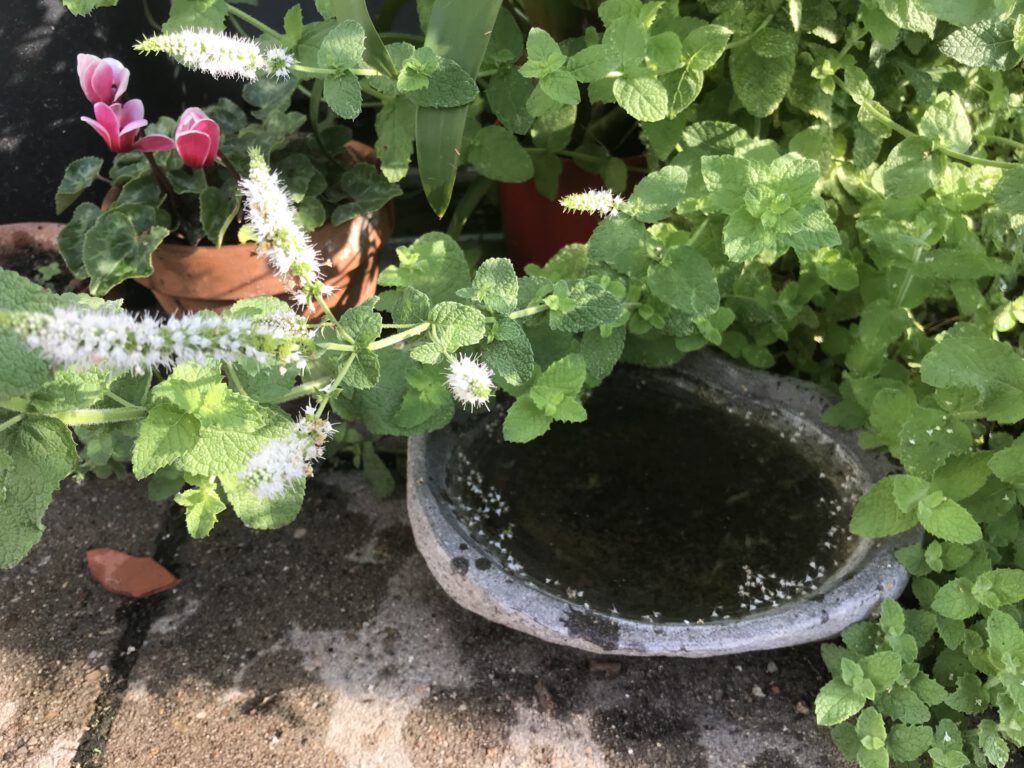
Equipment
For your gardening work, you can use anything that is still useful and is lying around somewhere. Ask your neighbors if they have any spare clay pots. The garden develops over time. For me, gardens take about three years to take on a stable form. This garden chair made of wood and steel has been in use for 40 years.
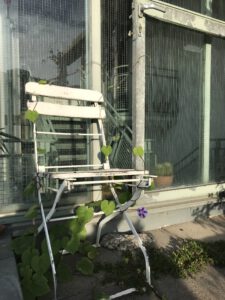
Sometimes a person sits on it, sometimes a cat and sometimes the funnel bindweed takes possession of it.

Sow
Get seeds from your friends’ gardens. Here a neighbor gave me wild poppy, columbine and dyer’s chamomile. These seeds come from vigorous plants. Next year you can already produce your own seeds. Remove dry seed heads from the plants in late summer and store them loosely in paper bags in a cool, dark place over the winter. The seeds must be allowed to dry out. April to June is the time for sowing.
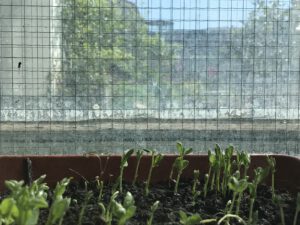
Early seeds can be grown on the kitchen window.
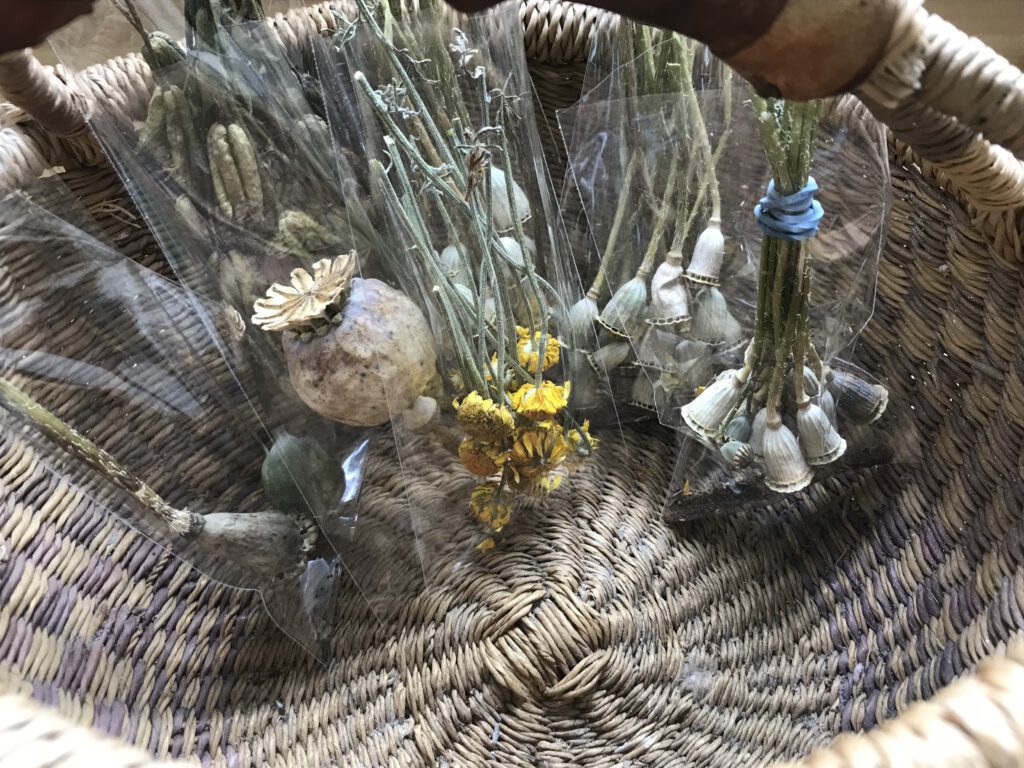
Propagation by cuttings – You can also take cuttings for example of rosemary and sage or peppermint. Cut off a small branch and place it in water in a bright place. The cuttings will take root. You can also swap plants. You can then exchange experiences with the other person. This creates expertise. Every gardener has specific knowledge. None of this costs anything. And your knowledge grows.
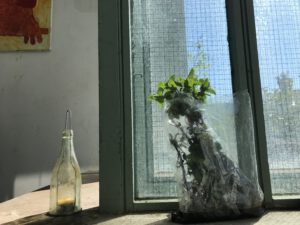
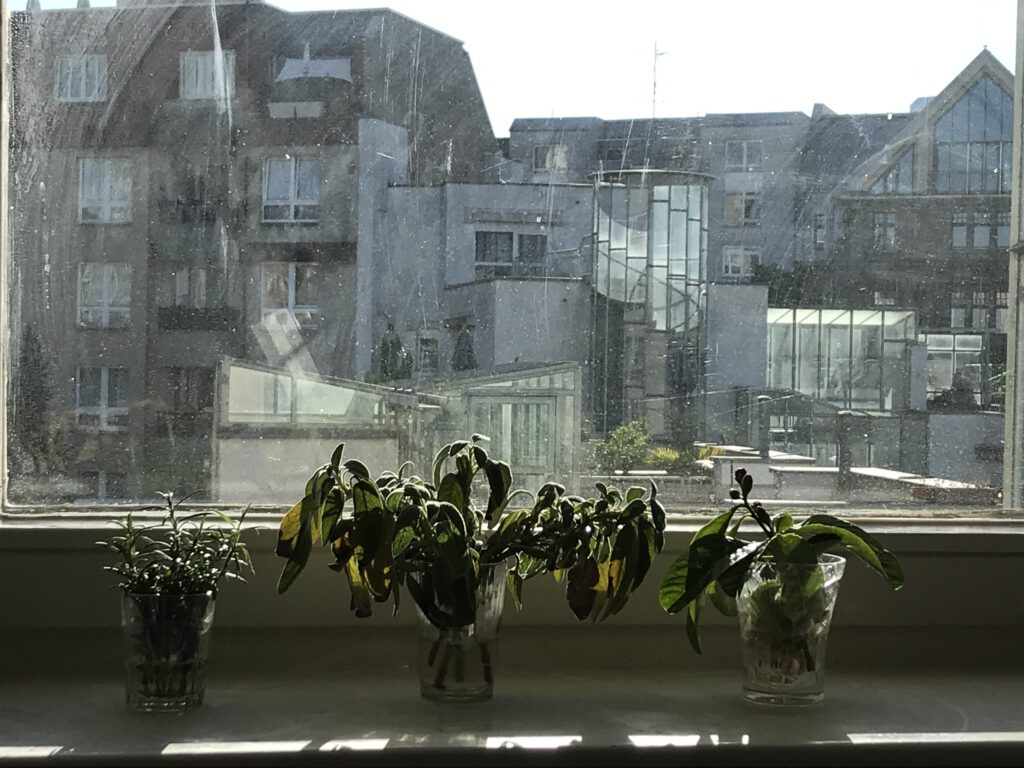
A stable location – You will find a spot for the tomato plant somewhere. Over time, you will find out which plants are suitable for containers and where they like to grow. My cherry tomato is protected from the weather under a staircase and behind a glass wall. The plant felt at home. You could tell by the good growth and the many fruits it developed. You now know what to do and stick with the tried and tested. You now have a fixed location for the tomatoes every year.
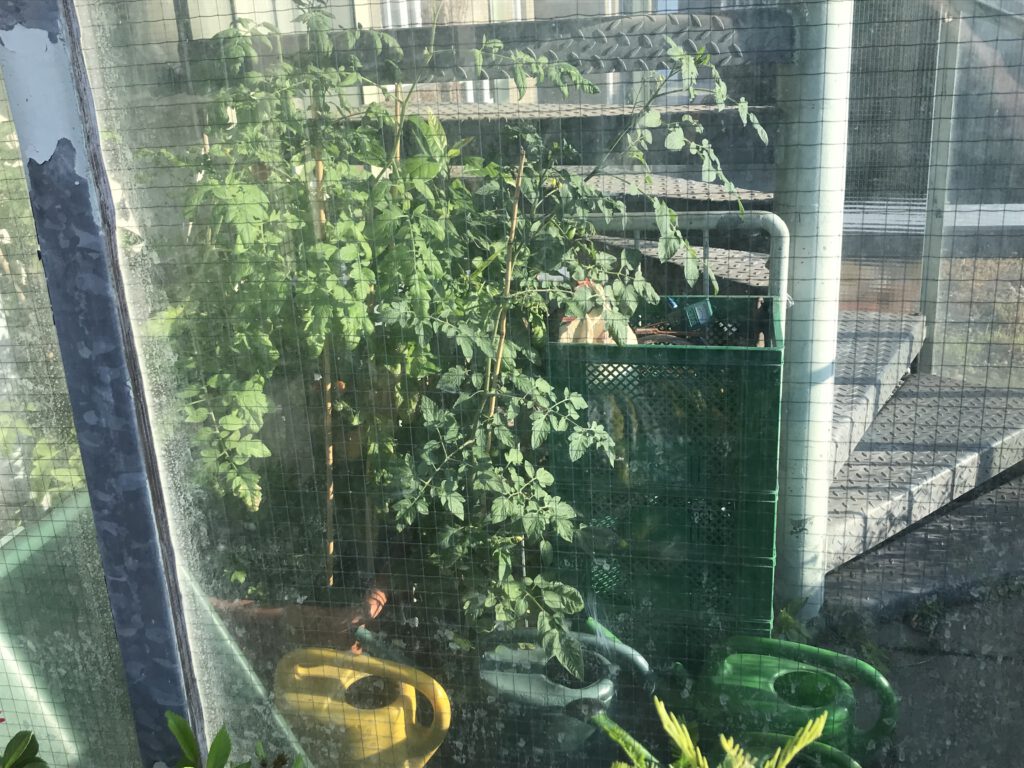
Equipment and watering – Clay pots – Shovel – Garden gloves – Garden shears – Soap – Garden hose – Baskets – Water bucket – Watering cans –
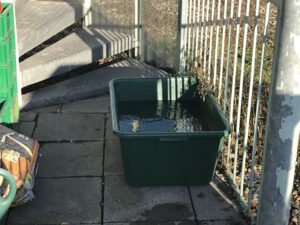
The water trough is also filled in winter. It supplies the water for the wintergarden.
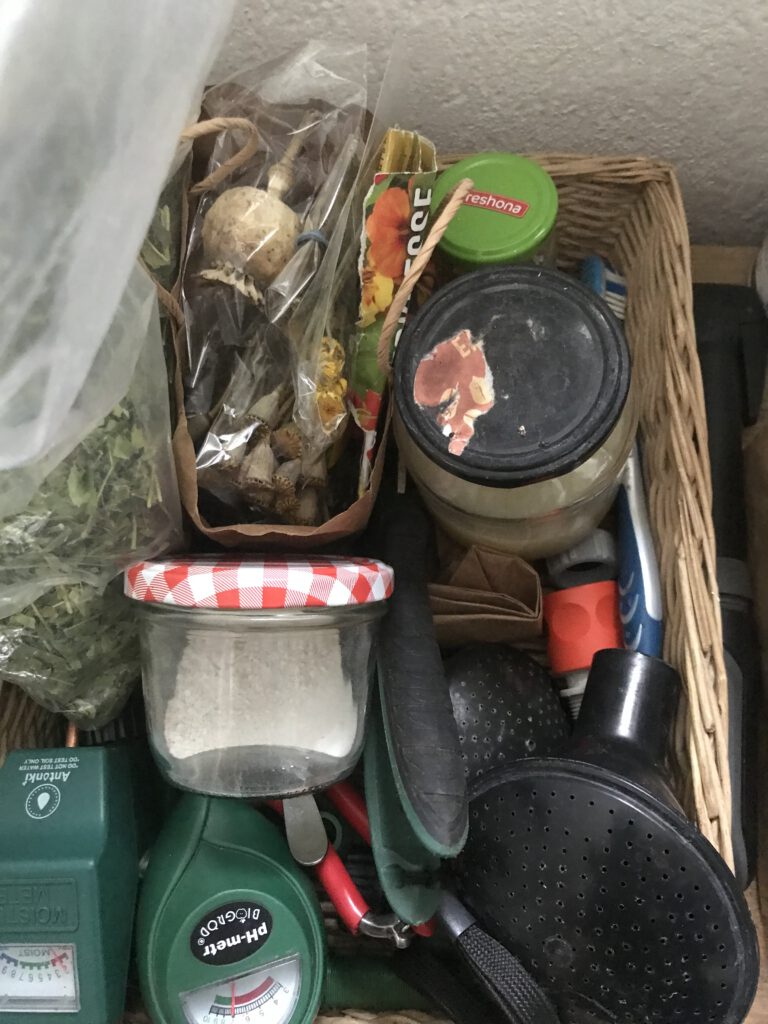
Care
Plants that have a good location are generally healthy. For aphids, you can make a liquid from water and soft soap and treat the plants with it. You can make your own plant fertilizer from various natural substances that come as waste from the kitchen. Principle: never use chemical poisons in the garden and house.
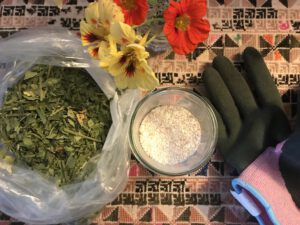
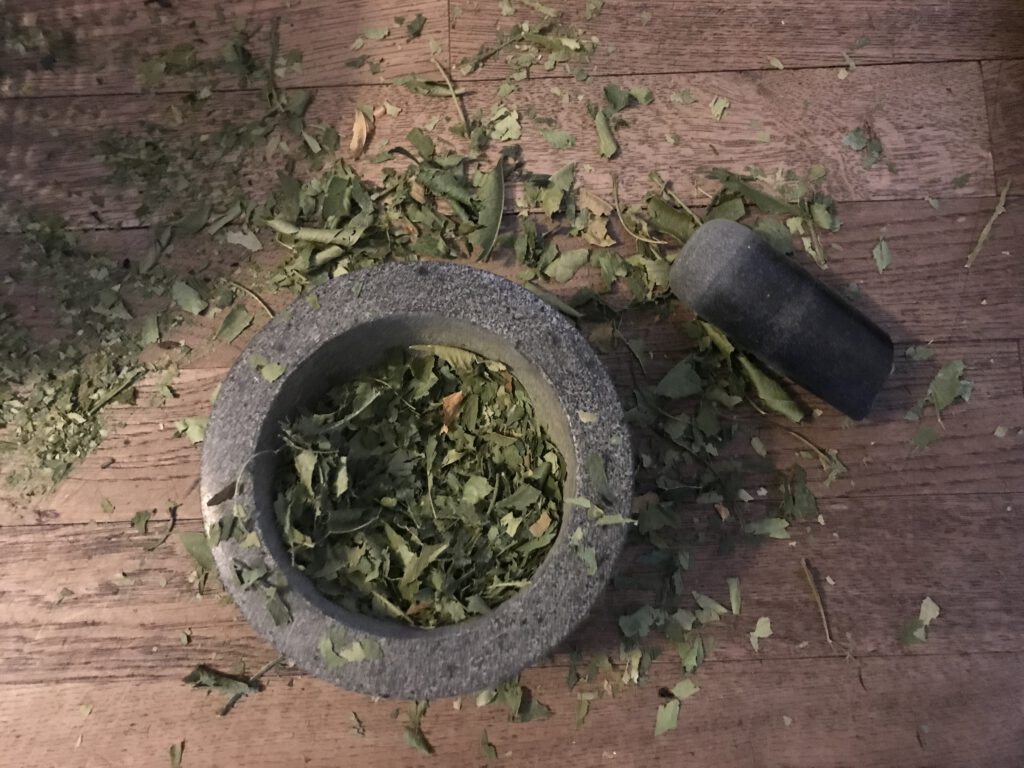
The time
Autumn begins in Germany in September. The light is now getting noticeably shorter. It is still warm. The seeds of the nasturtium are still green, but its flowers have already become smaller due to the decreasing light. You pick their last flowers and say goodbye to summer.
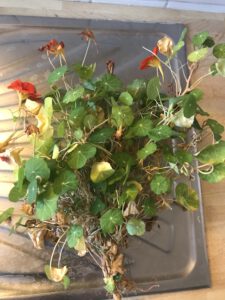
Collect the green seeds of the nasturtium (Tropaeolum) and leave them to dry in a cool, dark place. You can use the nasturtium flowers in salads. Nasturtium is a medicinal plant.
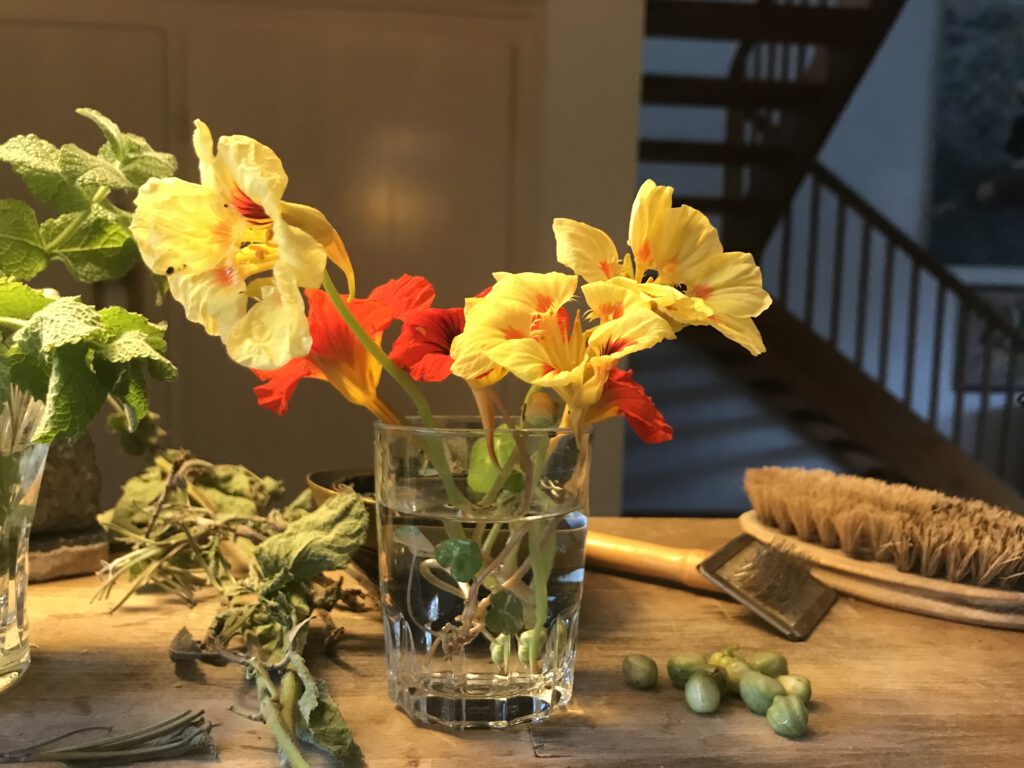
Lord: it’s time. The summer was very great.
Put your shadow on the sundials,
and let the winds loose in the meadows.
Command the last fruits to be full;
Give them two more southern days,
urge them to perfection and chase
the last sweetness into the heavy wine.
…
Rainer Maria Rilke
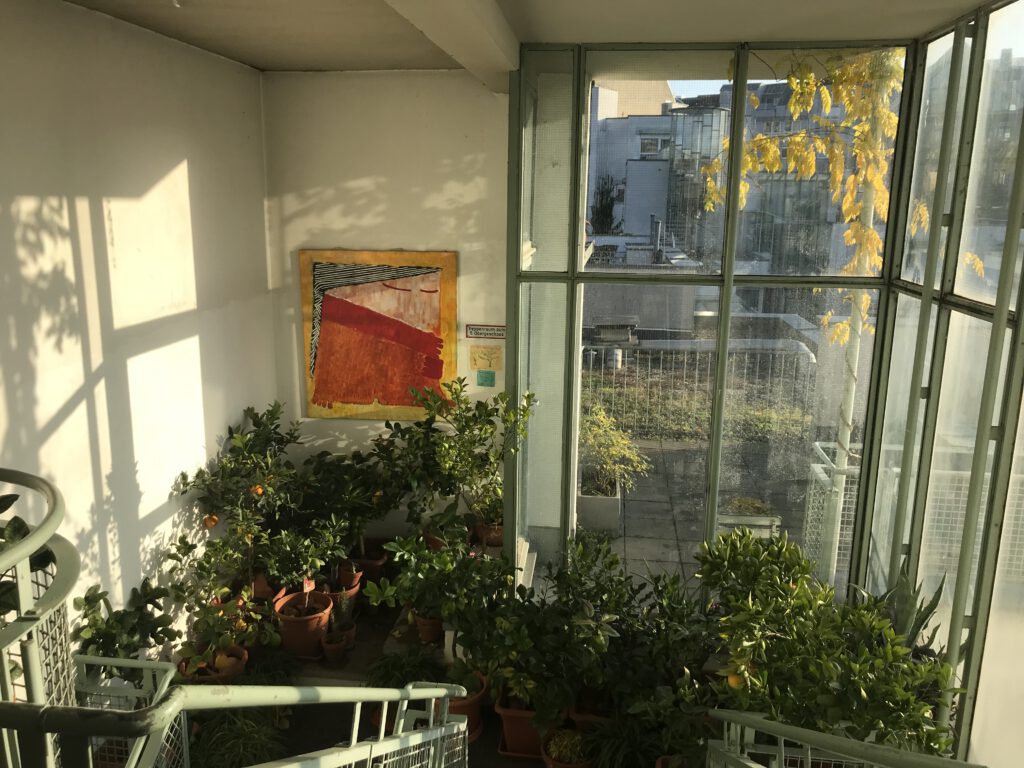
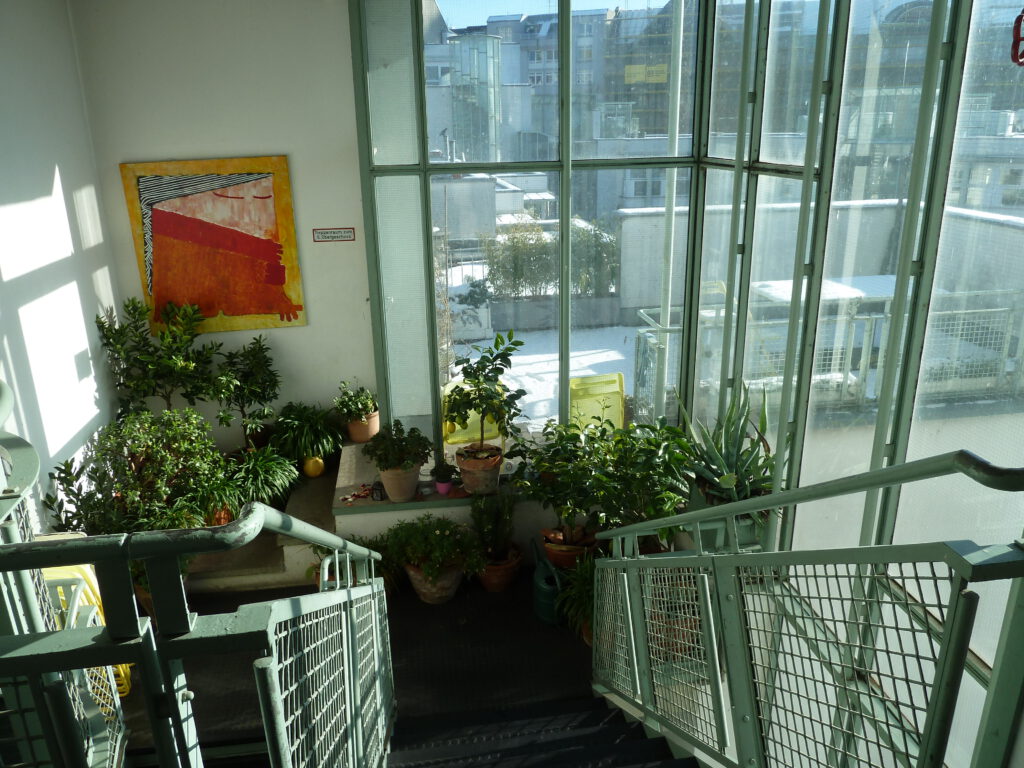
The LiMa Orangerie in Berlin Kreuzberg was built between 2020 and 2023 during the coronavirus pandemic.
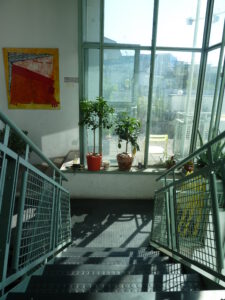
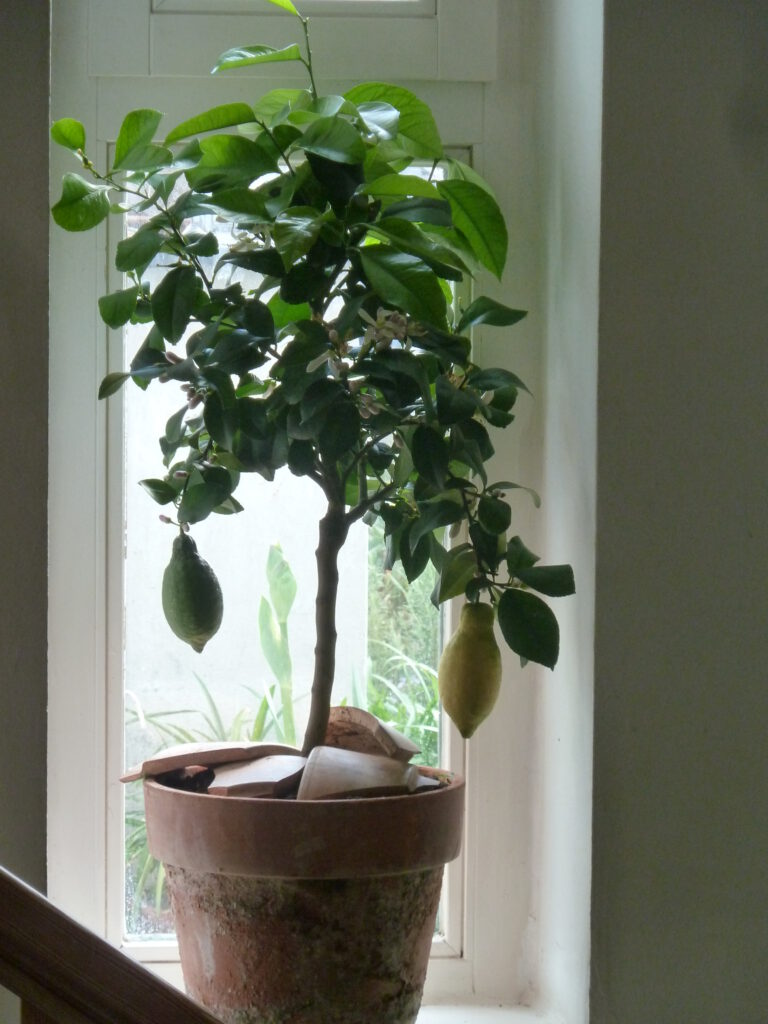
The orangery as a garden opportunity is a specific feature of the LiMa Wohnhof Berlin site – a social housing complex designed by the architect Herman Hertzberger in 1984. The staircases are not heated and are glazed. Technically speaking, they are cold houses that provide the ideal temperature and humidity conditions for the citrus plants. The idea of the orangery came to me by accident, but the architecture was a prerequisite because it provided this possibility.
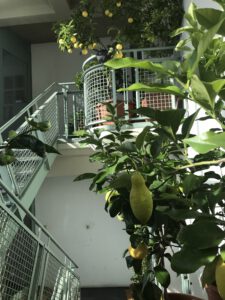
The architecture of the unheated “vertical streets”as well as the projections, landings and steps, make it possible to create spaces for potted plants so that the trees can rest here in the winter quarters without disturbing the use of the stairwell by the residents.
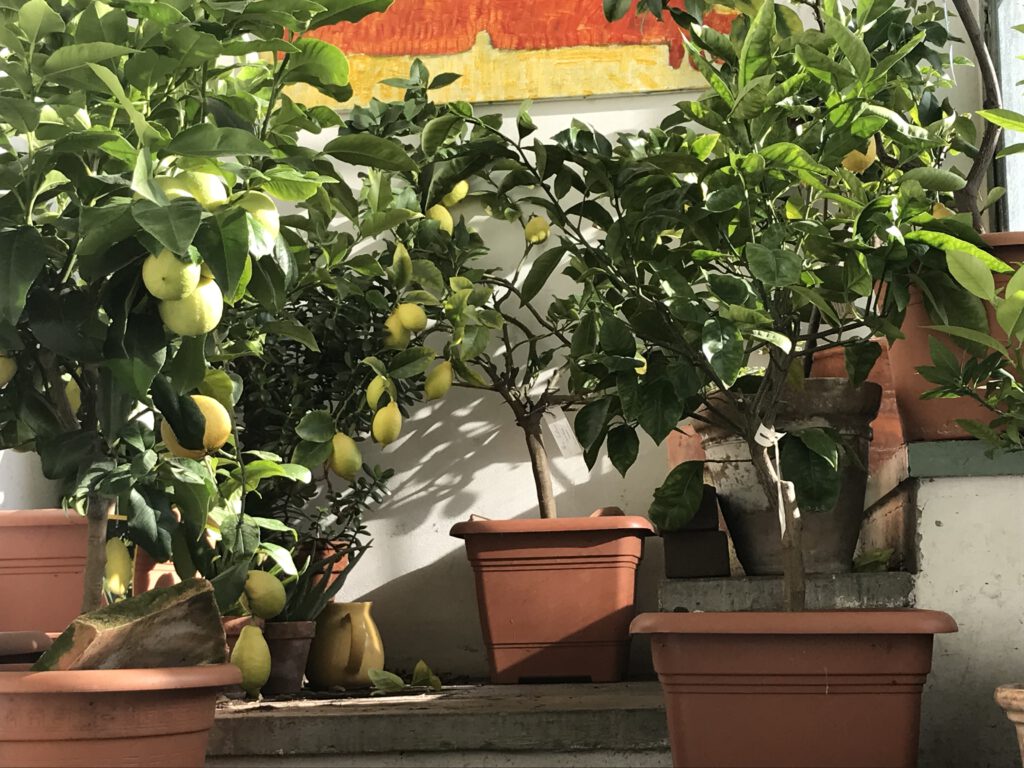
The citrus tree is robust in its capacity to produce fruit, but it needs protection from wind and waterlogging. Rain, on the other hand, does not harm it. The roots need constant, finely ventilated coolness. Once this has been successfully established, the tree is at peace and can grow. In summer, the ornamental lily (Agapanthus) with its long, arching leaves provides additional protection against dehydration and heat in the root area of the citrus tree.
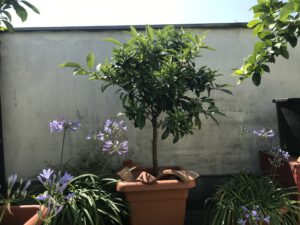
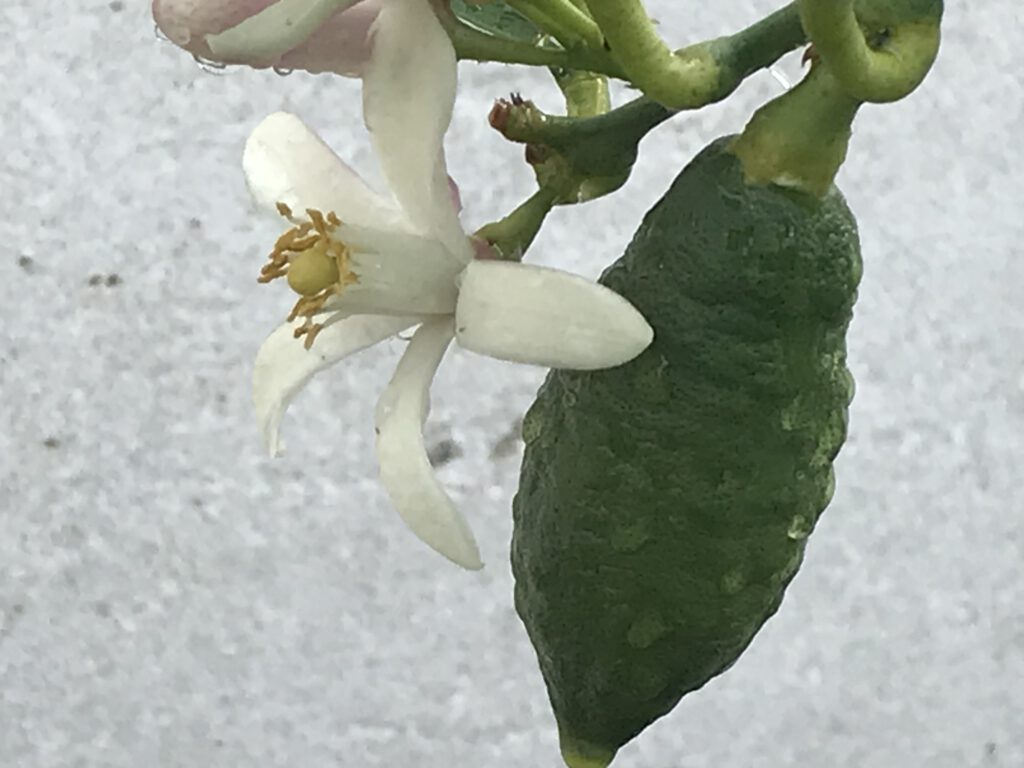
Citrus and fig trees have permeable foliage so that light can pass through and the fruit can grow and ripen well.
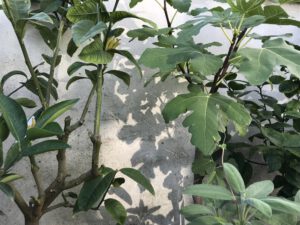
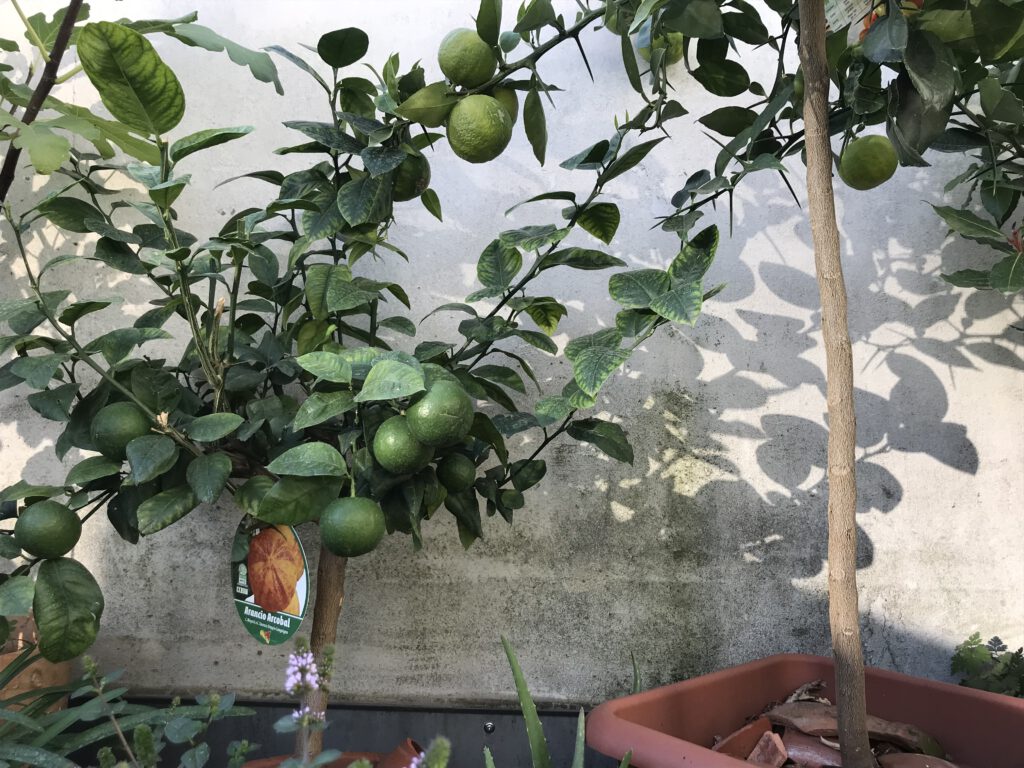
When you step outside in the morning, you are immersed in the ethereal magic of the citrus garden, the beauty of which can hardly be surpassed.

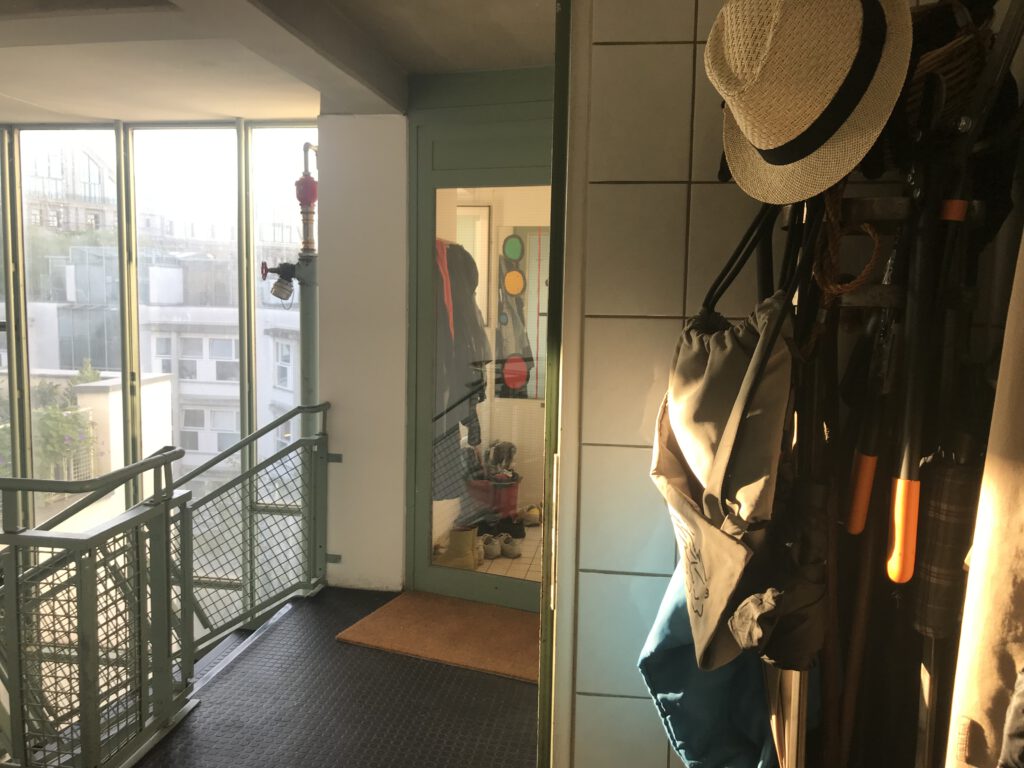
While observing the weather, I had also learned that the light in Berlin is at its whitest in early September, enveloping the city as if in a fluidum.

The city appears as if it were a divine gift wrapped in light, lowered directly from the infinite horizon above us.
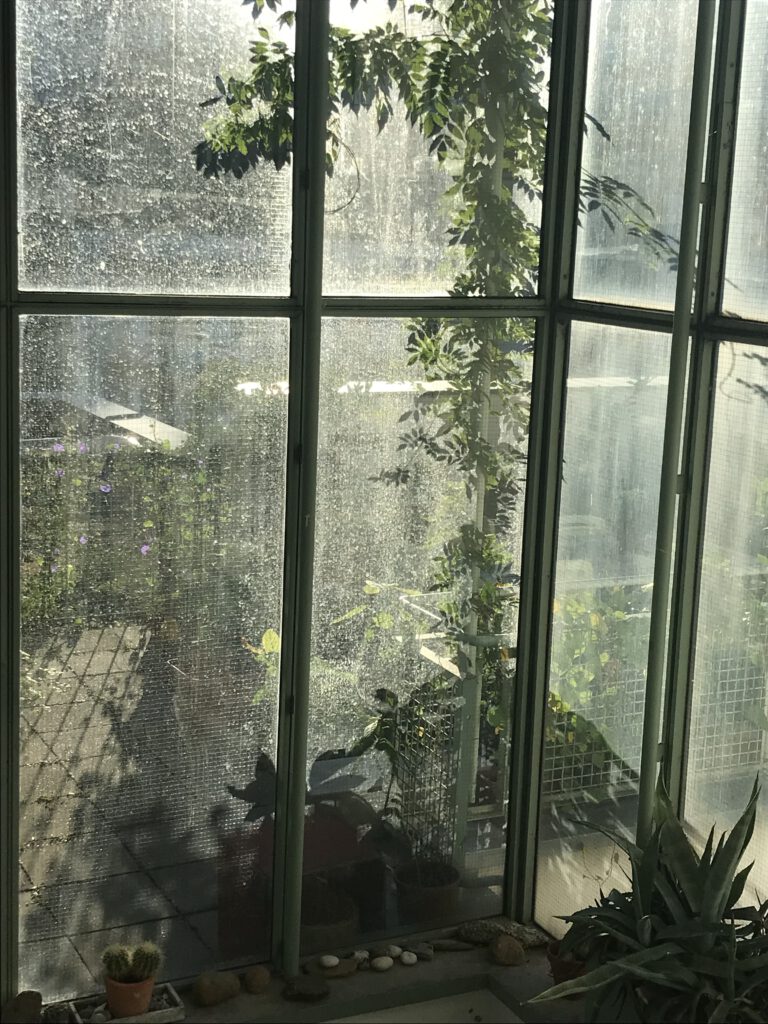
You know the trees and enter into communication with them. I am then in a cosmic world with the plants and at the same time completely on my own.
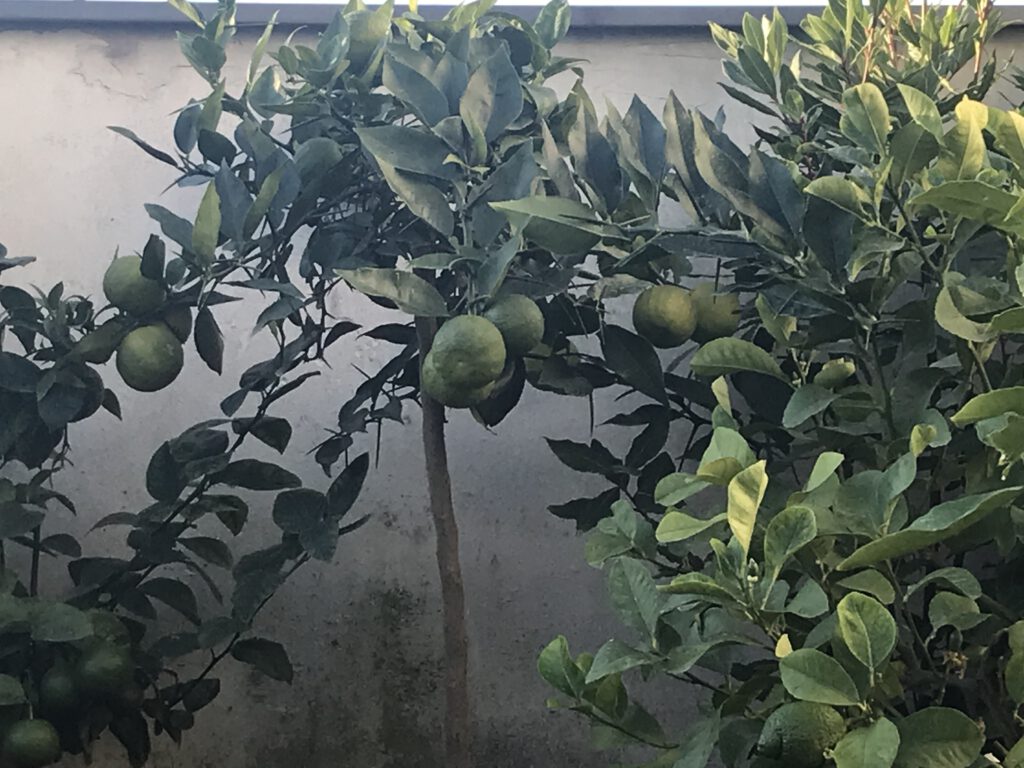
Communicative architecture enables all beings to live socially and connected to nature. In the morning and in the evening …
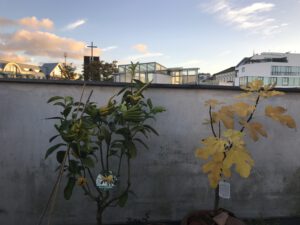
in summer and winter
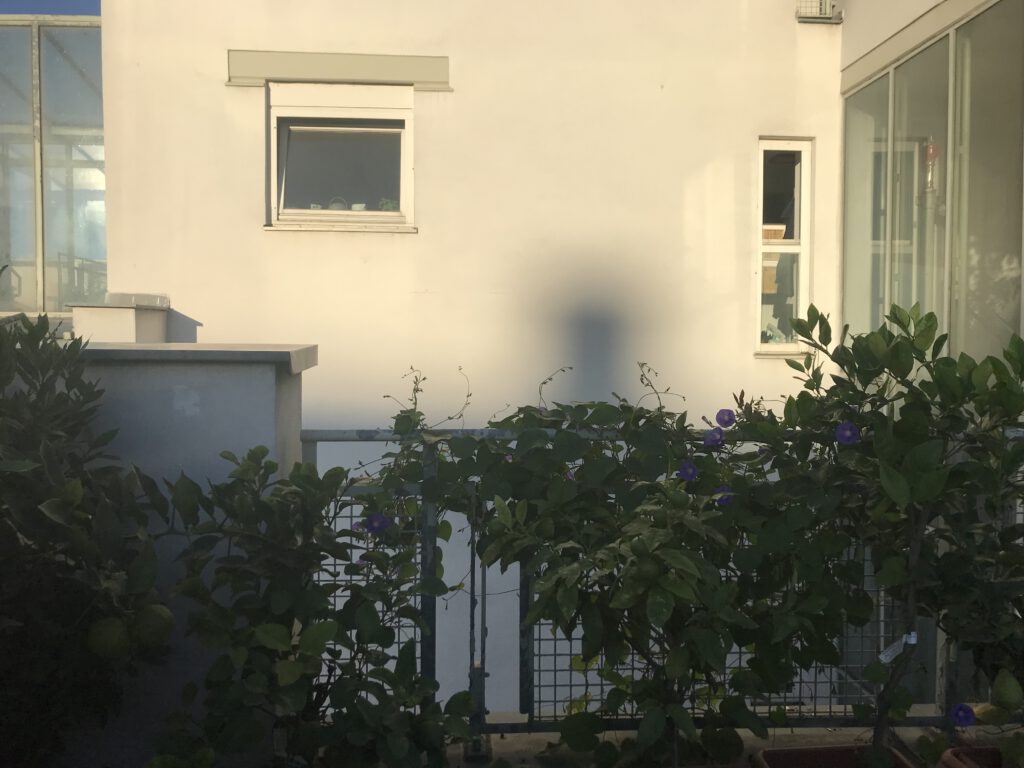
In Berlin’s temperate north-eastern climate, the outdoor citrus season ends in the last week of November. Then the trees go into their winter quarters.
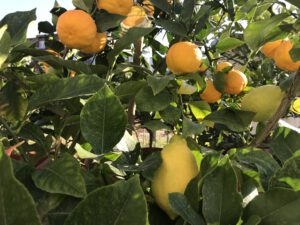
Yuzu and Citrus lunario
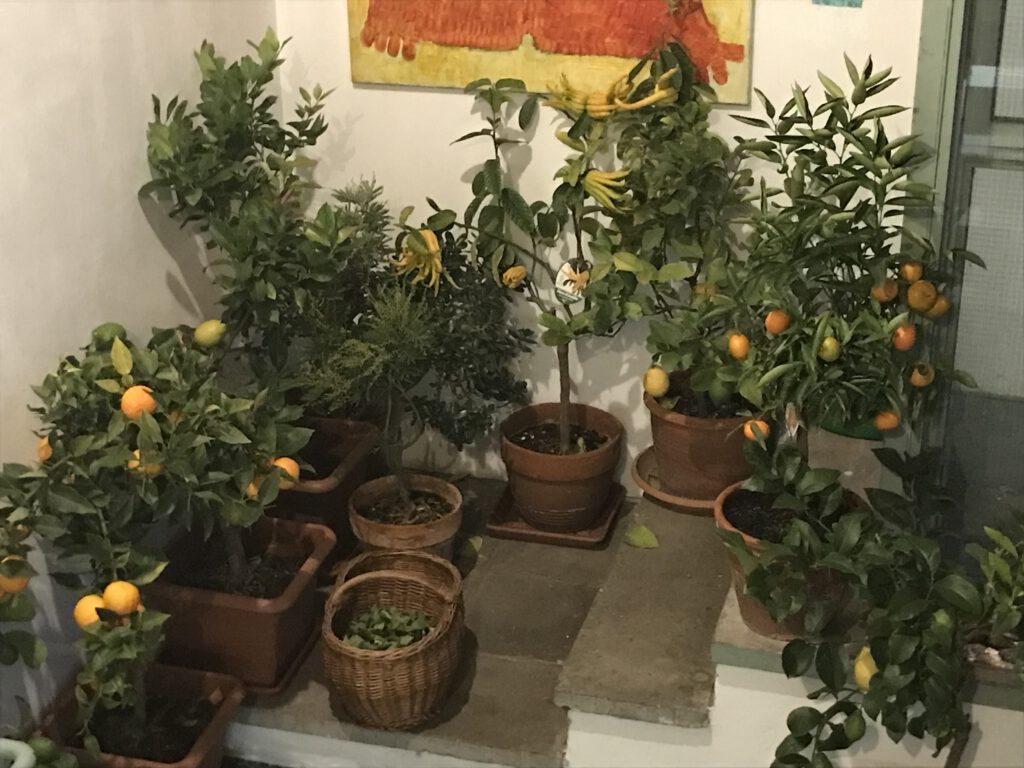
Equipment for the orangery
The tools of the trade are modest. You need a moisture meter and a small pair of sharp secateurs for pruning the water shoots and harvesting the fruit.
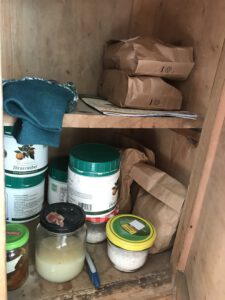
Snowdrop bulbs, which I bought cheaply in winter, are also stored dark and cool in this old bedside cabinet in the unheated vestibule. I’ll plant them next fall between the shrubs, in tubs and small containers. Thats an experiment.
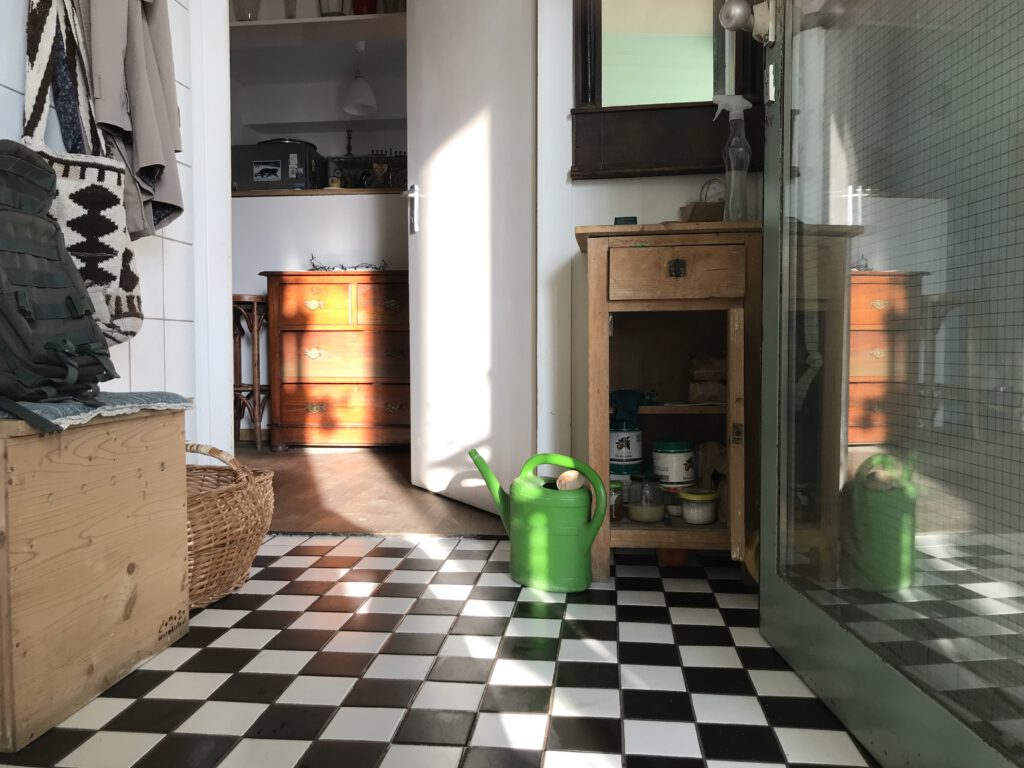
You need a realm for dreaming and you can do that in the smallest of spaces, which you can always manage on the side.
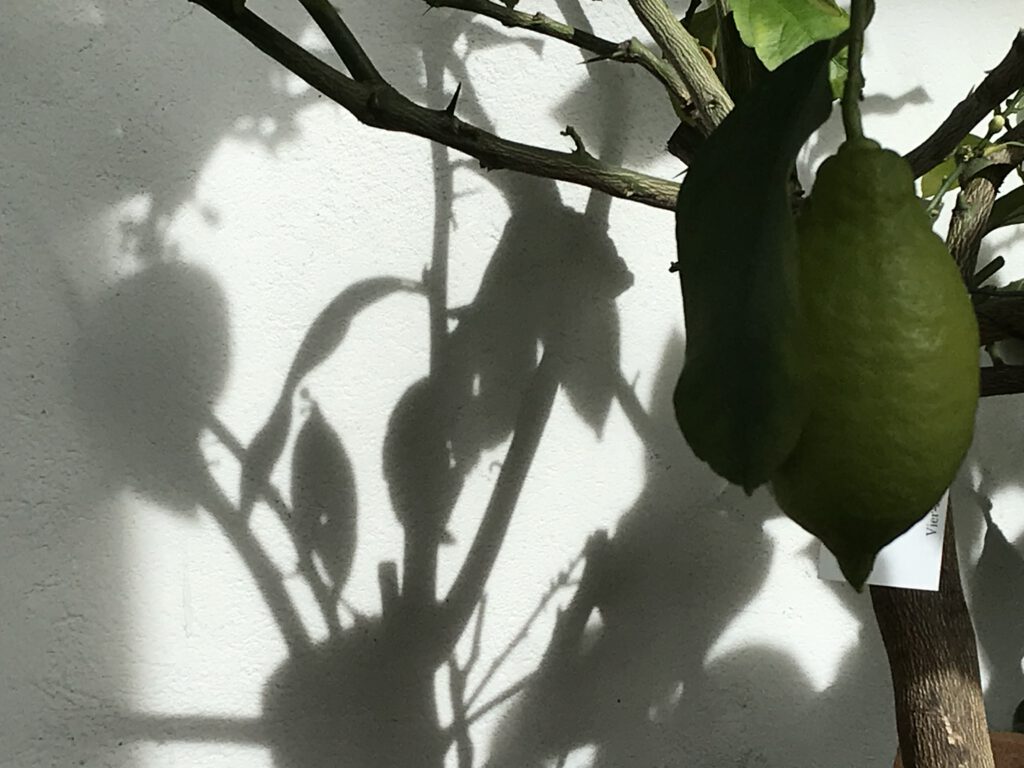
A sun-drenched winter garden in November is a botanical and cultural sensation. Silence reigns. The leaves unfurl. The trees soak up the light. A fly has woken up and is buzzing.
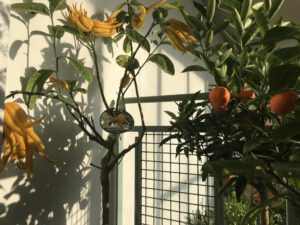
Buddha’s hand and the Japanese Satsuma mandarin
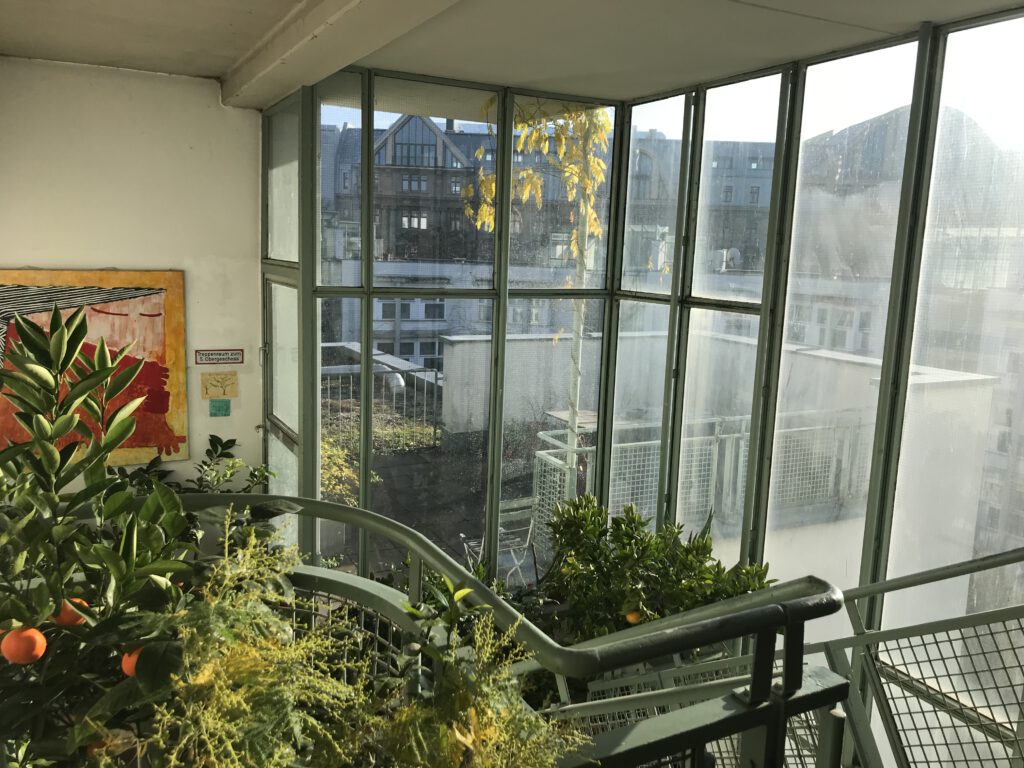
The citrus harvest takes place between November and February. At the beginning of April, the trees are cleaned and pruned in their winter quarters. They remain indoors until the end of April because of the cold nights. The leaf waste is washed, dried and reused as fertilizer.

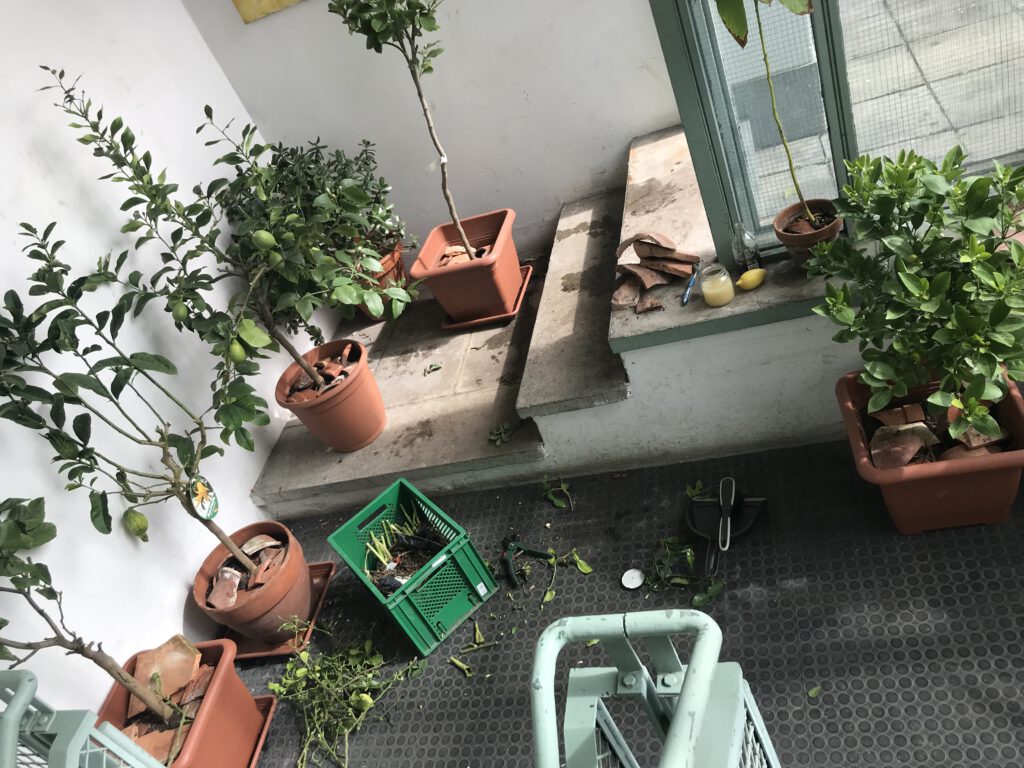
The fundamental law and the coincidences
When the trees emerge from their winter quarters on April 30, they stretch out towards the rain and fresh air. Their leaves expand, become plump and start to shine. Now the leaves draw in moisture from the air.
It is an experience to be in this energetic space that the plant creates. You can feel the sensations and sometimes I think I can hear something a gentle rustling and crackling. When you observe nature, there comes a moment when you think: there is something divine in it. This constancy of life through evolution, the fundamental law and the coincidences that occur in the development process and which then eventually lead to new regularities.

Possibilities
When I bought a lemon tree by chance in 2020, I had no idea how to cultivate citrus trees. For example, I carried the tree in and out in the first spring because I thought the rain would damage it. In the meantime, however, the trees have taught me everything. In these four years of dealing with weather, I have also realized that we in Berlin are approaching the climate of northern Italy. And that brings us lemons in north-eastern Europe.
Climate change enables us to rethink. We can make our contribution to the climate crisis and create something new with just a few resources in the private sector. And I see this as a great opportunity for us in this time of climate change and for our liberal democracies.
Climate change we can do something! is a campaign of the LiMa Wohnhof Initiative.
The LiMa citrus garden is part of the LiMa Wohnhof Climate Initiative program founded in 2020
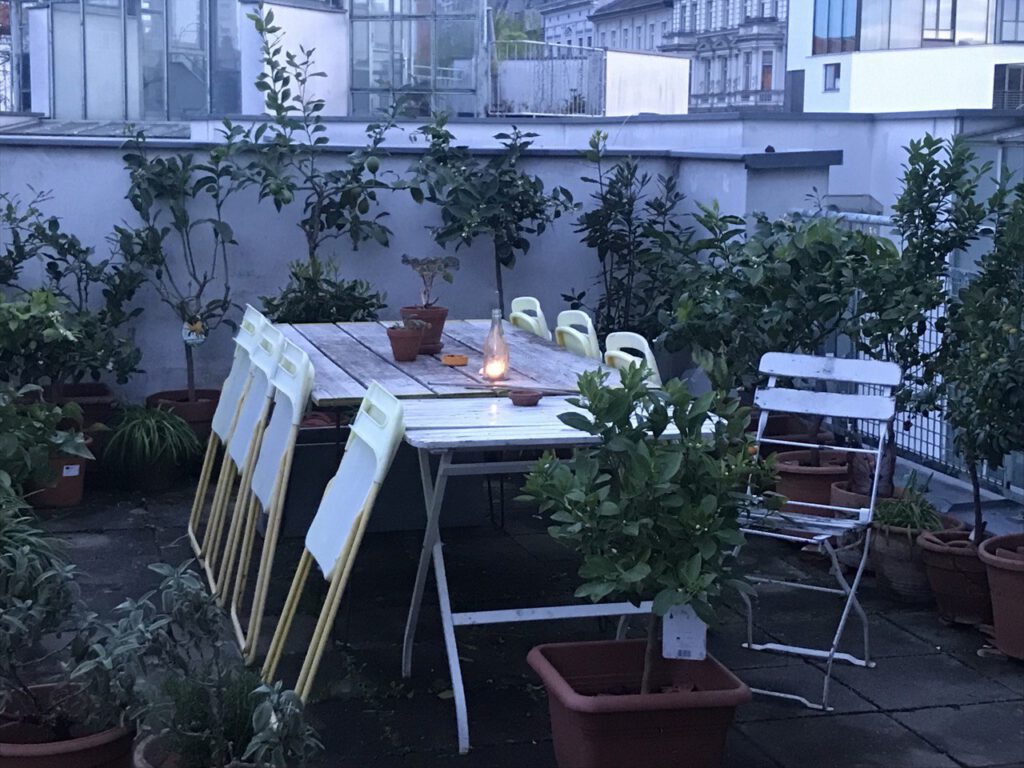
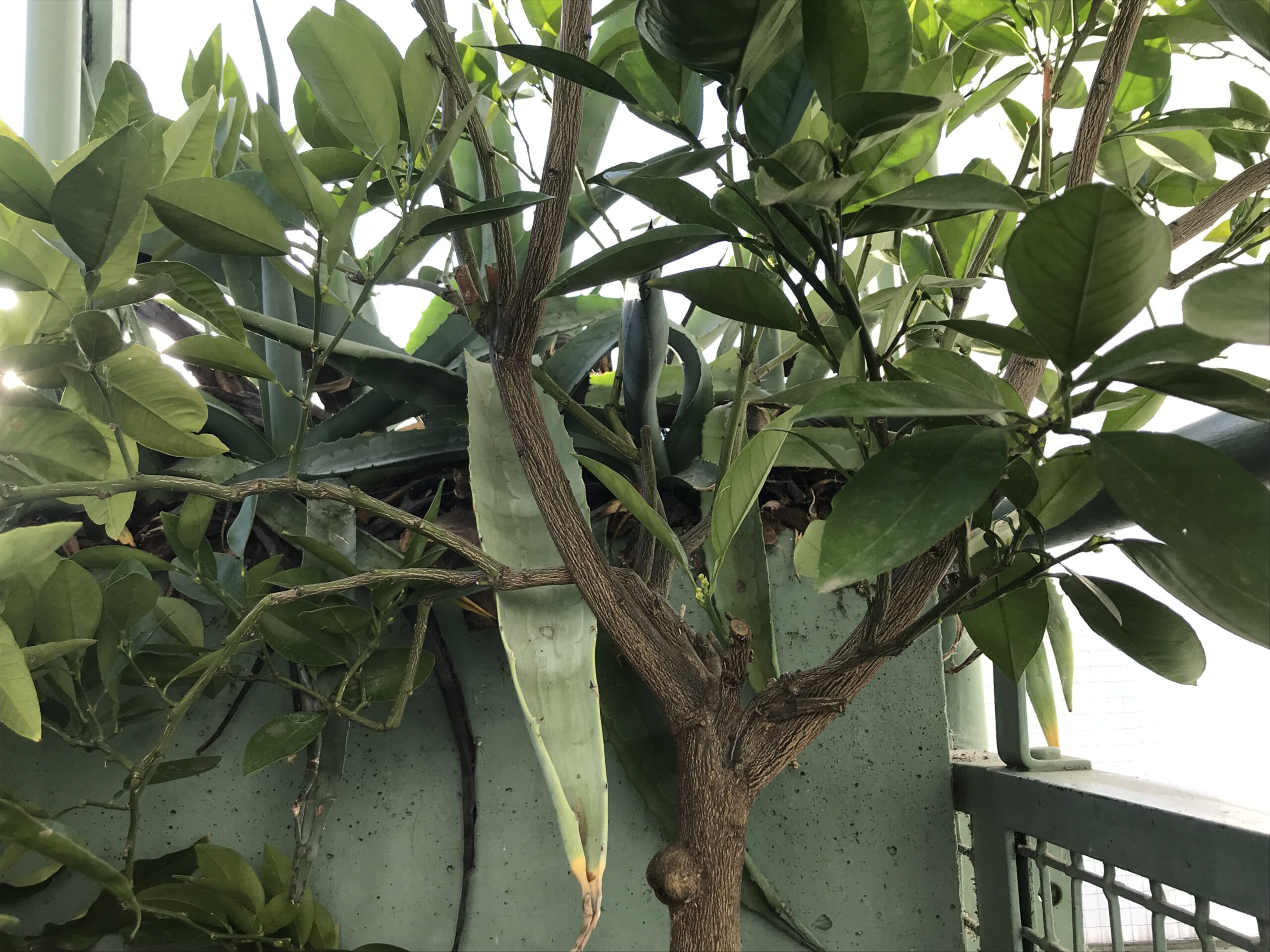
We can learn from Natur how to live sustainably
ENERGY SOURCE OF LIFE
Food is a source of energy for life. It has a biological origin and is part of the biological cycle of growth and decay. Every organically grown and non-chemically treated fruit or food has its own organic expiration time.
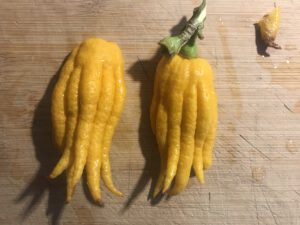
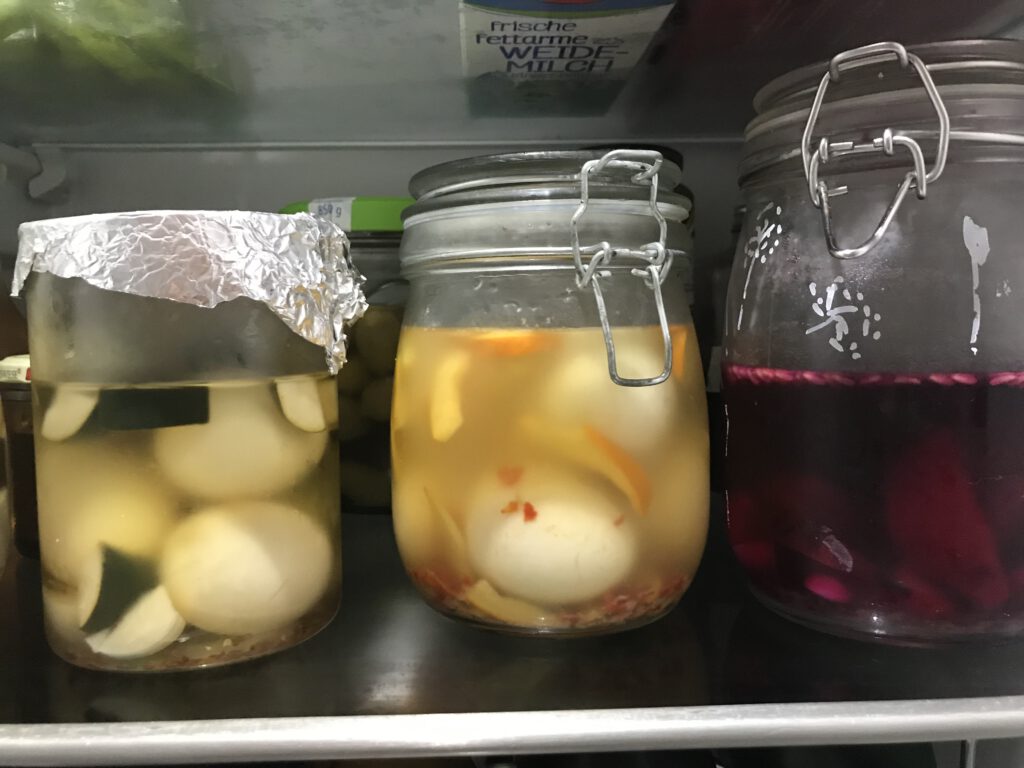
Energy efficiency
The refrigerator preserves food through cooling and darkness. It is the most expensive storage space for our everyday supplies.
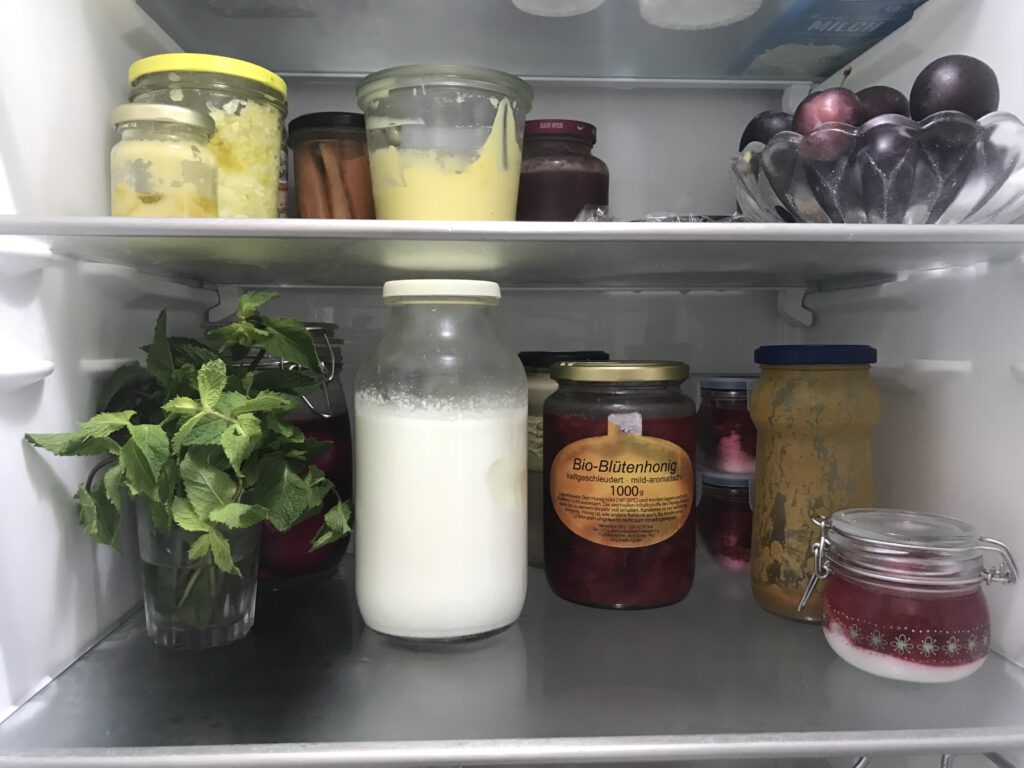
Sustainable living is not a half measure
Food with chemical additives lasts a long time. You don’t have to think about if and when you eat it, but you have lost control over what you eat by consuming chemically treated food.
Sustainable living, on the other hand, is not a half measure. With organic and non-chemically treated fruits and foods, you have to think about when you eat them or how you process them now. You have to take care of your food. You make your own food and you know where the produce comes from.
How do I actually start a sustainable household? Let’s just start with that.
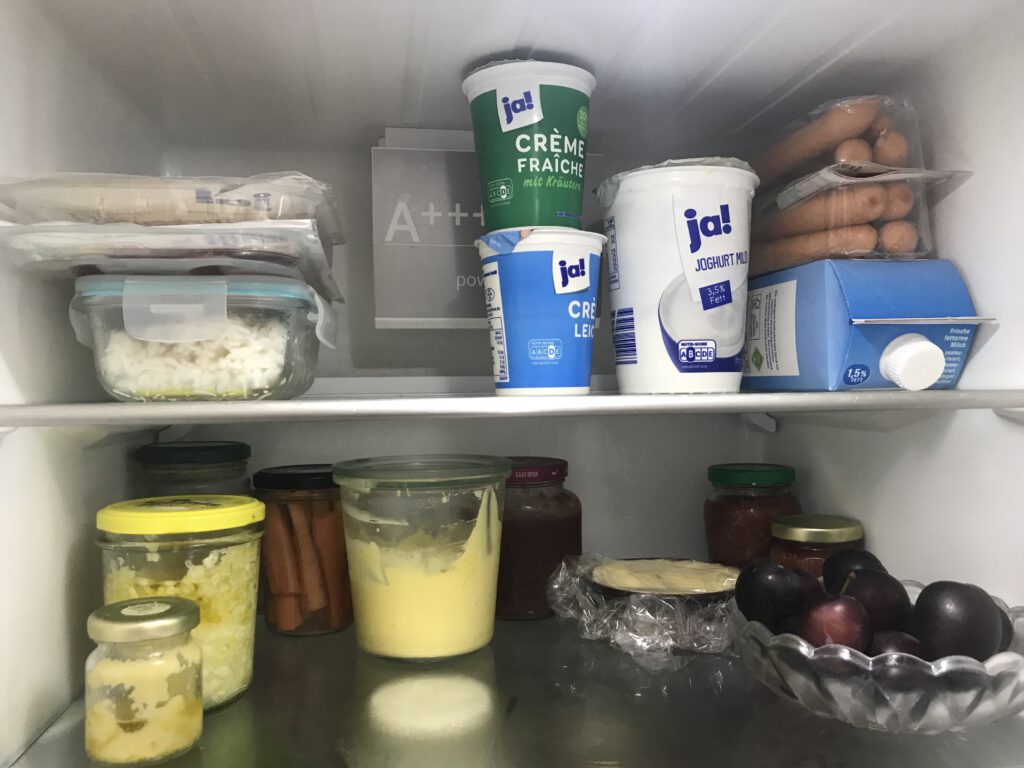
You buy fruit, vegetables and staple foods. You also avoid sweets, snacks, soft drinks, shugared juices and fast food for the children. In Germany in winter, for example, savoy cabbage stewed in butter and onions with crème fraiche, plus boiled potatoes, which you add to the cabbage, is suitable. This is a lunch that you can easily cook for 8 people. The rest goes into a glass container for the next day. Bottom line: no plastic – no chemicals – no lugging – no waste – inexpensive – healthy –
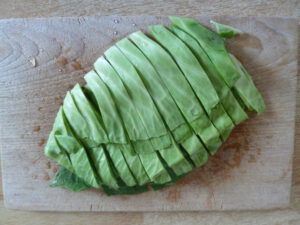
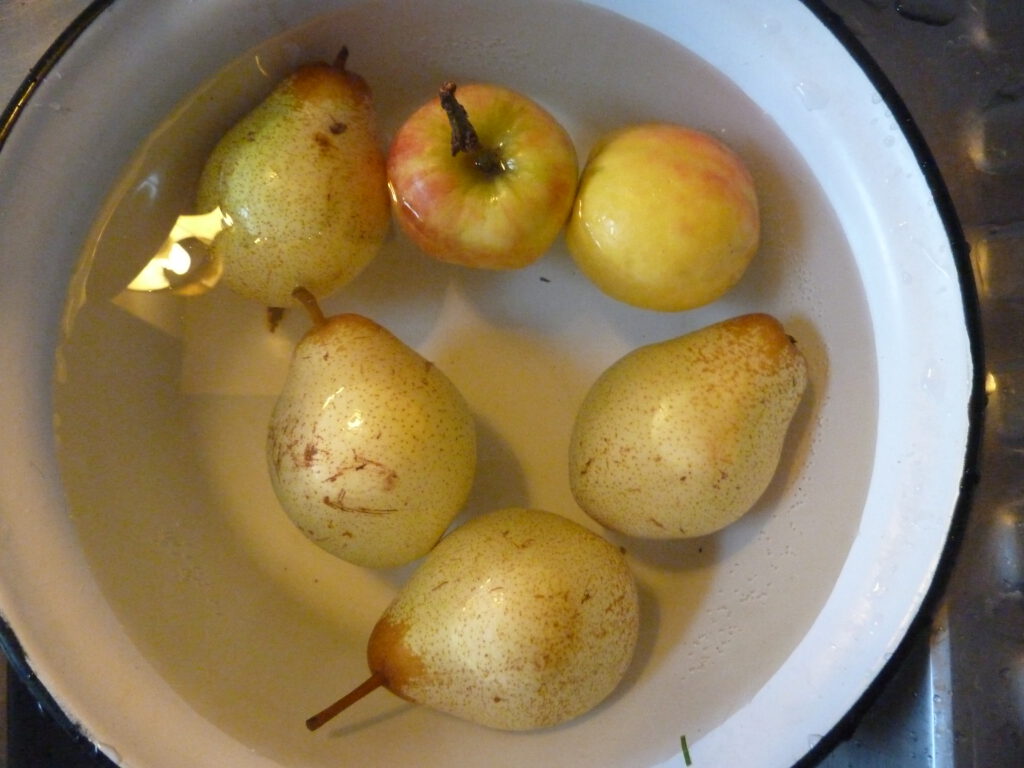
JARS
Collect jars with screw caps. They cost you nothing. You need them as containers for the dishes you create. The transparent jar with a lid is not only a prerequisite for preparing and preserving the food you create, but you can always see exactly what’s inside when you open the fridge. Seeing creates a thought.
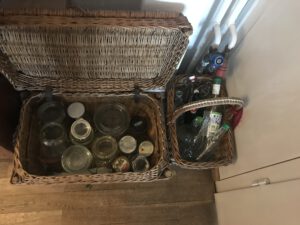

Proportion
The shape of the jar inspires. For small jars small fruits, small pastries, small vegetables – for big jars big things – just as you need them this week. In fact, the different jar sizes restore an awareness of proportion in relation to use, which has been lost on us through commercial marketing strategies.
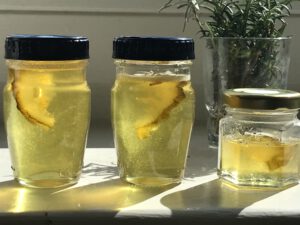
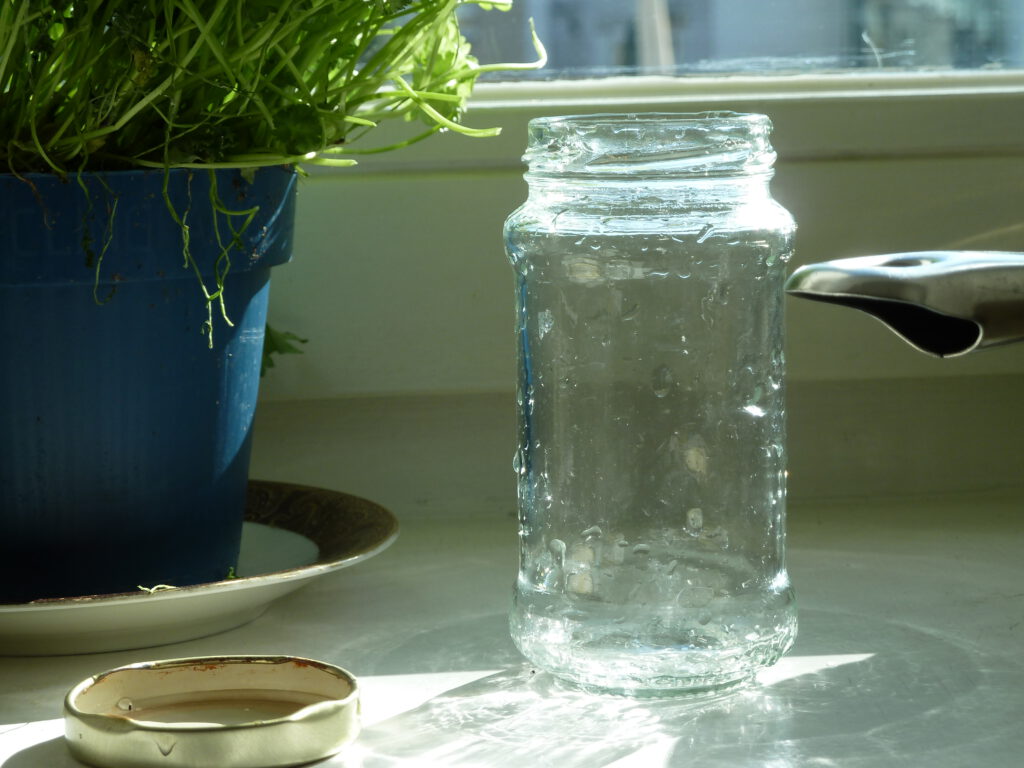
We don’t throw anything away. Everything is used. For example, I make cleaning vinegar from the peel of bitter oranges or lemons, which I use to rinse the jars. I hardly need any dish soap. This relieves the pressure on the water that is fed back into the circular system from our drains. We can do a lot in the micro areas of the private sector to protect the nature we take from.
Banish all chemical cleaning products from your kitchen, toilet, laundry and body cleaning. You’ll be surprised how little you miss them. Use only sustainable cleaners and clear water.
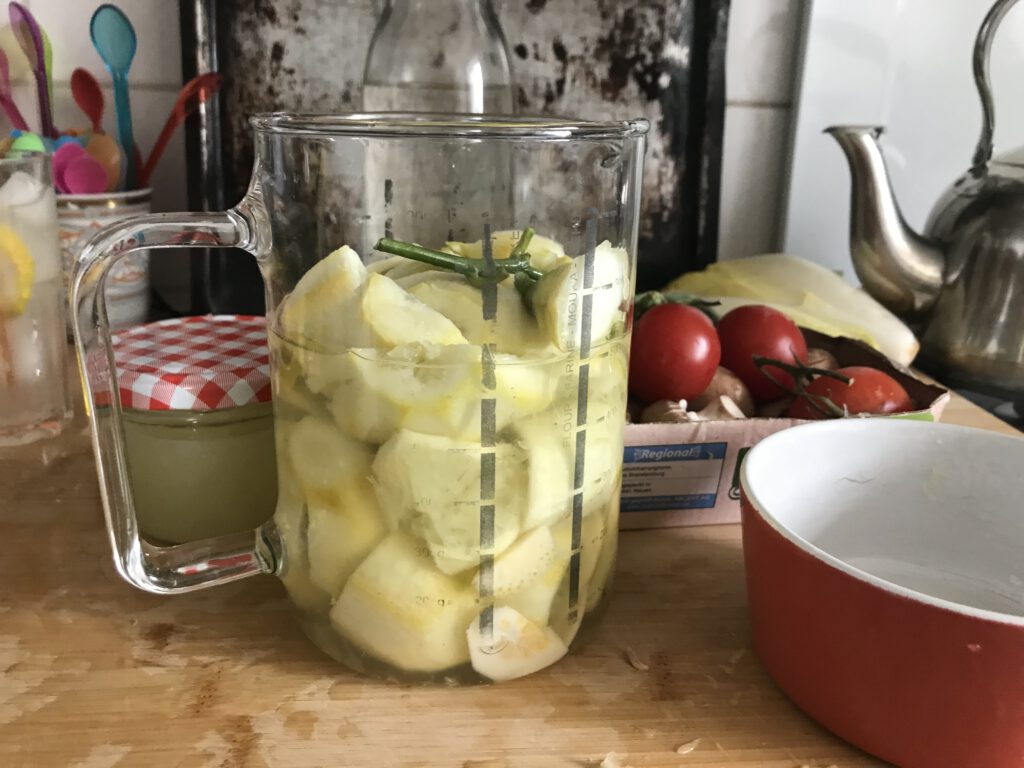
Tiny Kitchen – against the bad habit of too much, of devouring and throwing away food
I have designed a concept of the small, variable and tasty thing. Tiny Kitchen is not a cooking school. I have not written down a single recipe. Tiny Kitchen is an inventive and exploratory method of judicious use of organic and sustainable food sources for everyday home use. – small portions – diverse dishes – variable – fresh – rich in vitamins – inexpensive – healthy – beautiful – ready to hand – easy to transport – for example in your handbag.
Result: no lugging around – no leftovers – no washing up – no waste – no plastic – no chemicals – and good for the cook because they can sit at the table with you – or you can take the glasses to the office – it’s fun –
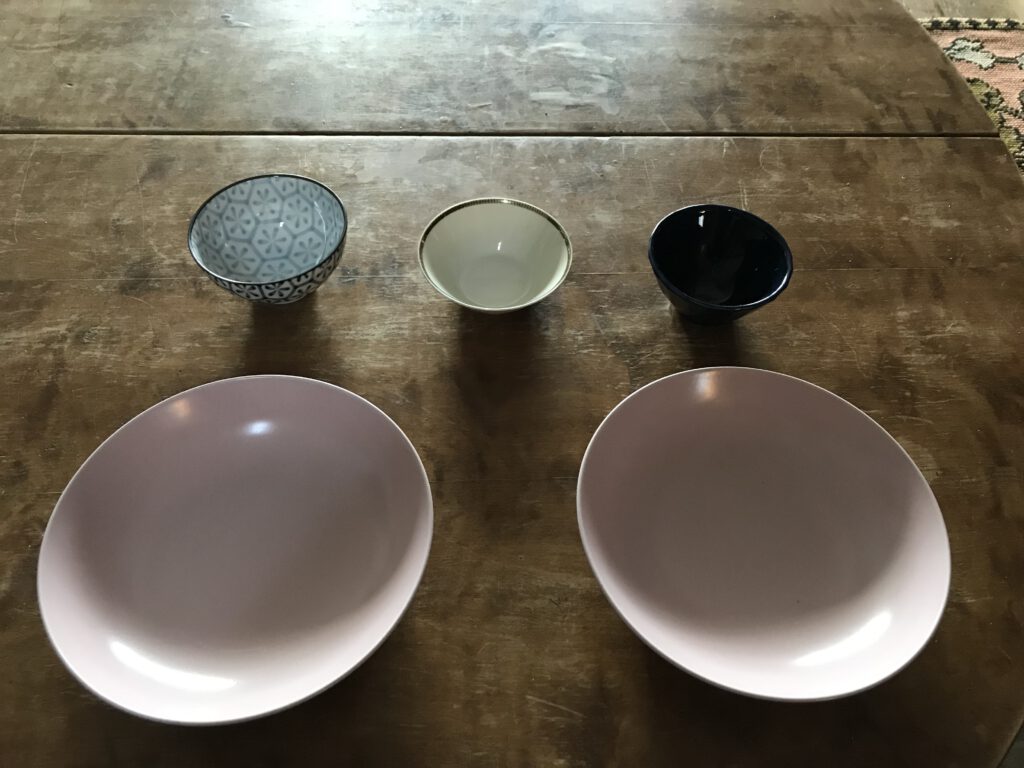
creations with the waste
While experimenting in my kitchen lab, I realized at some point that throwing away leftover vegetables was a bad habit. Today, I turn leftovers into soups, salads and sophisticated side dishes. I also use the peel of the fruit. They contain important active ingredients from the plant and powerful aromatic nuances. This allows me to constantly develop new creations.
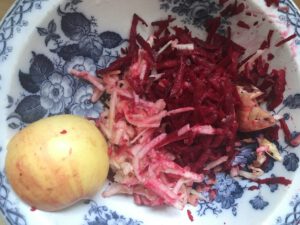
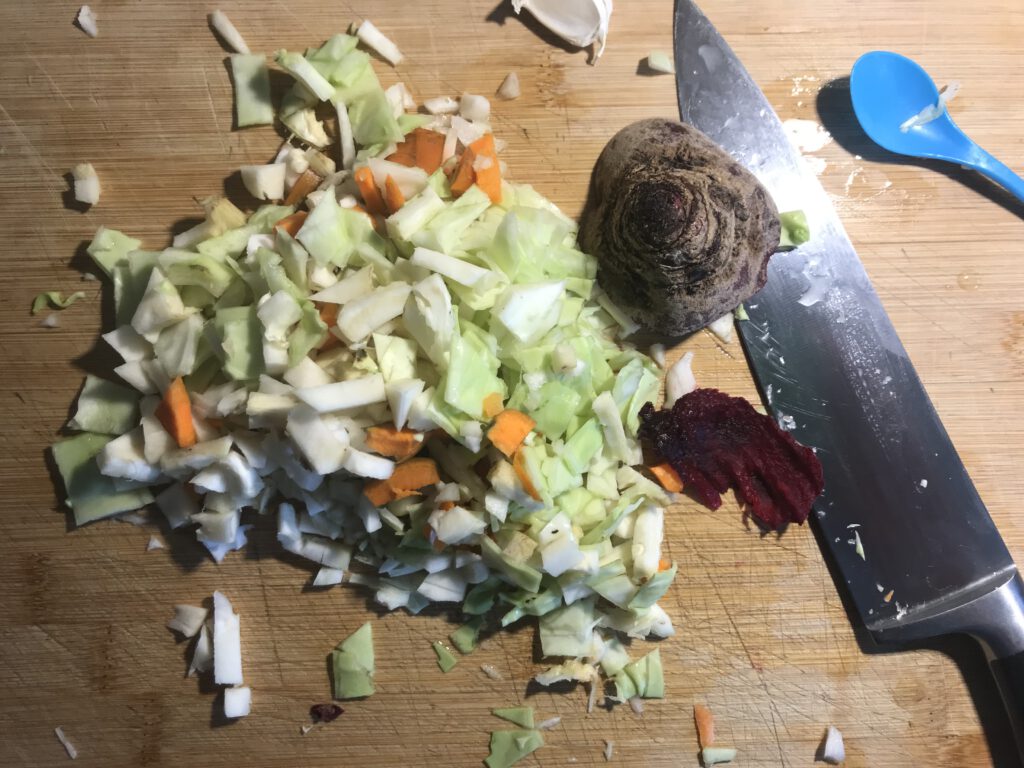
The leftover is king – I take stock of the leftover practice: – inexpensive – cooked in a way that conserves resources – no waste produced – I can apply this concept to every fiber of a plant or fruit – I have discovered a world of flavor in the structure of the plant – I correct a common perception: the leftover is not poorhouse – the leftover in the kitchen is king class –
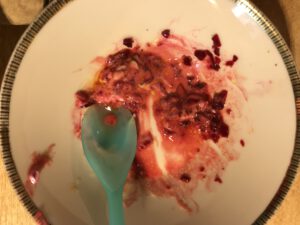
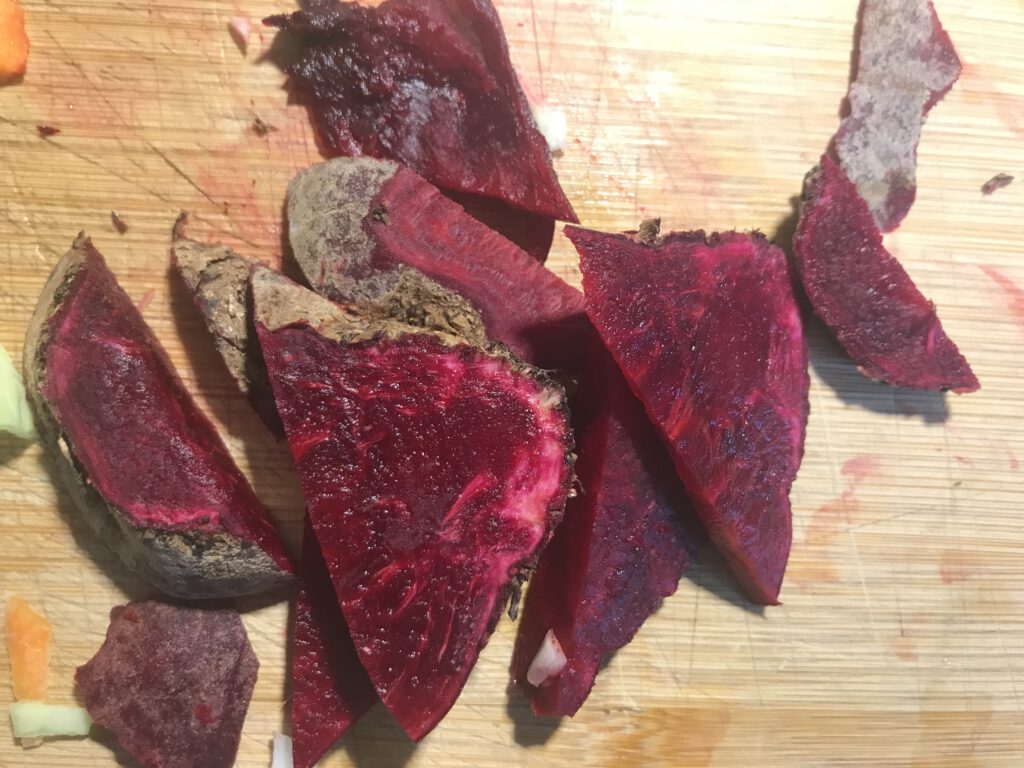
seasonal – A Hokkaido pumpkin is quick to cut. You can cook it with the skin on. Go ahead and buy a few of them in the fall. They will keep for months in a cool spot in a basket perhaps by your front door where it’s cold.
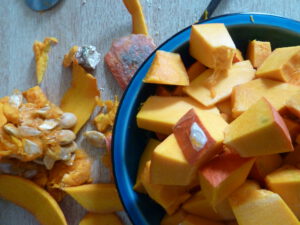
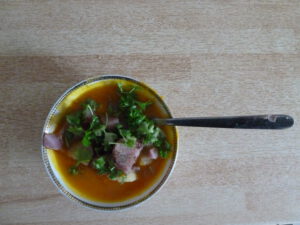
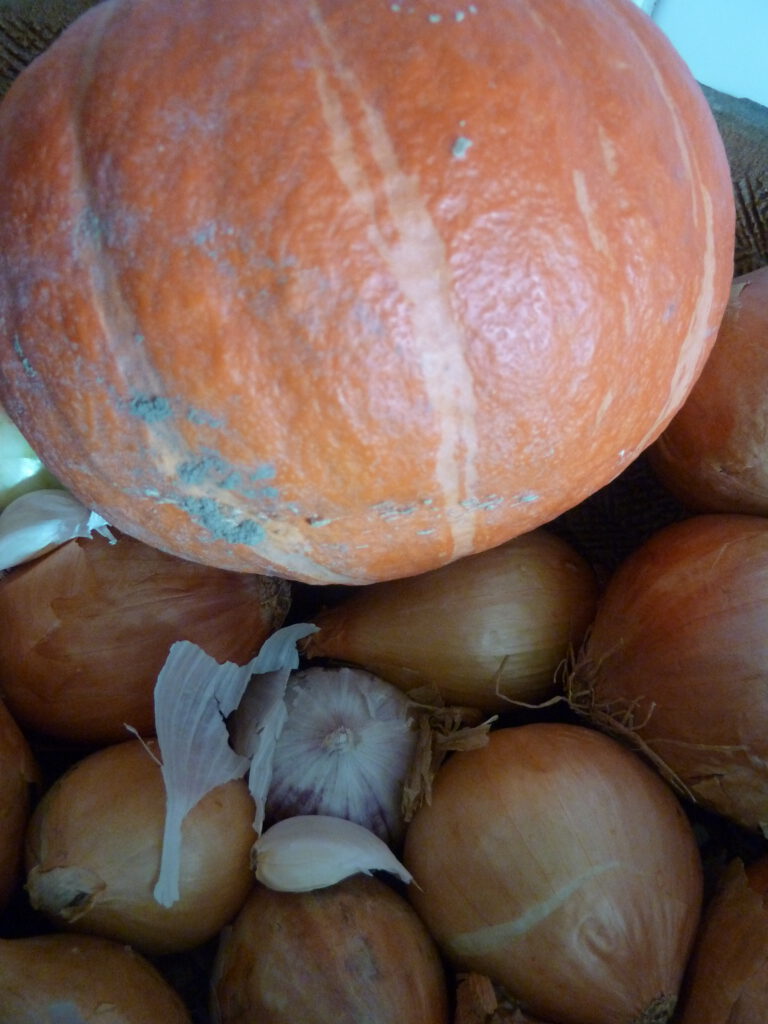
Regional – cook the vegetables that your region has to offer. In the fall, there are plenty of potatoes, tomatoes and onions in Germany. For example: potato dumplings – tomato sauce – cool in glass containers – store in the fridge – serve warm with Parmesan cheese – a dish that is very suitable as a lunch for a few days, is easy to digest and at the same time nourishing. You can also toss the potato dumplings in sage and butter in the pan and serve with the tomato soup. You can vary.
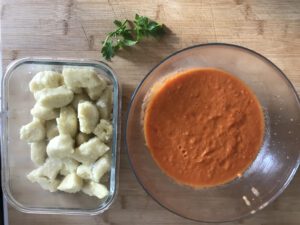
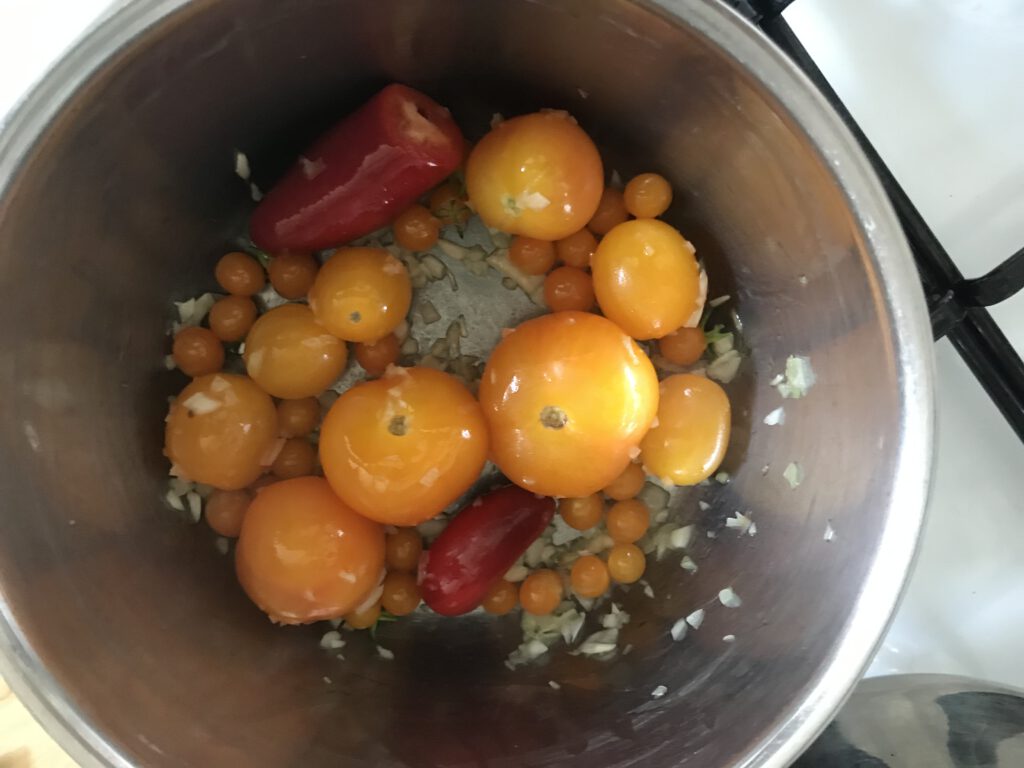
Connecting to ancestral traditions – Adopting pre-industrial practices is sensible. You tie yourself into the cycle of the seasons and you remember how your grandmother cooked and baked. This connection to our ancestors gives us inner security.

This tarte sucré is made from spelt flour and filled with citrus paste. This cake has a deep aroma and a fresh taste. It keeps fresh for a long time in the fridge in a cloth. You can finally tick off the sweets section of the supermarket.

climate justice – is a normative concept that makes it clear that man-made global warming is an ethical and moral issue that we must all face up to. We live in the age of the Holocene. We should protect its forests, rivers and oceans, its lands, air, animals and plants, and the people in them. I took the photos in Ukluelet – British Columbia – Vancouver Island. The photo on the left shows a tree growing on the thin layer of soil above the lava rock. It had clung to the lava rock with its slow-growing roots and thus successfully defied the harsh storms on the coast.
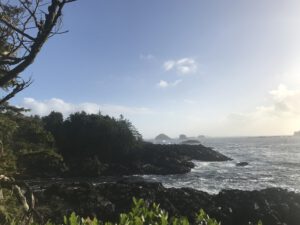

The art of healing
Making soured milk is easy. In Germany, currants are harvested from the bushes in June. In summer, you give your children berries and soured milk full of vitamins and calcium. For centuries, good nutrition was also the practiced art of healing through food, with which women kept their families healthy with few resources.
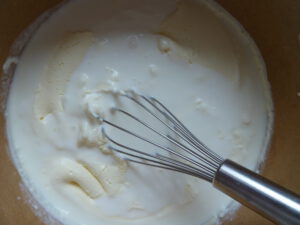
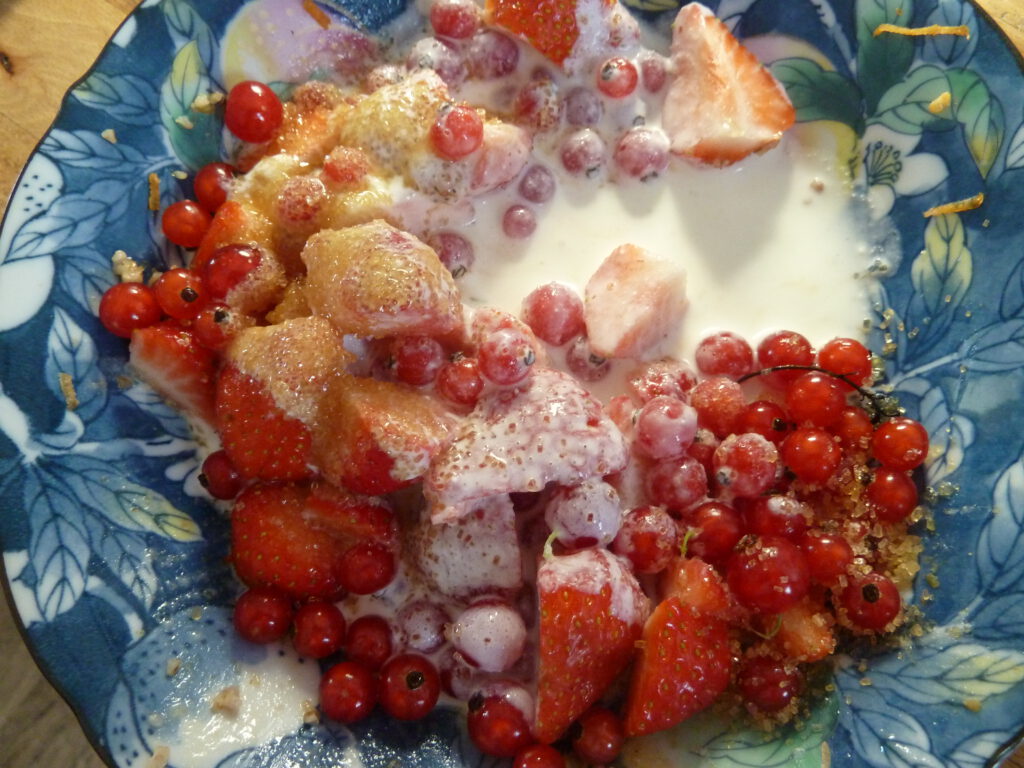
Species protection – Why haven’t I thought about where the fruit I eat comes from, how much poison was used for it, where the animals I eat came from, how they were kept, the salmon, and where the calves and pigs came from, which customs stations they passed through and vegetated for days in the transporters.
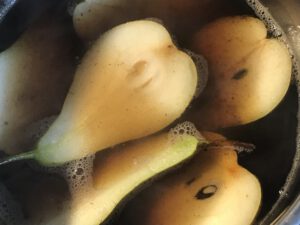
There is no comprehensive animal welfare in the global food industry. You can do something about the negative practices and effects of the food industry. Change your buying behavior.
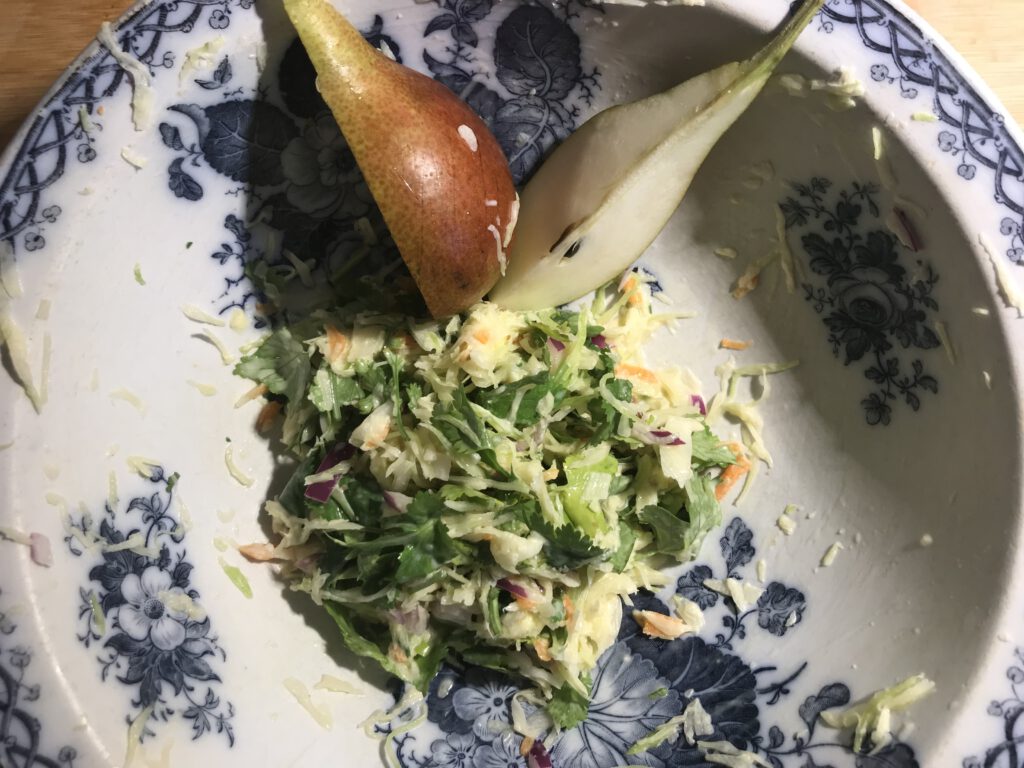
You can make yoghurt yourself – yoghurt can also be made in bed, on the radiator or in the sun. You don’t even need an electric machine to make it. Homemade yogurt will keep in the fridge for a week. Try to work in a minimalist way. We get to know the variance of the taste of a natural product again instead of the imprint of a flavoring agent through chemicals and sugar. Ban sweetened and stirred yogurt products from the supermarket from your kitchen.
Result: – no chemicals – no plastic – no waste – inexpensive – delicious taste – variable with fruit – jams – jellies – dried fruit or herbs and nuts – a comprehensive supply of minerals –
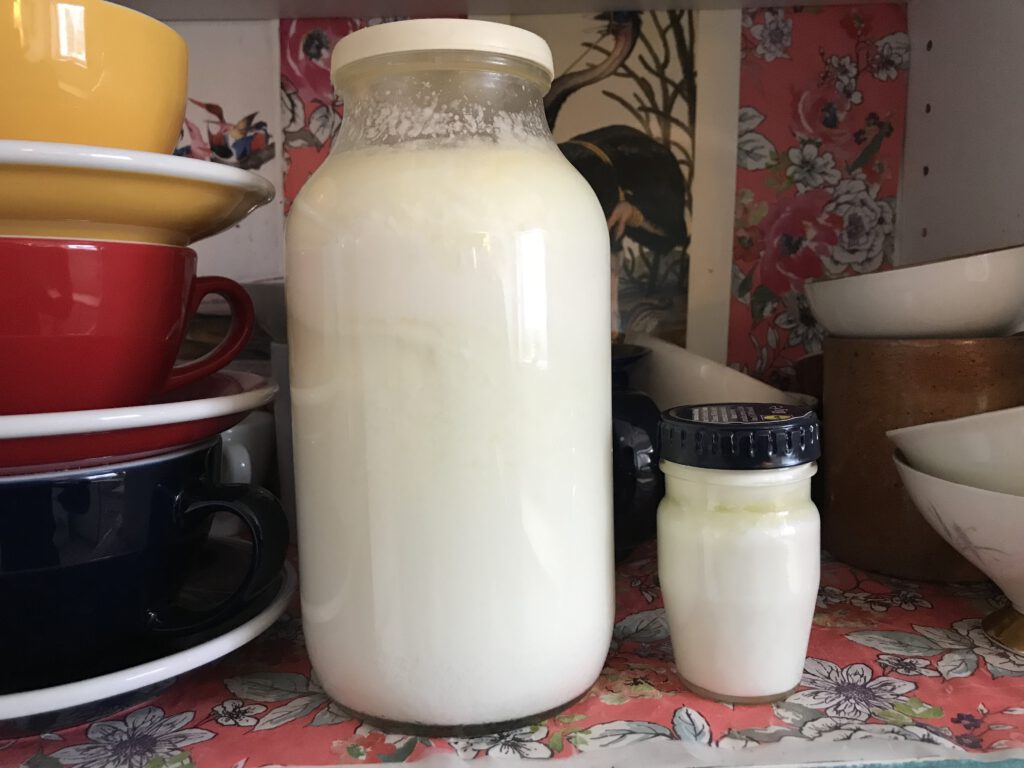
Storage and preservation techniques – we are familiar with these images from traditional rural households. The kitchen window, the kitchen cupboard, the vestibule, a cold hallway, the balcony, the cellar, the attic or the fridge, the floor.
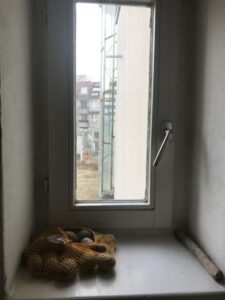
You will find cold and warm places for cooling, drying and storing. You can easily store a cut onion in a screw-top jar in the fridge. You don’t need plastic.
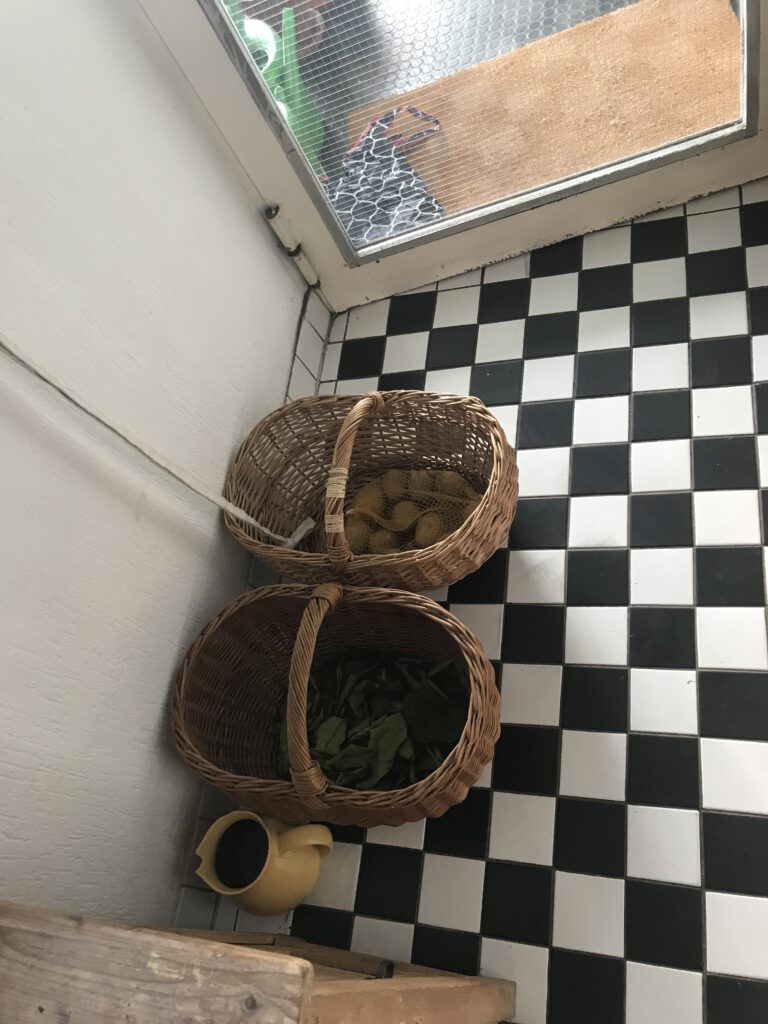
EQUIPMENT – You don’t need expensive equipment. You buy a few things and you can always work with them: CONSERVATIVES – glass jars – baskets – tin cans – paper bags – porcelain bowls – glass plates – casseroles – KITCHEN UTILITIES – scales – blender – grater – cheesecloth – ladles – a mortar – sieves – a sharp large knife – fruit knife – lots of plastic spoons for testing food and mayonnaise – wooden cooking spoons –
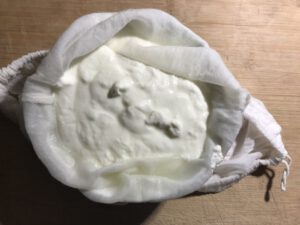
Straining homemade yogurt for the production of cream cheese
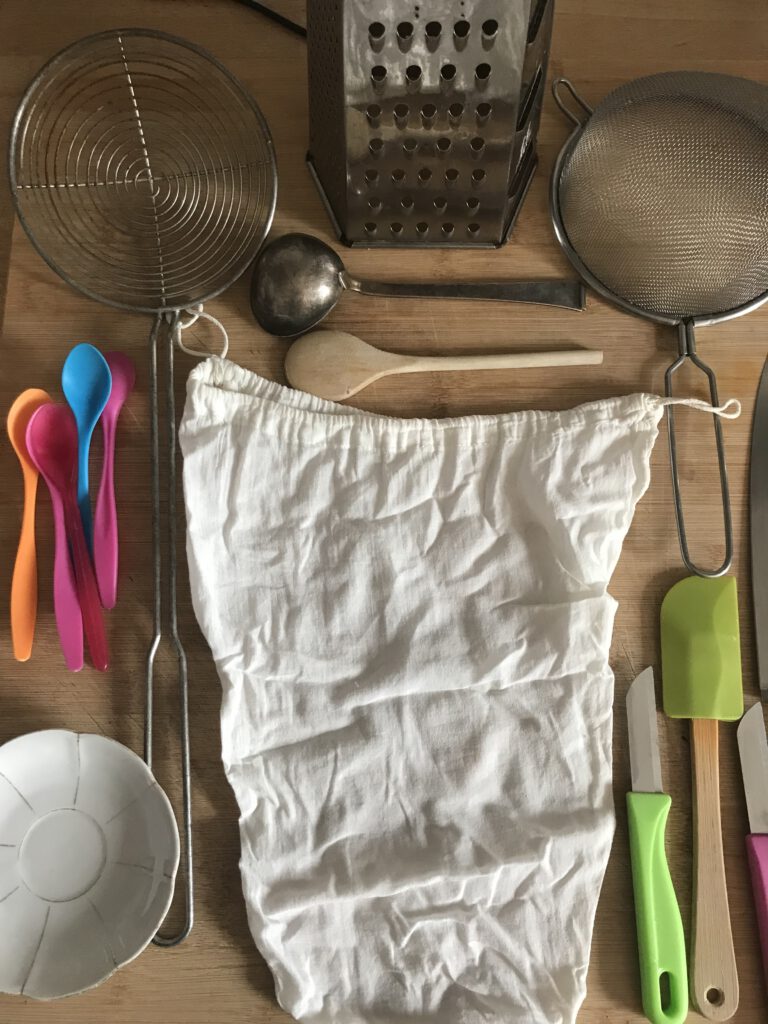
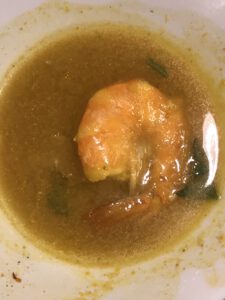
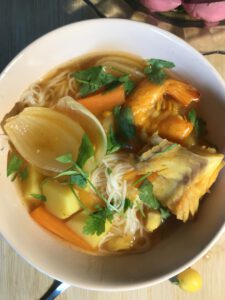
Prep Food – An essential foundation of Tiny Kitchen is that the food is prepared and then stored. It is prep food. You plan to make food for a good hour. For example, you cook durum wheat pasta and drain it, leave it to cool by the window, put it in the fridge. That’s it. You chop onions and tomatoes, cook them, puree them, leave everything to cool, pour the sauce into a glass container, put it in the fridge. That’s it. Grate the beet, mix it with a grated apple, horseradish, lemon and sour cream, mix everything, pour everything into three jars and put them in the fridge. That’s it. And so, over time, you develop a feeling for what’s there and what you can combine. You develop an imagination while cooking: mhhh … pumpkin actually goes well with prawns and fish. You try that. Now it occurs to me. Glass noodles work too. And the same goes for all dishes. You create your own cuisine. That’s nothing new in itself. But we’ve forgotten how to do it in the age of the food industry. You don’t need expensive cookbooks, make it yourself … and now … by chance you remember: your grandmother cooked pears in syrup with cloves and cinnamon and now the smell of your childhood home fills your kitchen.
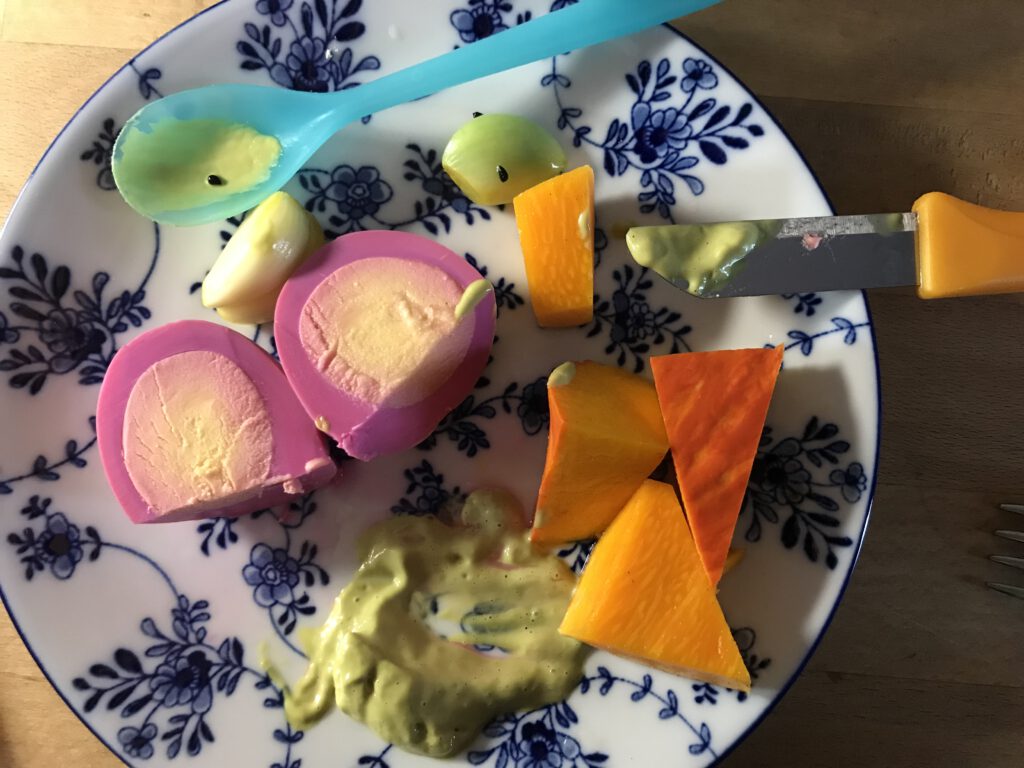
Dressings in a jar – every kitchen has its own preferences for oils and seasonings. Dressings and mayonnaises can be milk-based, oil-based, with vinegar or with lemon, with honey, with herbs or with onions and many others. They keep for a long time in the fridge when sealed. You will always find a chicory leaf, a leftover cucumber or fennel in your fridge that needs to be eaten. You cut the fennel into strips and dip it in dressing or you dip the cucumber slices in the leftover yoghurt you have and then put the dressing and herbs of your choice on top. Bottom line: no plastic – no chemicals – no waste – fresh – full of flavor – healthy – you haven’t thrown away the precious vegetables – no waste – it’s sustainable cooking –
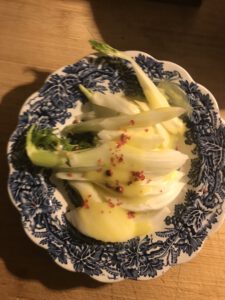
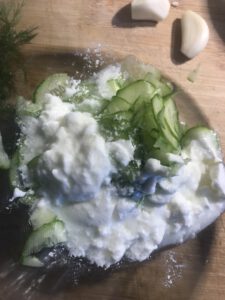
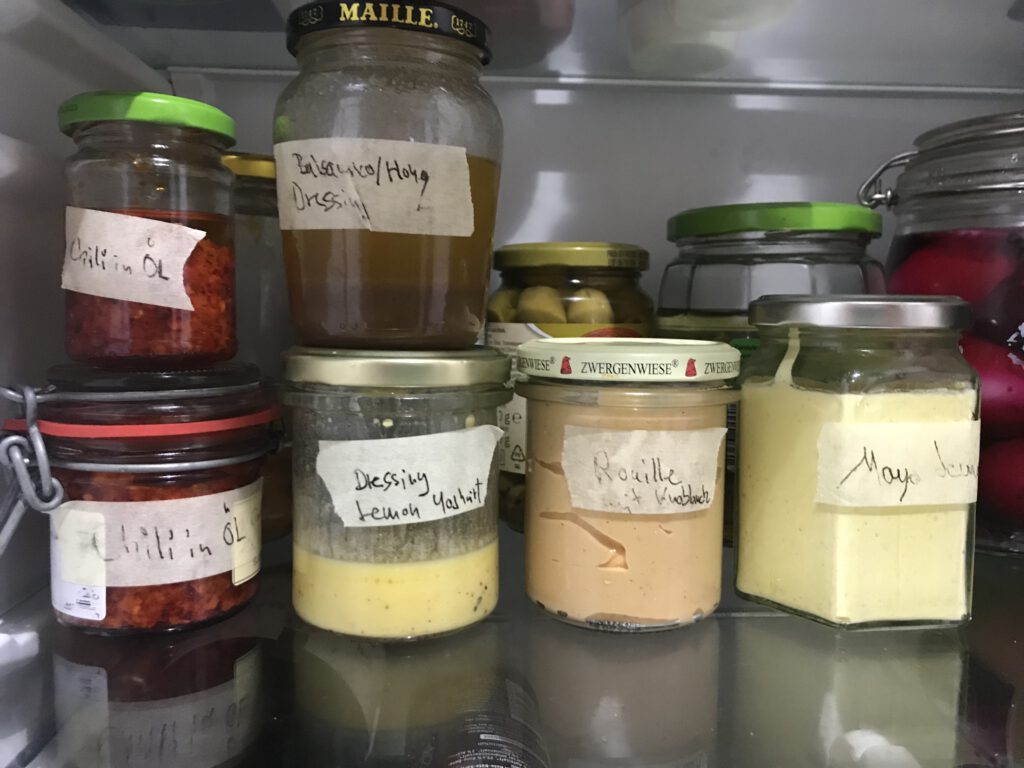
sandwich culture – You can make sandwich creations with homemade cream cheese and pickled vegetables. And you can already vary them. Pumpkin soup goes perfectly with this sandwich.
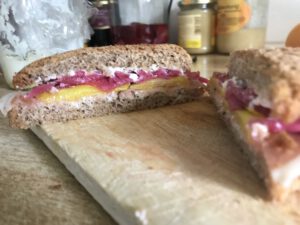
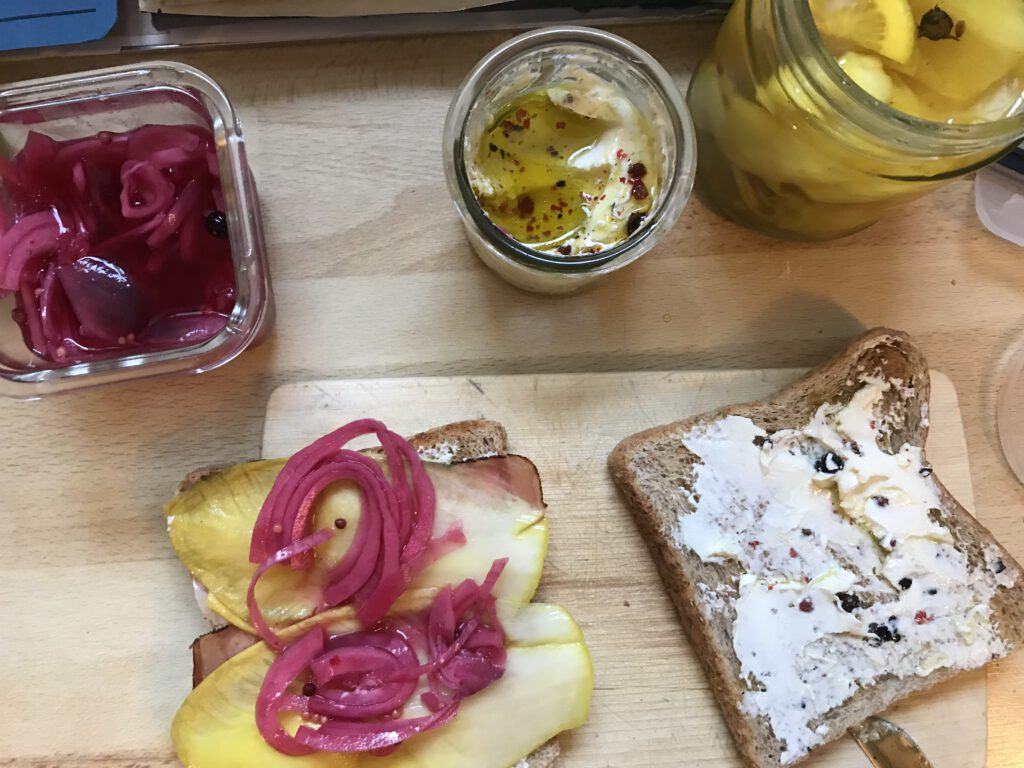
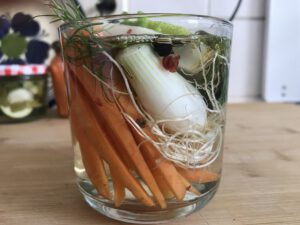
Antipasti – You can preserve fresh vegetables in brine and vinegar. You can combine as the mood takes you. You learn what works.
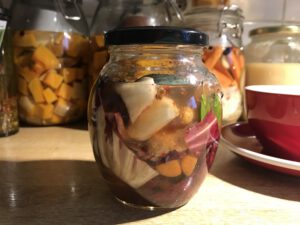
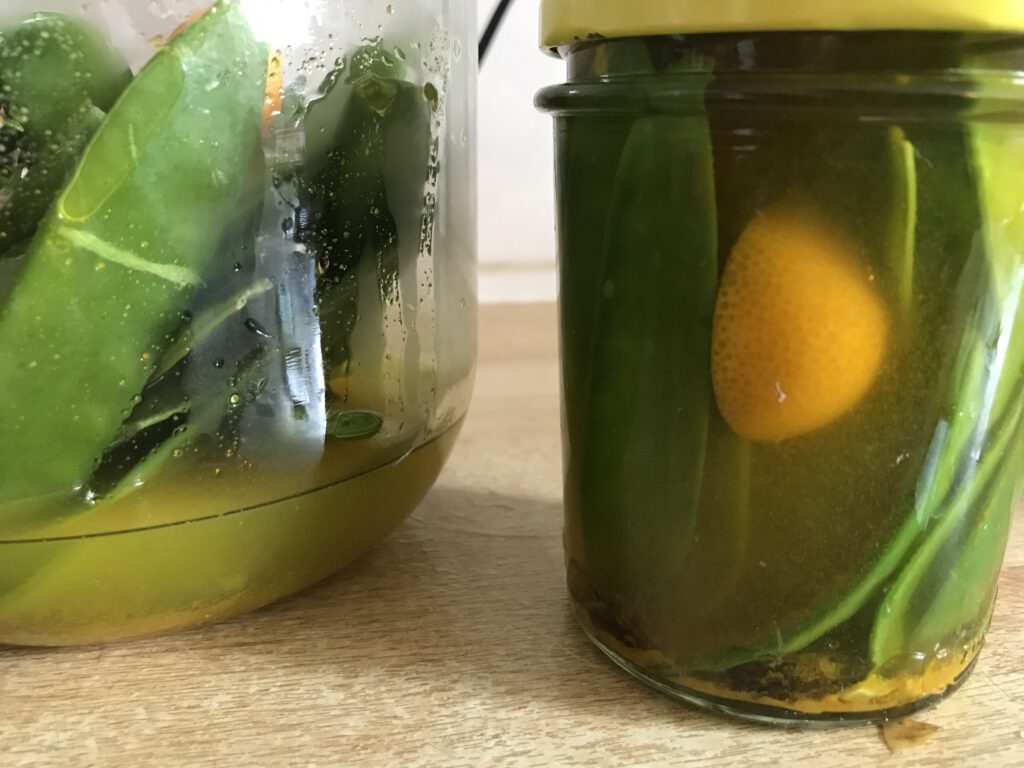
cycle of the seasons – it’s fall. You know how low the sun is now and that the rain is coming. The peppermint is still growing. The leaves of the strawberry are turning yellow. Observing, noting, describing and comparing trains you in reality.
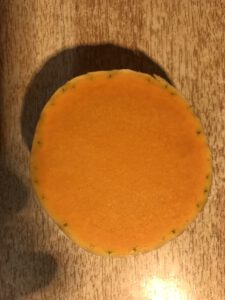
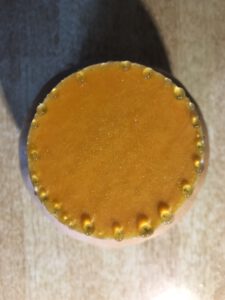
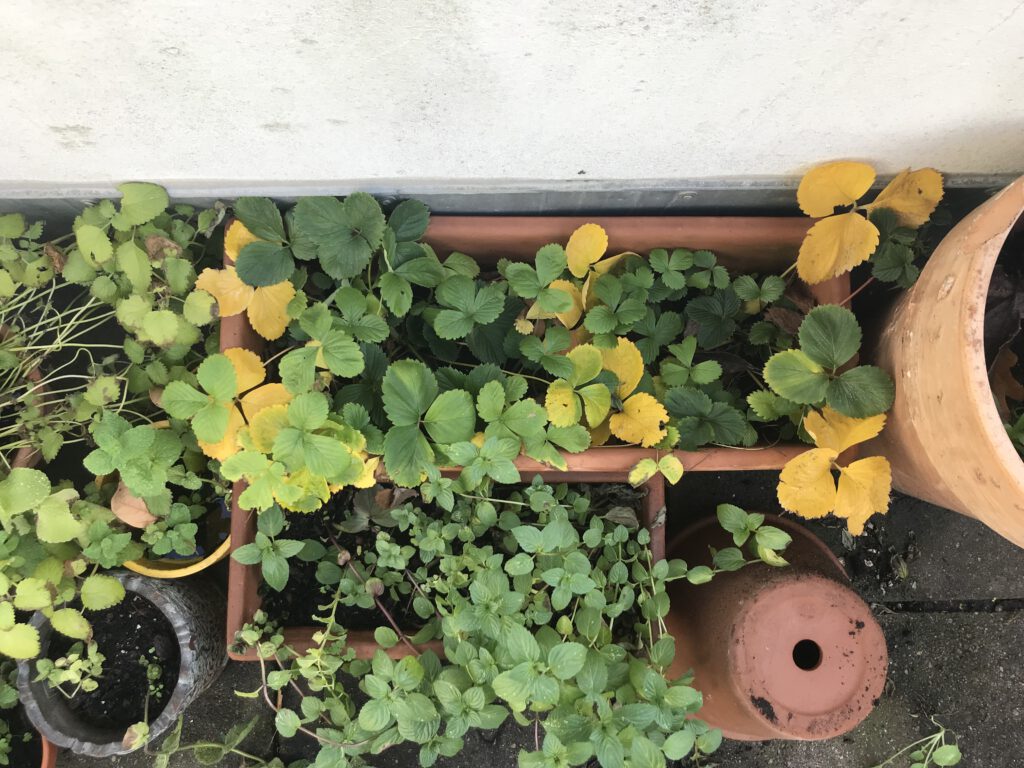
Observe while cooking. There are worlds to discover here. For me, the kitchen is like a secluded chemistry lab filled with childhood memories and the joy of invention. It’s steaming. Water condenses in the cooler kitchen. And the ideas come – also for other problems in life.
A sustainable kitchen creates a wide open space within you. When I have everything ready, I get to work. I can eat my lunch or dinner on time and in three courses. Preparation then takes 5 to 10 minutes.
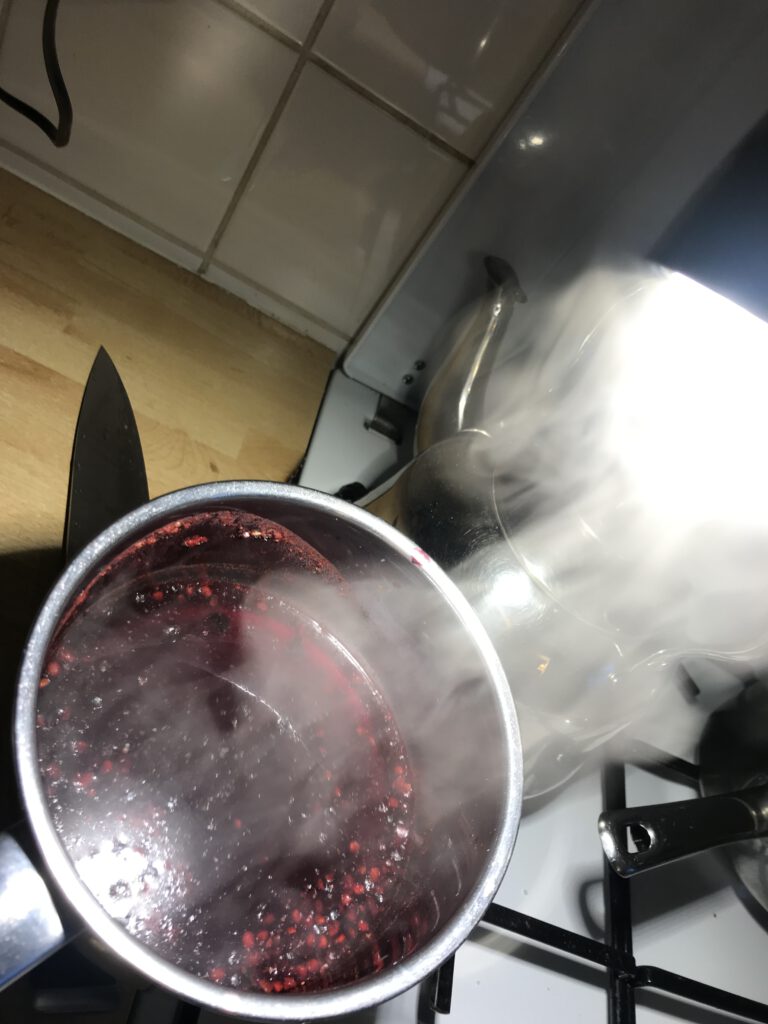
the knowledge of the world – however and whatever you combine, the taste changes when the ingredients come together, creating dimensions that inspire respect. And this is where the art of taste begins, mastered by those who work in the kitchen.
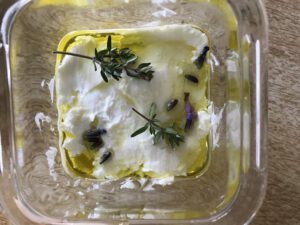
For centuries, women have transformed the simplest of dishes into a masterpiece of taste. We can use this knowledge in sustainable cooking and in the era of climate change.
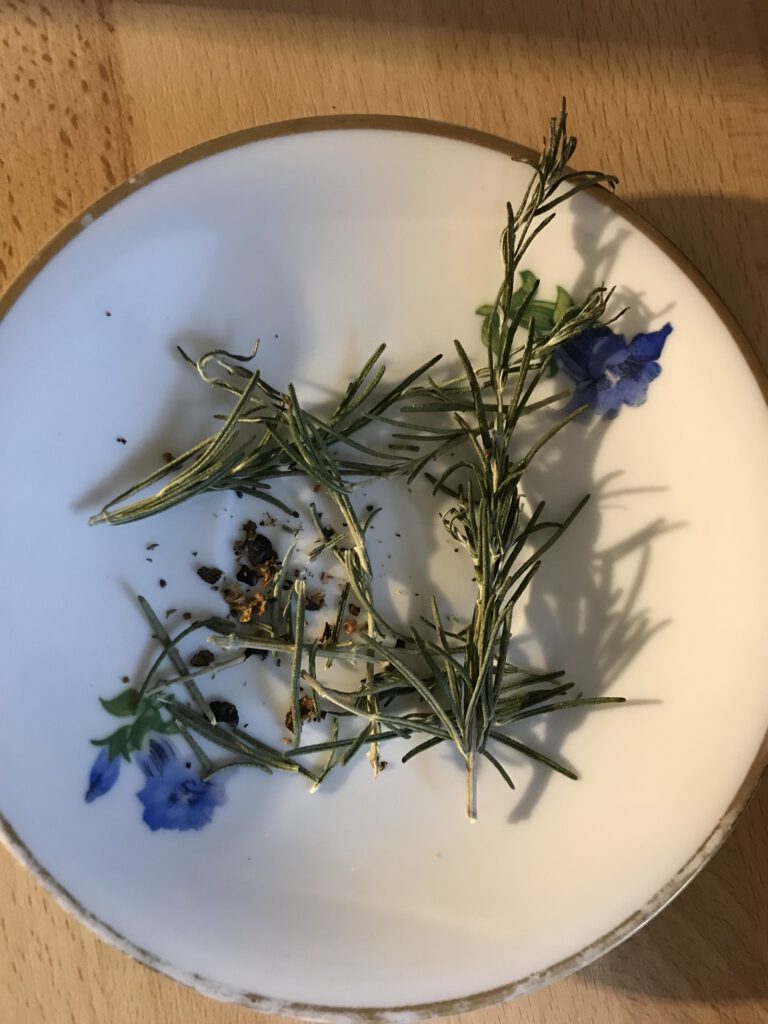
Salad in a jar – All kinds of vegetables and fruit can be cut, grated and mixed with dressings or yoghurt, cream cheese and sour cream and stored in jars.
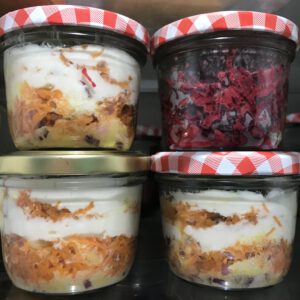
Salad in a jar is then always ready to hand in the fridge during the week. Bottom line: – cool – fresh – no chemicals – no plastic – no waste – no work – no cleaning –
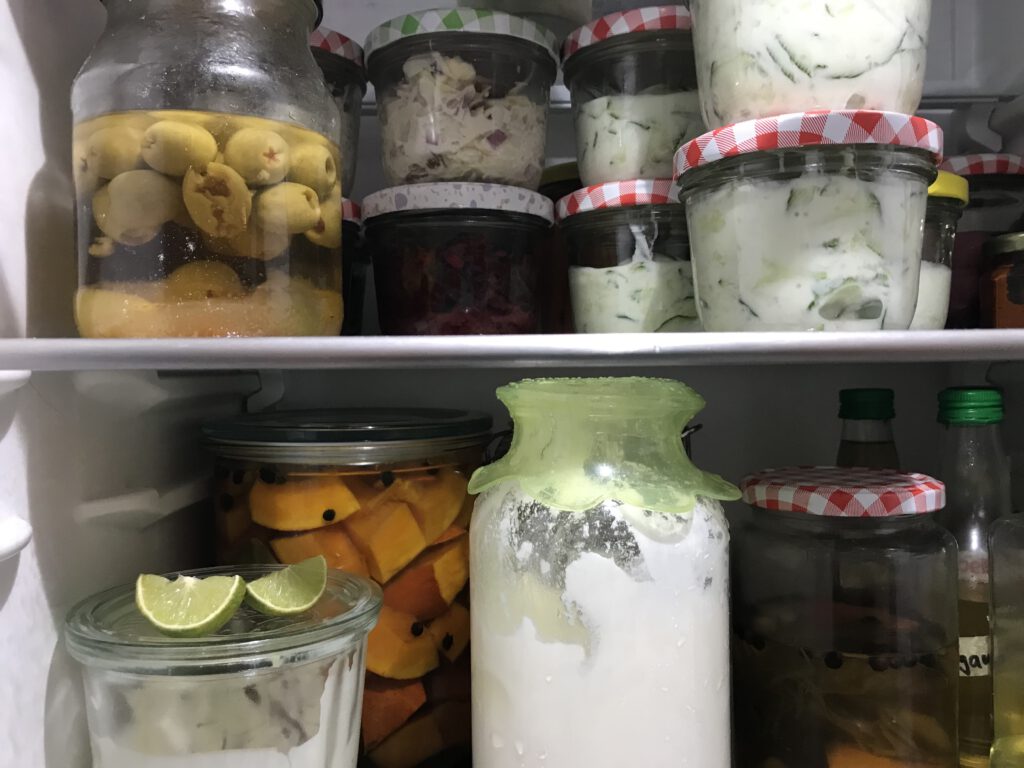
Salty flatbreads – If you prepare the yeast dough in the evening and leave it to rise in portions in the fridge, you can have a flatbread with rosemary, thyme, olives and salt warm on the table in 10 minutes. They are infinitely variable. You can combine them well with soups, salads and antipasti. These flatbreads are rather dry and crispy. They are very suitable for reheating the next day – they can also be eaten cold – tarte salé and flatbreads are easy to prepare, easy to transport, easy to keep fresh in the fridge and easy to use in the summer heat –
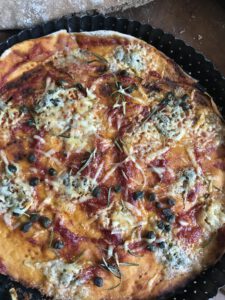

these dishes were also developed in the hot Mediterranean regions ages ago. Today, we in northern and eastern Europe benefit from them as a nutritional concept in times of extreme heat. Goodbye pork knuckle!

Citrus
I was surprised by the success of growing citrus on the roof in Berlin Kreuzberg. In terms of taste, I would classify the citrus as extreme food. I first had to learn how to work with it. The tradition of cooking with citrus doesn’t exist in Germany, but it does in Italy. Climate change can be used to grow citrus in Germany in the future. Yuzu, satsuma, kumquat, lemons, Buddha’s hand, citrus medica, chinotto, limes, bergamot and sweet oranges grow in my garden in Berlin.
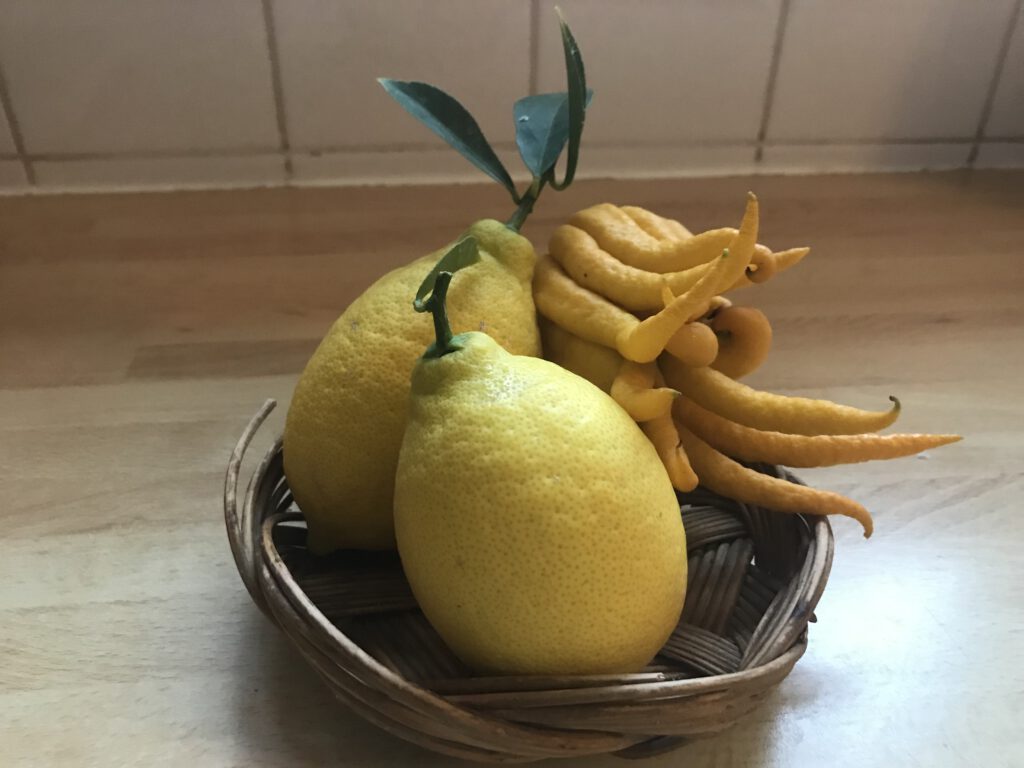
Candying is preserving – I am now candying for the 5th year. I’ve learned that lots of rain doesn’t harm the citrus tree, but the fruits get bigger and are wetter. They then take longer to candy. Candying is a process of osmosis. I add sugar and the sugar draws the water out of the fruit. Osmosis is a biochemical process and it takes time. If you candy properly, the candied fruit will keep practically indefinitely.
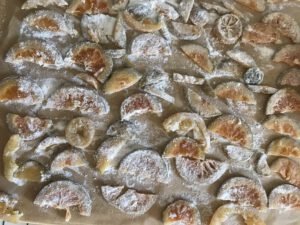
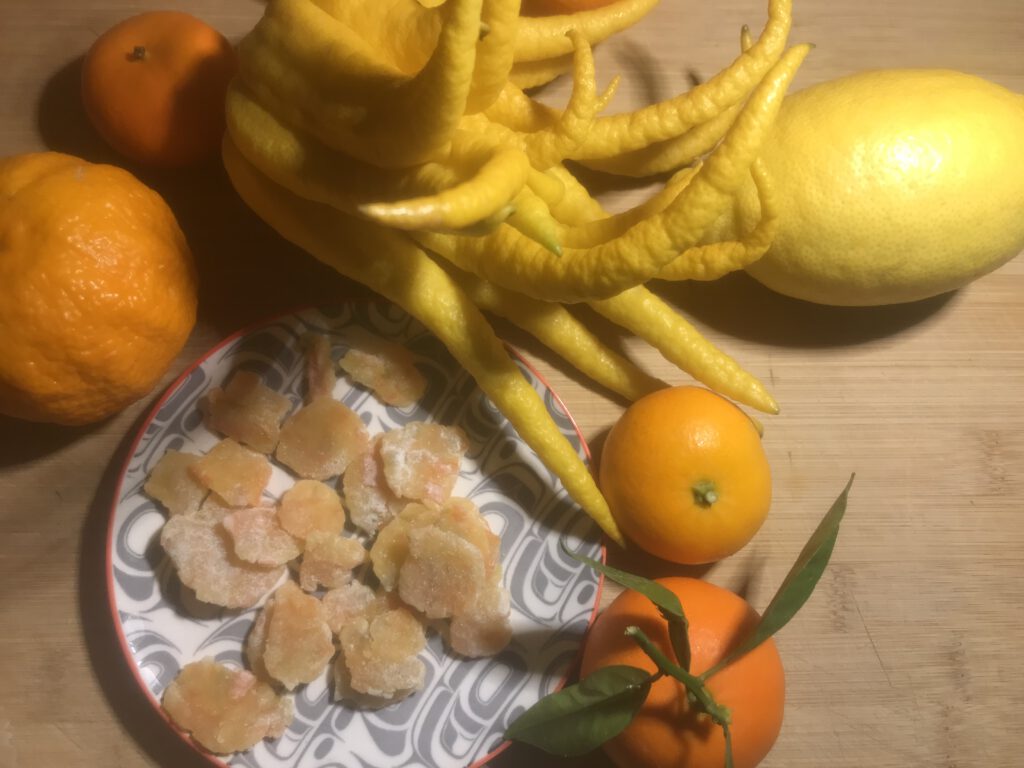
Jams, preserves, jellies and marmalades are preservation methods for fruits – the bergamot stands out with its bitter taste. Here I have made English marmalade, the bitter orange marmalade. The fruit is from the LiMa garden.
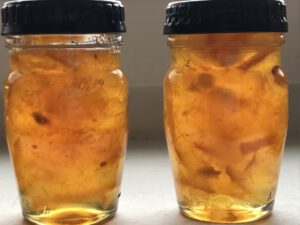
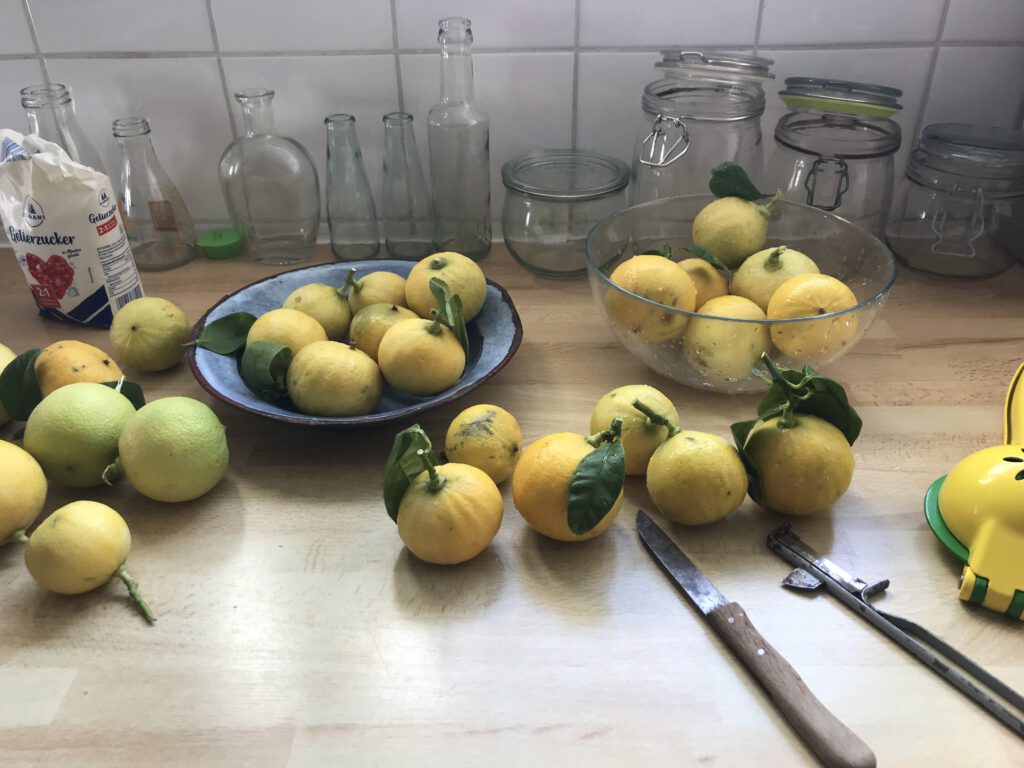
Syrup – Syrups are an ancient technique of preserving – it is the production of a sugary viscous drink – I make syrups from bergamot, lemon and orange. Blackcurrant or redcurrant syrup is also extremely delicious. A homemade lemonade with chilled water, ice cubes and syrup is unbeatable in its freshness and unique taste and is variable. And here I take stock again: – healthy – inexpensive – no lugging around – no chemicals – no plastic – no annoying empties – and you have spared the oceans – and the sea animals in them – and very tasty –

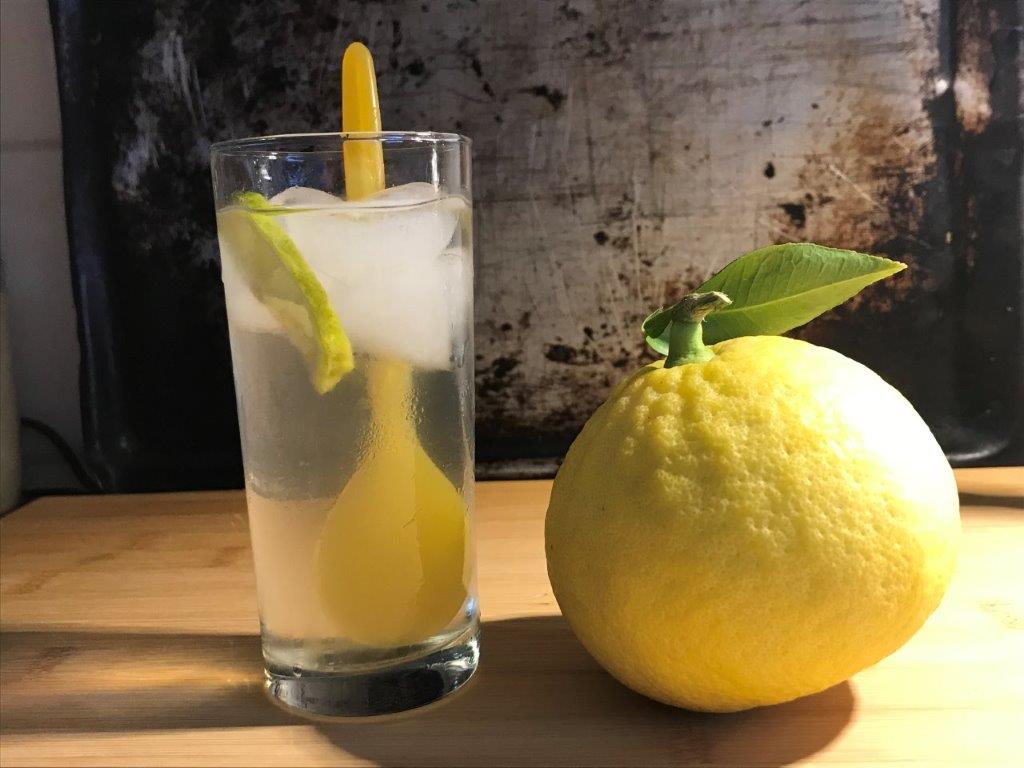
Quality of life on the rooftops of Berlin
My record of sustainable living is clear: I have produced a lot of quality of life on the rooftops of Berlin-Kreuzberg. Since I’ve been working and living with climate change, I’m coping better with the stress caused by climate change.

production of limoncello and orange liqueur
I walk in my garden every morning and every evening, harvesting fruit or picking herbs. I can now cook, preserve and bake sustainably with citrus, just like in Italy.
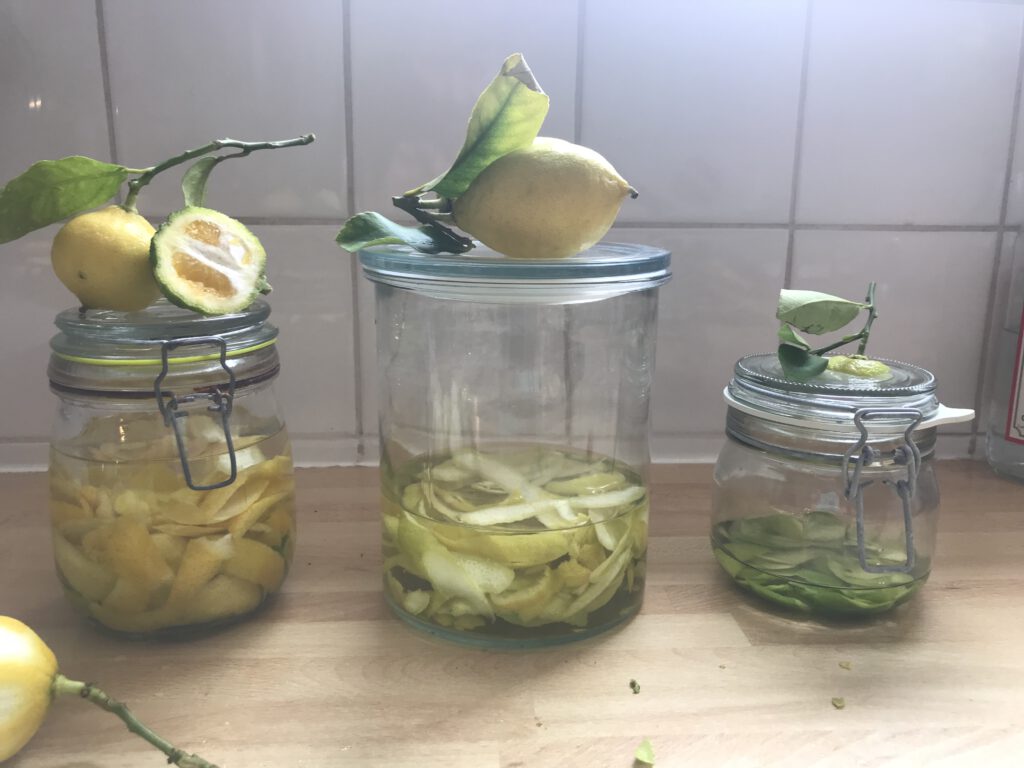
Sustainable living works with the laws of nature
Sustainable living is a modest life in its essence. It works as a part of the whole, where it unfolds its unobtrusive and solid effect in interaction with the cosmos. We are connected with the whole.

Pastries made from almonds, citrus paste and kumquat

We don’t need more to get more
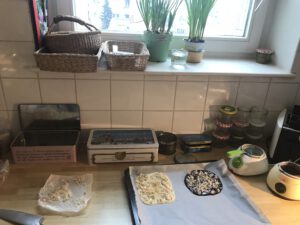
In the photo you can see my kitchen laboratory. This is where the most wonderful dishes, ideas and plants have been created. The window has eastern light.
Instead of exploiting in order to gain an advantage over others in thoughtless consumption, the philosophy of sustainable living is based on cooperation and thoughtfulness. When I work, I can hear the soft cooing of the wood pigeons on the roof and the distant murmur of the city. At a certain hour of the morning, river gulls make their rounds with a hotter call. At moments like this, I can see the steamer on the horizon.
Climate change – we – can – do – something! is a campaign of the Lima Wohnhof Initiative Berlin founded 2016
Tiny kitchen is a program of the LiMa Wohnhof Climate Initiative founded 2020
responsible: Gabriella Sarges

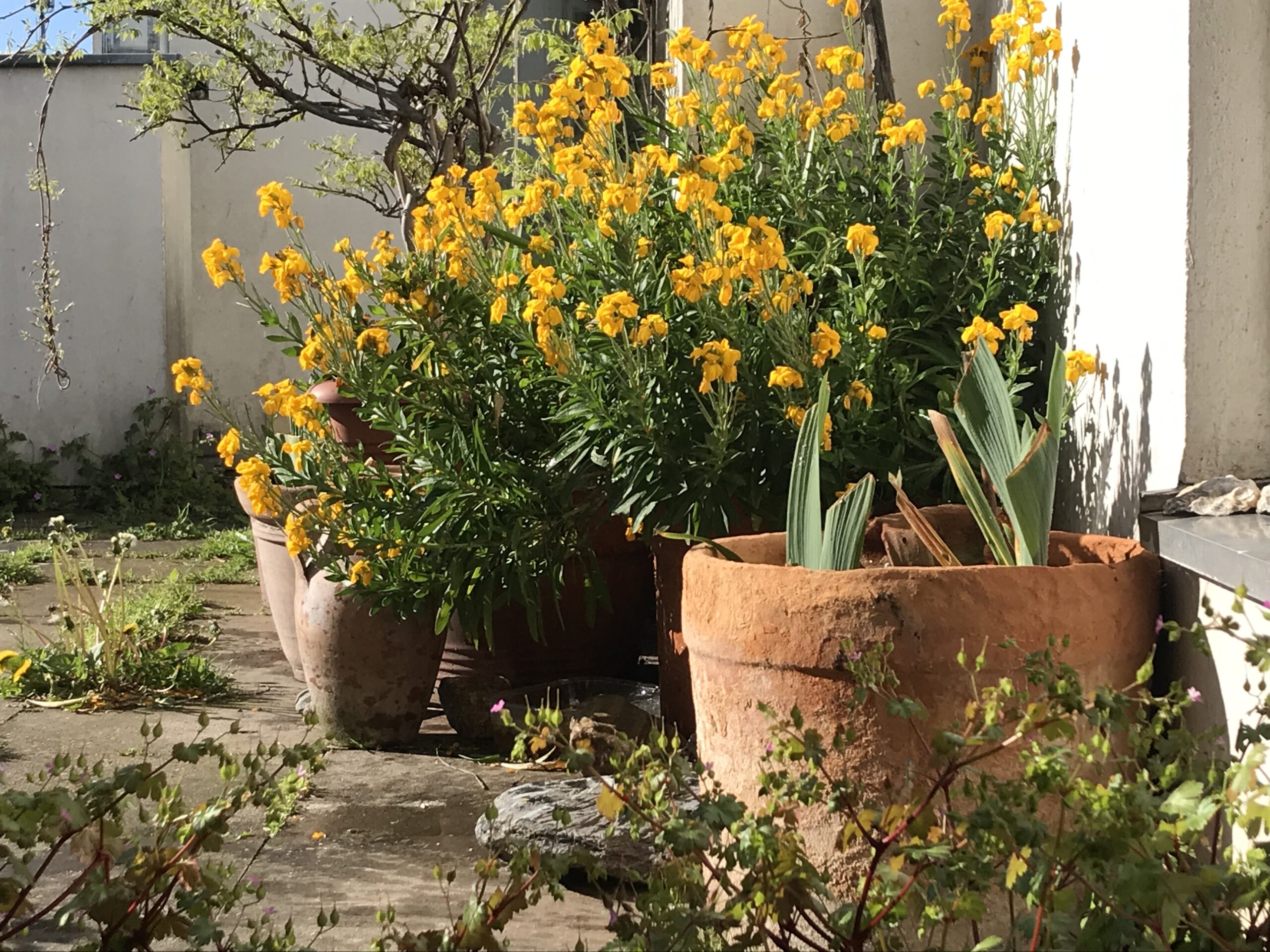
Climate change is an opportunity for us to put the lifestyles of our civilizations to the test and change them by adapting intelligently
Thoughts about us and our waste in the private sector
All life is a biochemical world with its laws and coincidences. Every thing, that we throw onto this earth has an effect on our eco system and on us. We can ignore this reality – but it still remains a reality.
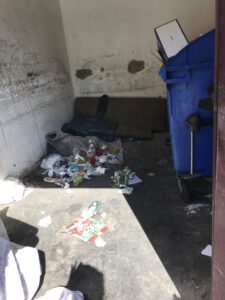
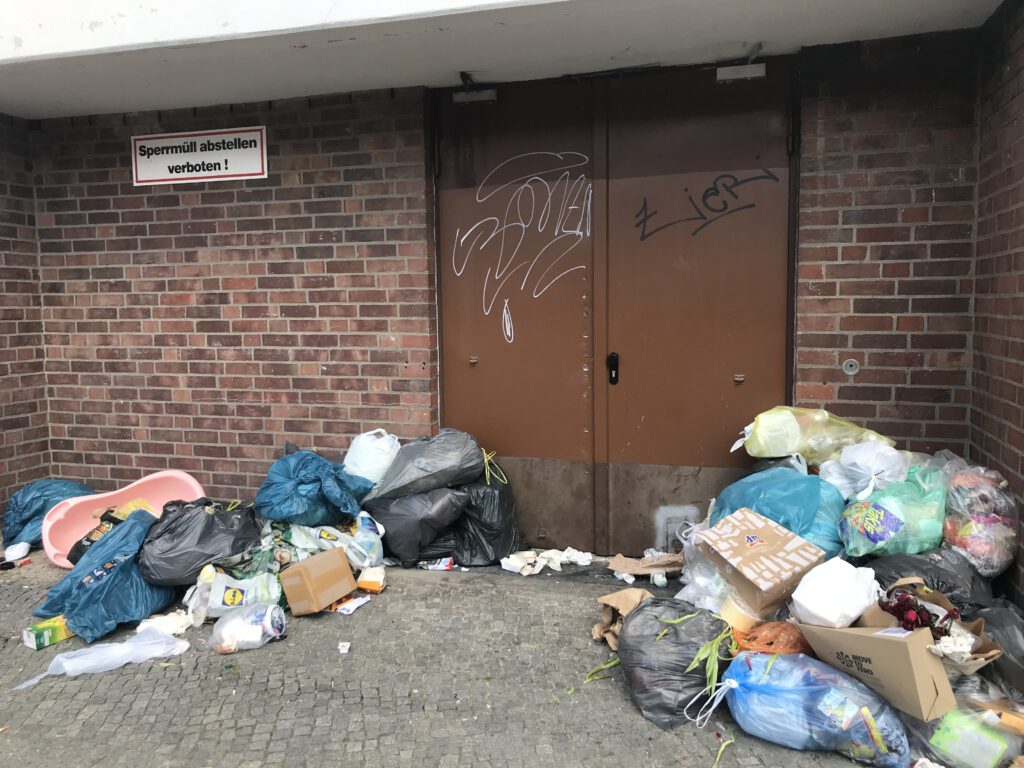
Household waste – the fridge needs energy to cool – we stuff it full of cardboard, plastic and chemically preserved food – every product has an emission value – we cool waste –
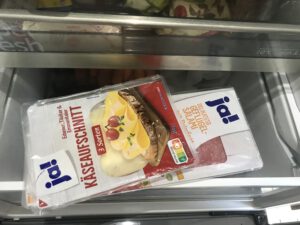
highly processed food (HPF)
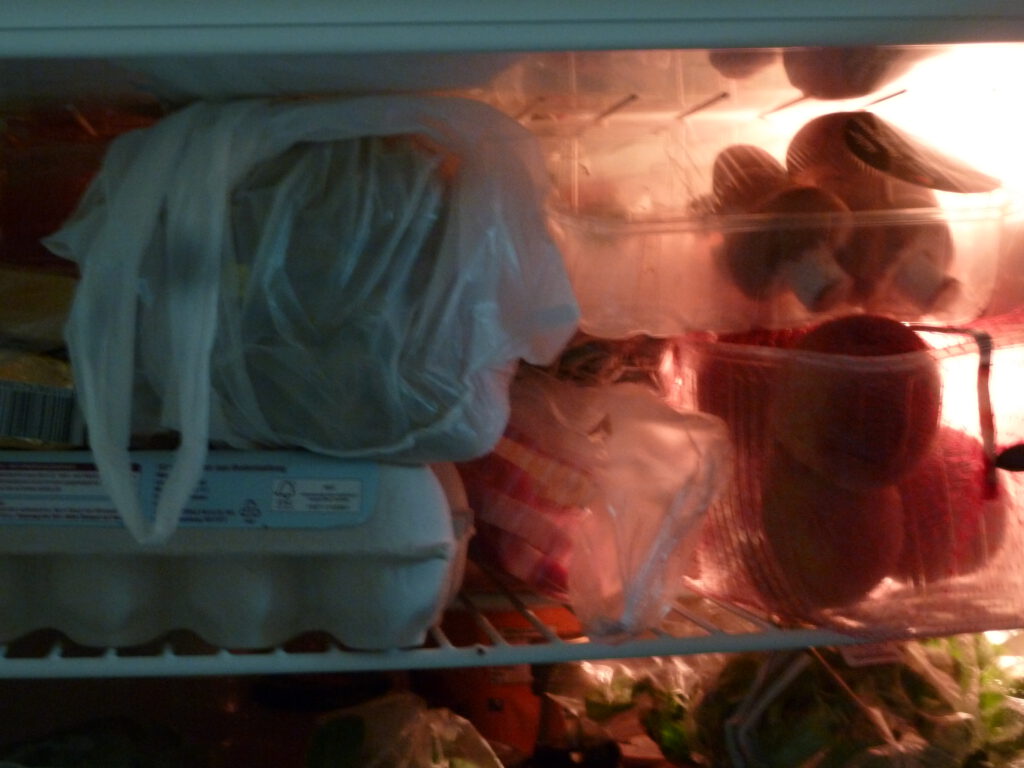
The cheese – that doesn’t go moldy –
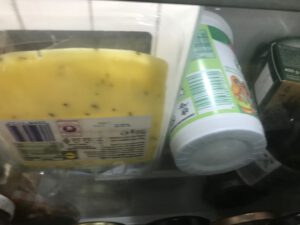
highly processed food
– produced – bought – cooled – thrown away –
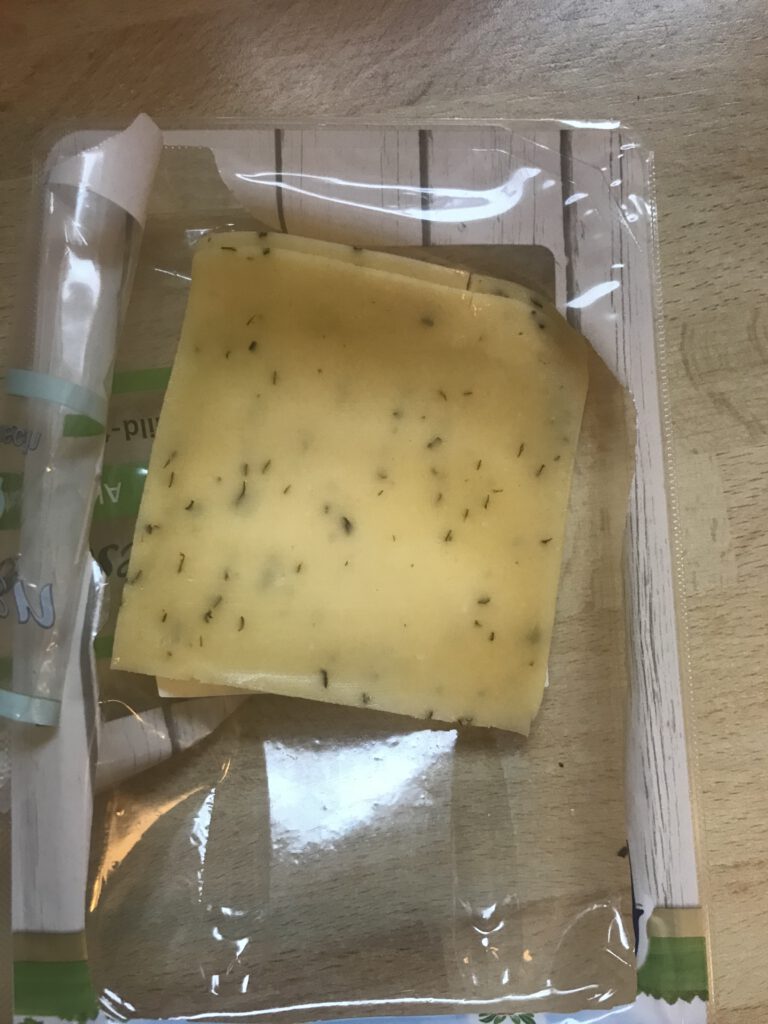
Household waste and bulky waste – the masses of everyday waste in the private sector are getting bigger and bigger – why is that?
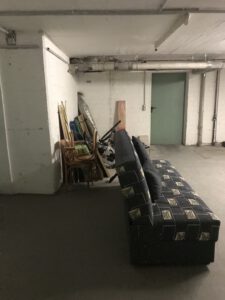
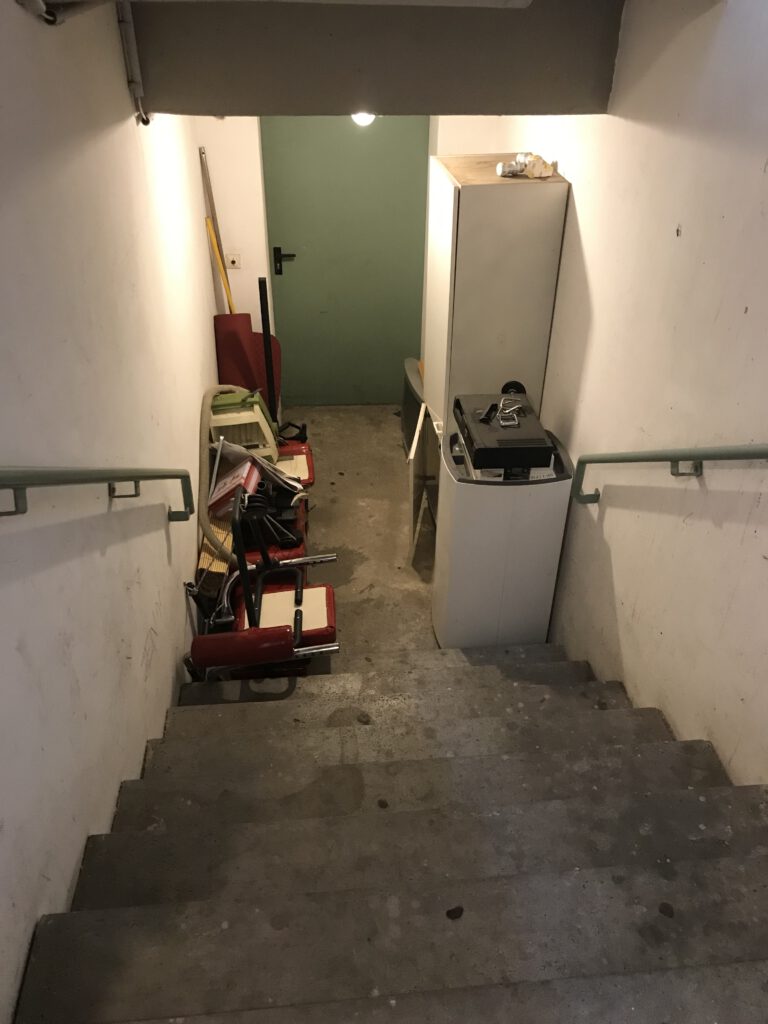
privat and public – abused and abandoned –
Household waste, from the home to the garbage room, is generally perceived as a private matter. Yet our attitude to our waste, to our shared spaces, to our public spaces and to nature is of the utmost public importance worldwide.
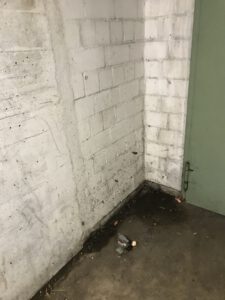
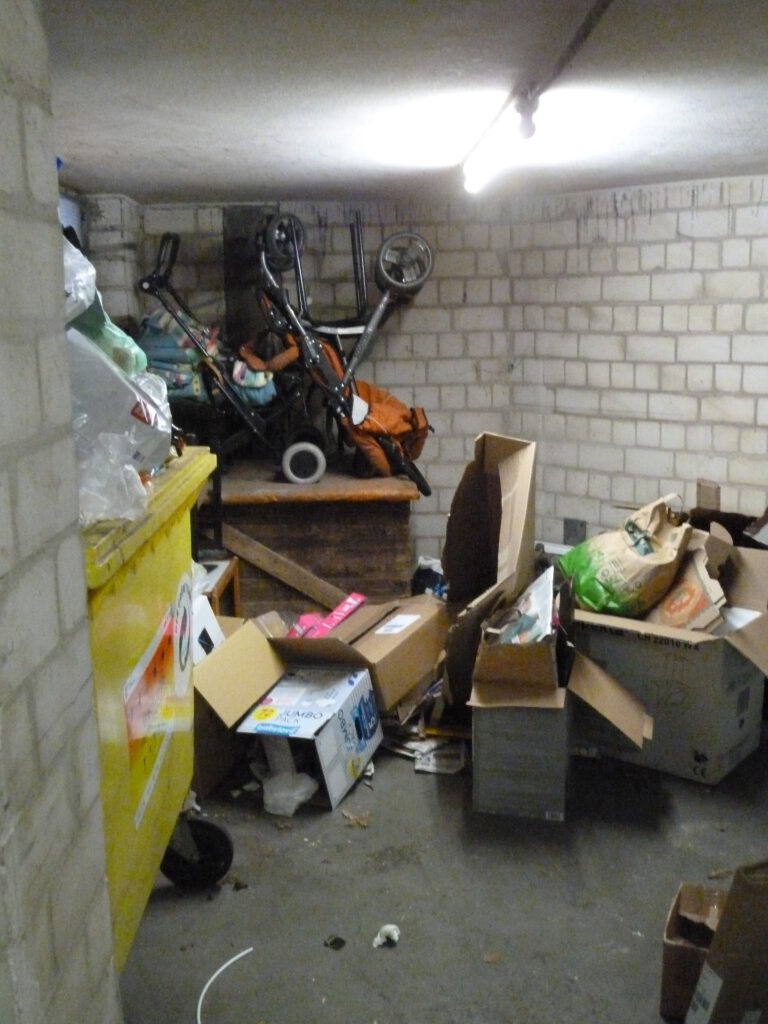
Public spaces – scenes of a repressed reality …
yet so many wonderful things could be done here!
The potential of places is often not recognized from the point of view of sustainability and preservation in general.
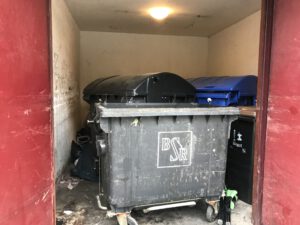
But so-called investors see development opportunities immediately. And then comes the demolition and densification of European cities.
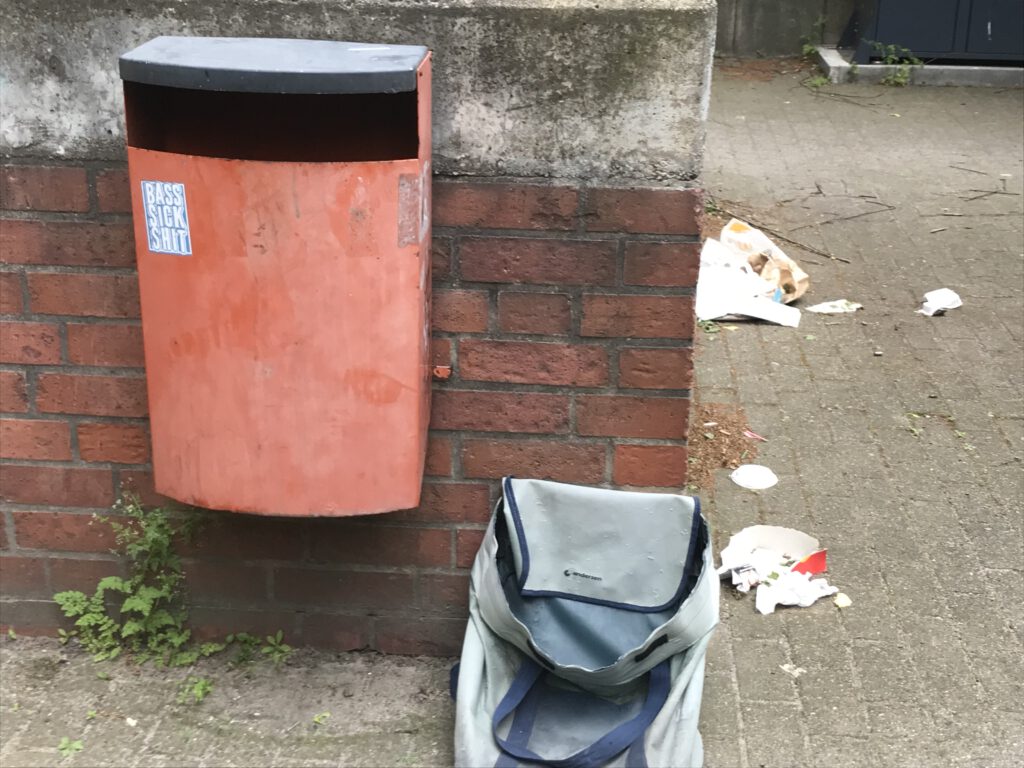
Dealing with public spaces in the house – you can actually be happy that you have dry, clean and safe cellar rooms and staircases.
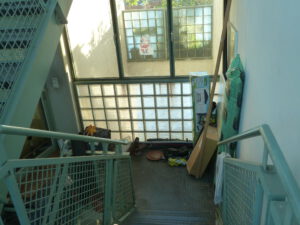
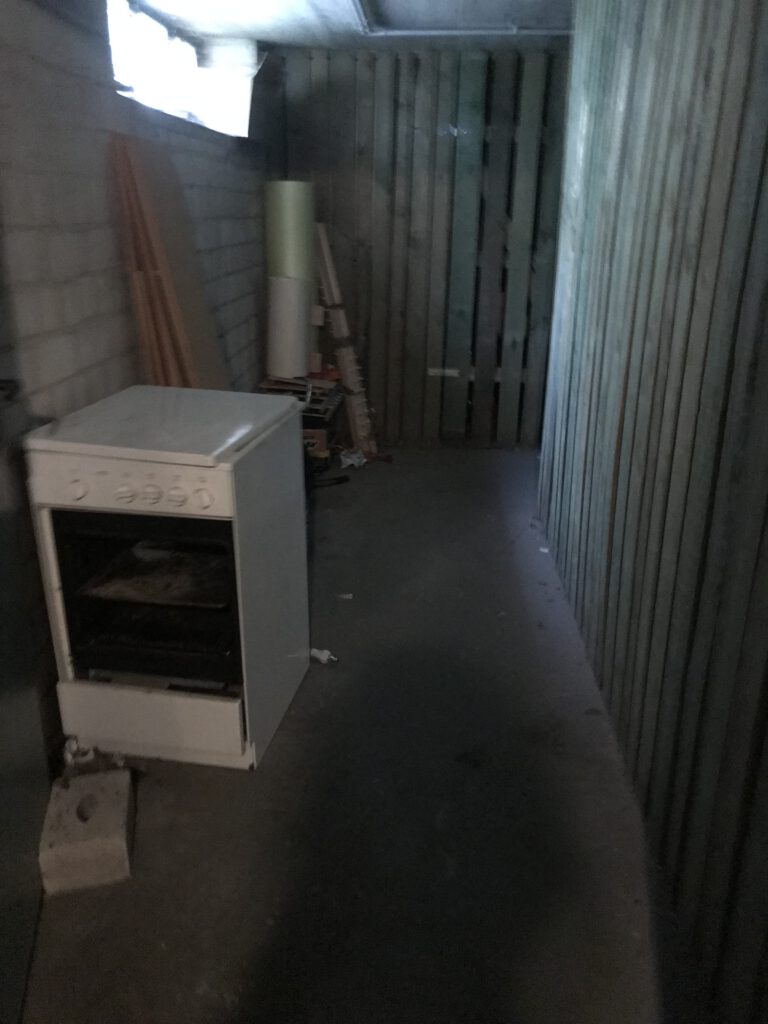
A room – filled with bulky waste – becomes unusable for a useful functions –
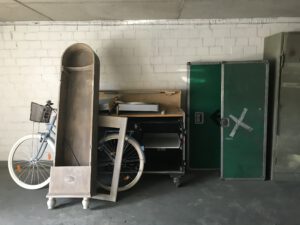
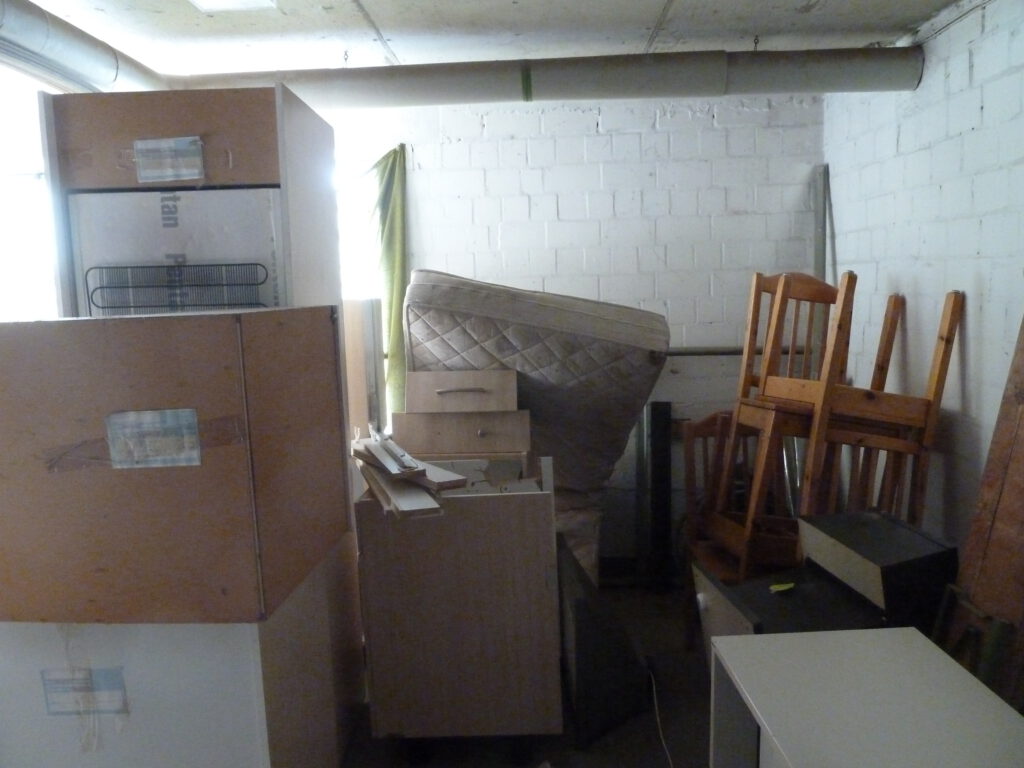
– A children’s room was cleared out here –
The recycling system means processing recyclable materials. Does that mean we can continue to produce waste unchecked? No, we can’t. The New York Times reports the 14th of February 2025:
“Nowhere does today’s waste trade reach more boggling dimensions than with plastic. The time scales alone are dizzying. Bottles or takeaway cartons that you own for moments embark on arduous, monthslong, carbon-spewing journeys from one end of Earth to another. Upon arrival in villages in Vietnam or the Philippines, for example, some of these objects get chemically reduced — an energy-intensive task that unleashes innumerable toxins and microplastics into local ecosystems. The process’s ability to produce new plastic is at best dubious, but the environmental and health cost is cataclysmic. Plastic waste in the developing world — clogging waterways, exacerbating air pollution, infiltrating human brain tissue — is now linked to the death of hundreds of thousands every year.” Alexander Clapp
By Alexander Clapp
Mr. Clapp is a journalist and the author of “Waste Wars: The Wild Afterlife of Your Trash,” from which this essay is adapted.
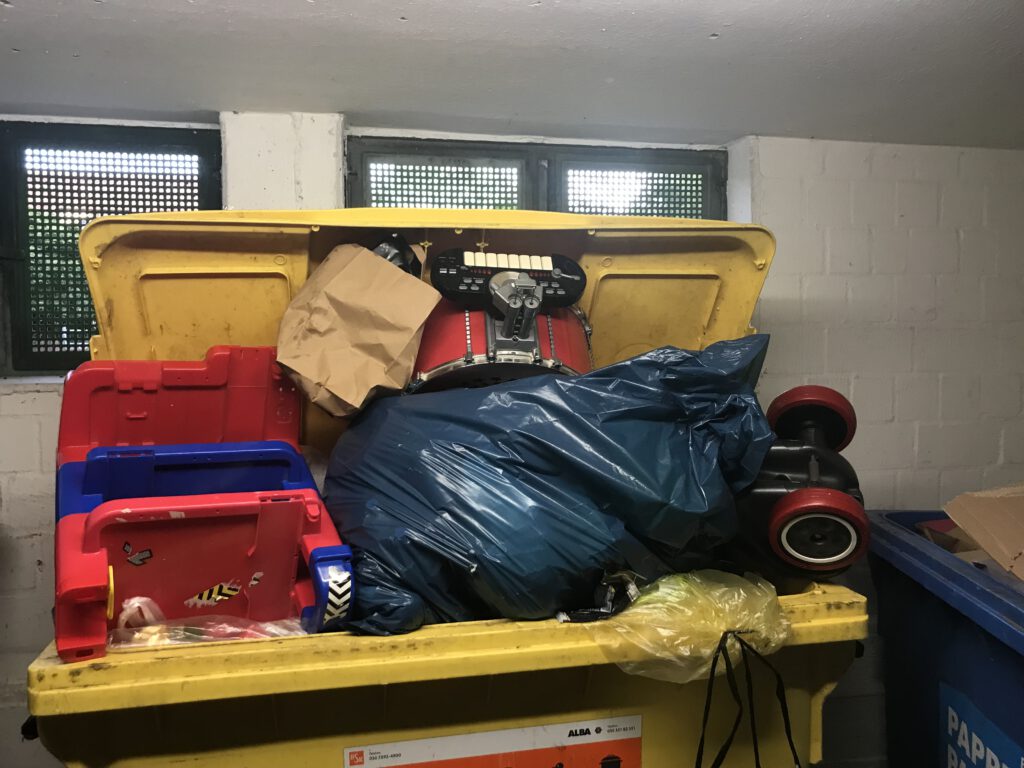
stacked up to the ceiling – how is an employee of the Berlin city cleaning service supposed to move this container?
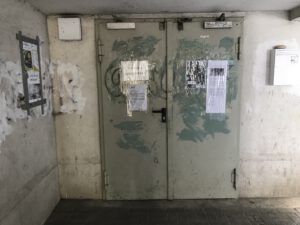
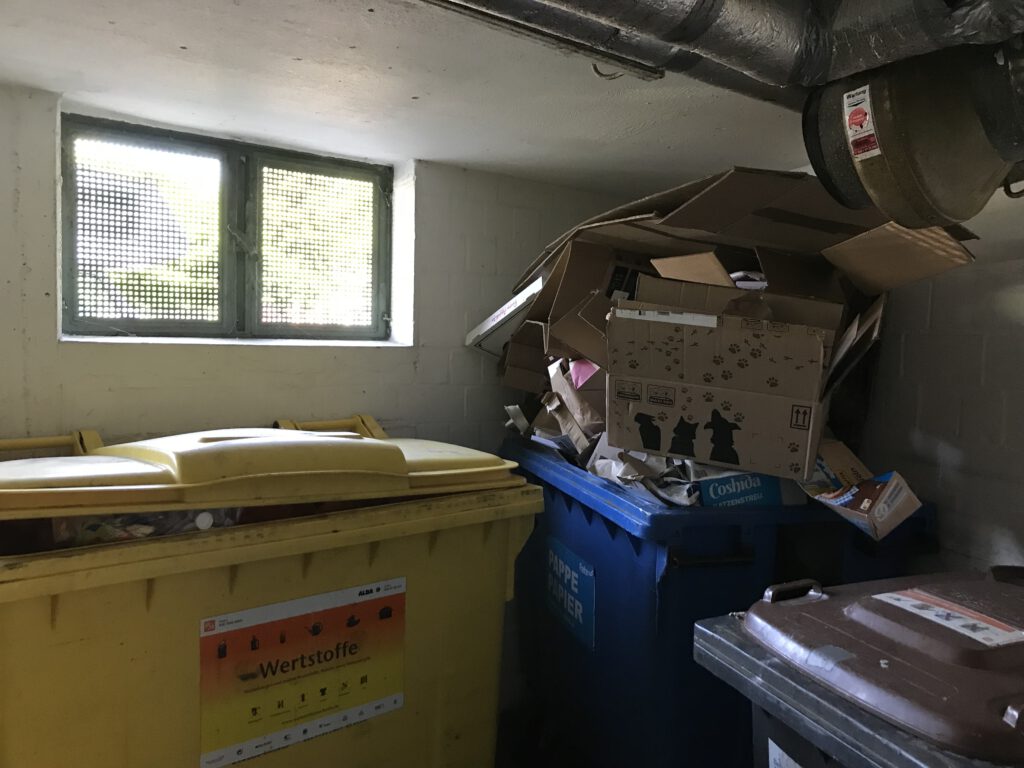
Word definition: to dispose of – to free from waste – official language –
shift of mind: we free nature and our public spaces from littering by us
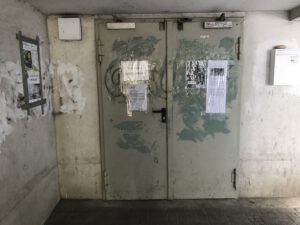

The sustainable practice of circular management is already part of the Berlin city cleaning company’s program and this is also what it says on the black garbage can. Waste is turned back into energy.
But we do not use space and energy in the private sector in a sustainable or socially acceptable way. How can we change that?
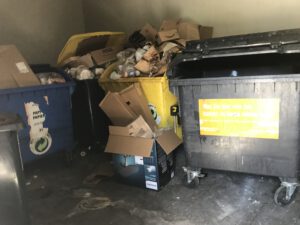
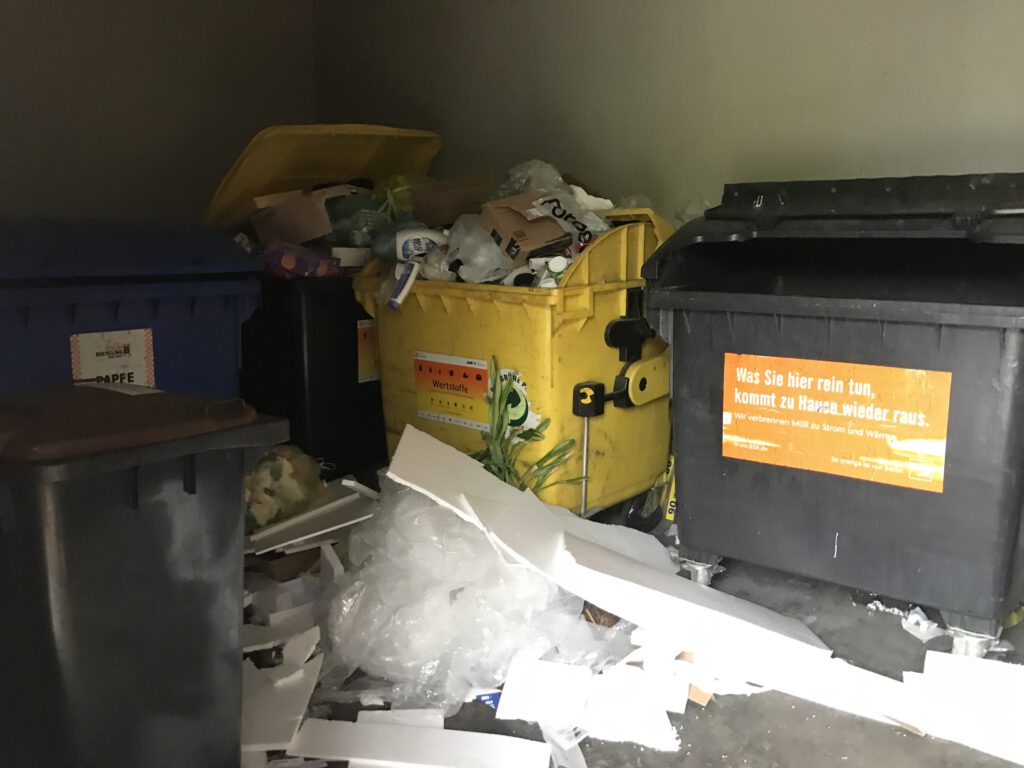
What message does our garbage have about us?

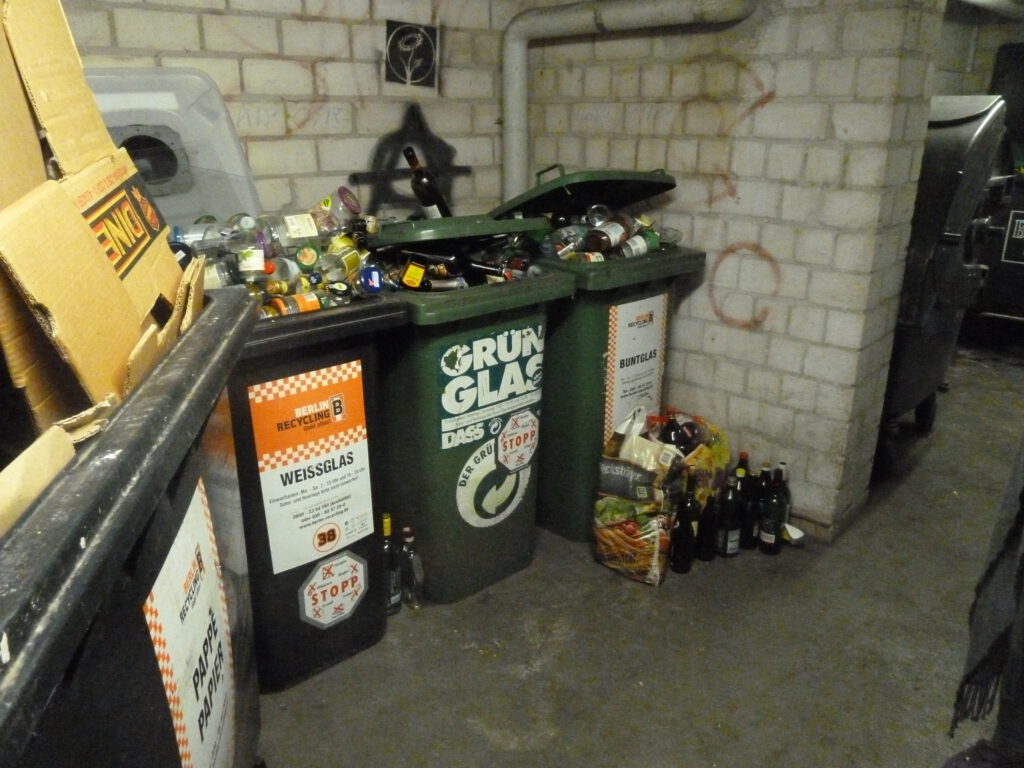
buy cheap – get rid of cheap
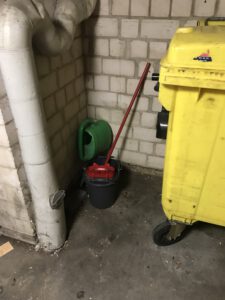
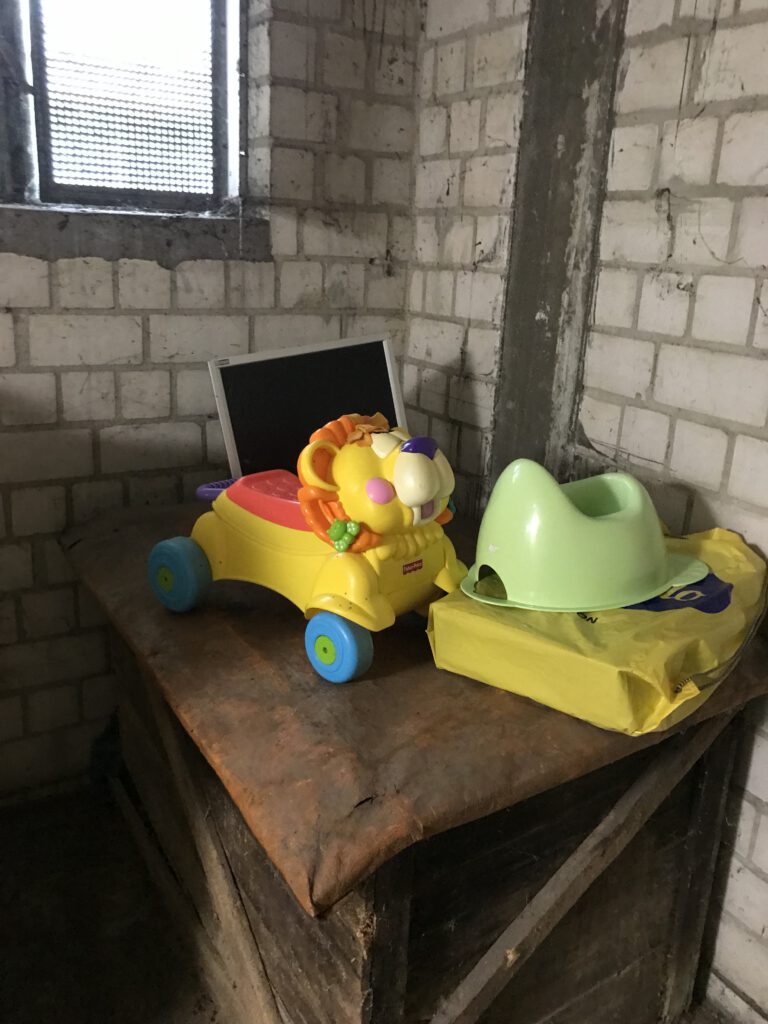
secretly parked
a traffic calming zone, which serves the safety of pedestrians, and which is used as a bulky waste area – functionally structured urban space becomes unusable
–
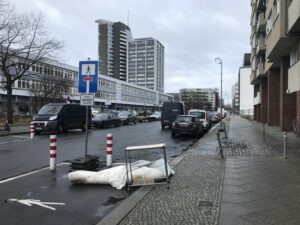
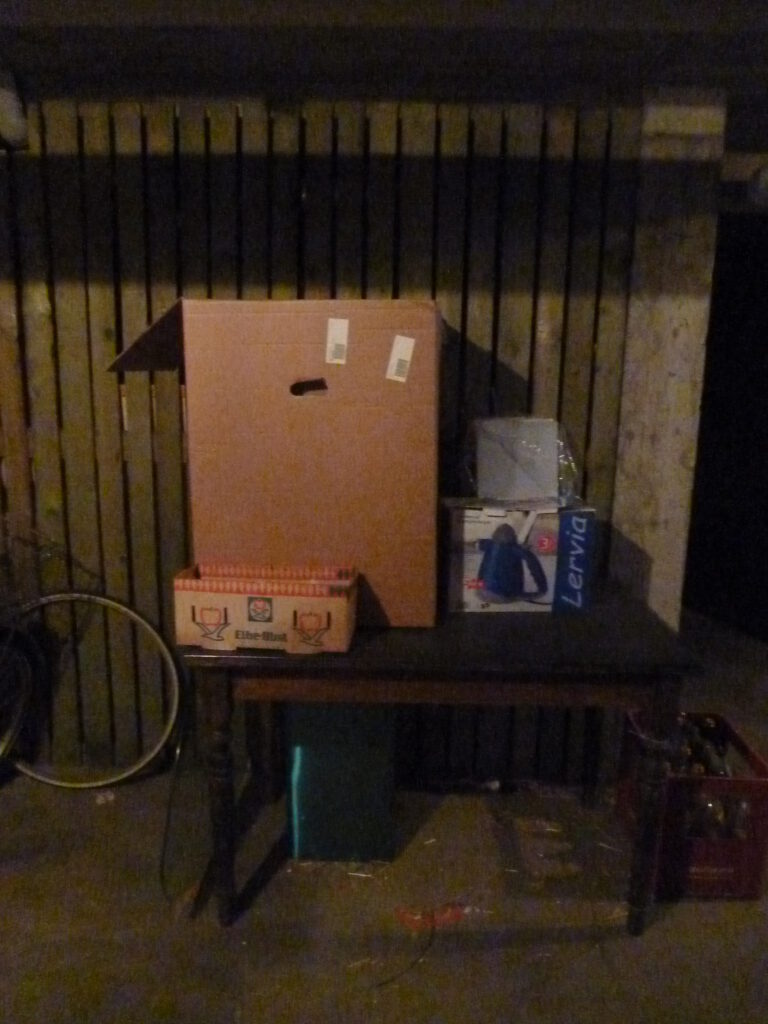
secretly parked
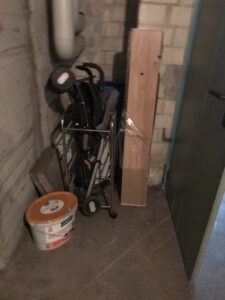
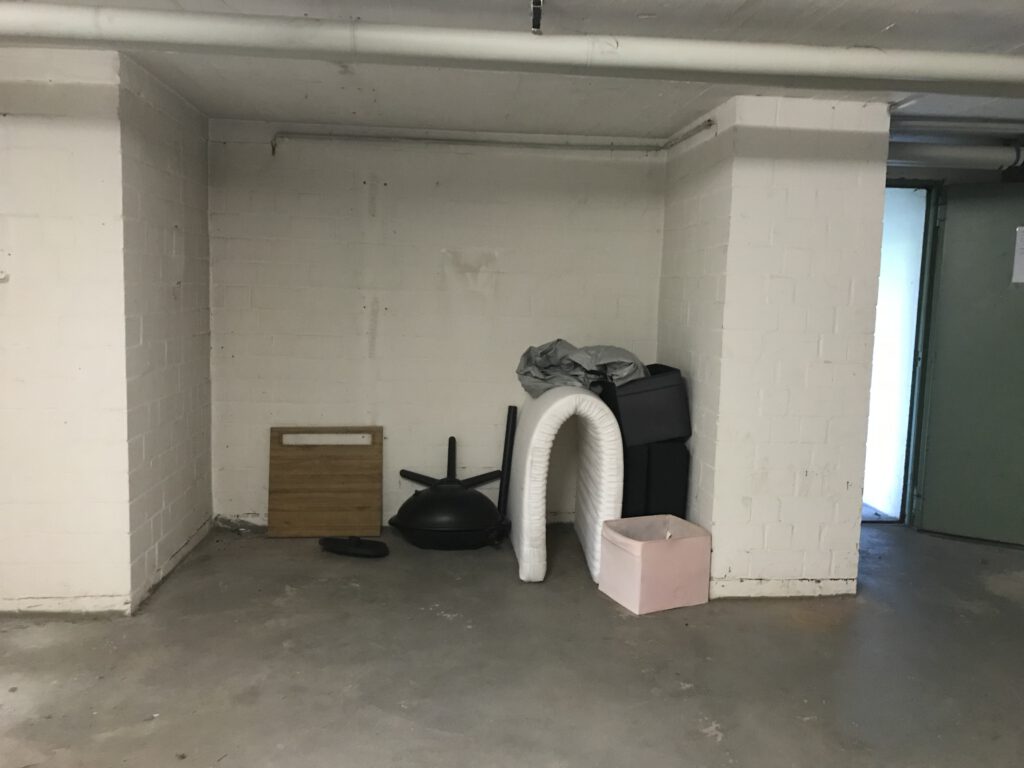
secretly parked
In the freedom we have – we secretly put our bulky waste on the street and write a sign saying: “to give away”. Giving away something good is nice. But is it okay to give away garbage? Here you can see two children’s chairs that were broken. I checked that out.
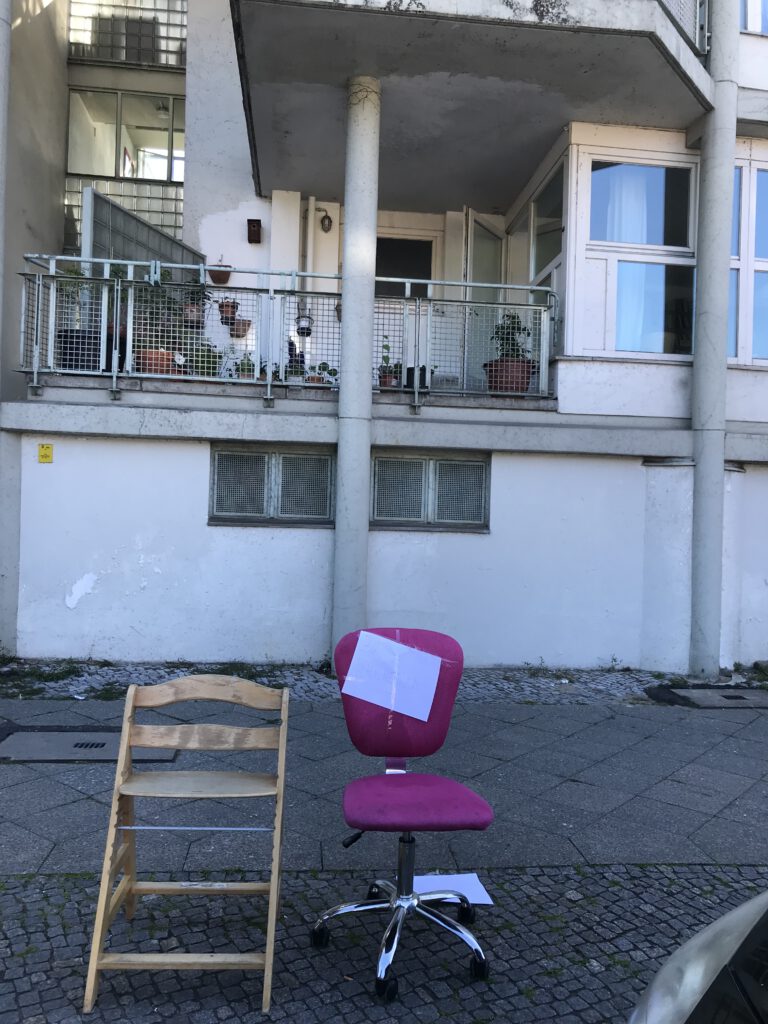
Indifference – it’s not the amount that matters when putting garbage down – it’s the attitude – that shows – and the effect it has on us – alienation
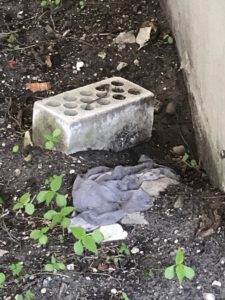
secretly burried
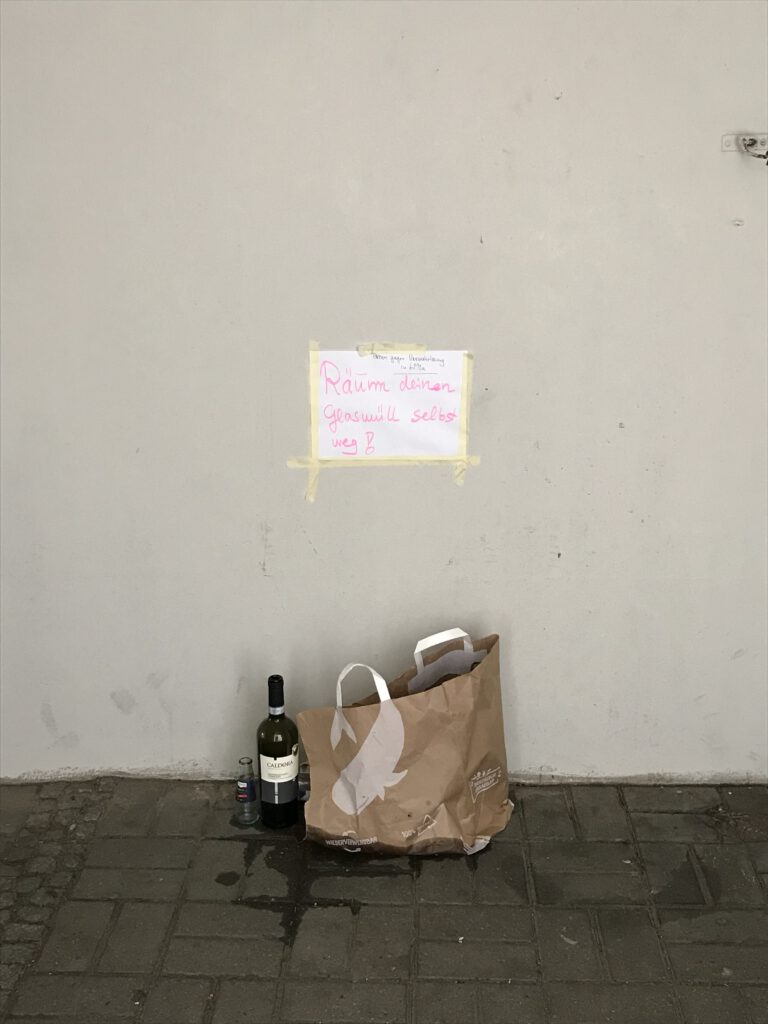
The city as a sustainable living space
We can understand a city for what it is, a sustainable ecosystem, a structure, that keeps us alive.
This message has not yet arrived
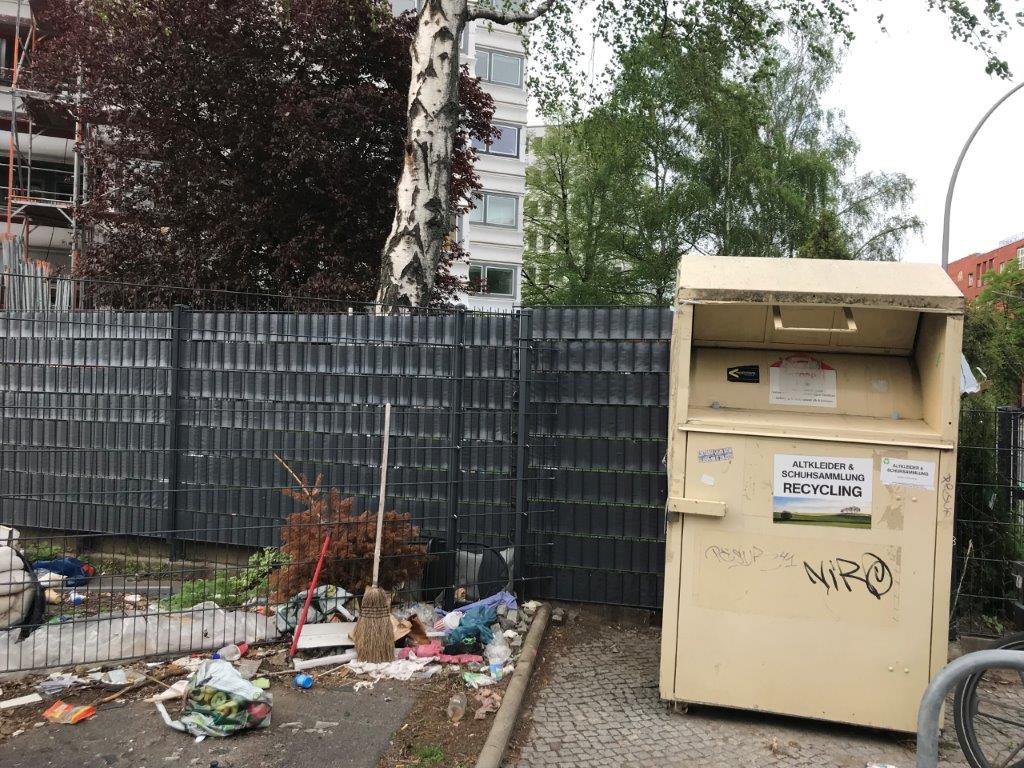
Urban biotopes – we don’t have to go back to the roots, back to the pre-industrial age – we can combine the tried and tested with the new in a sustainable principle – we can do it ourselves – transnational and cooperative – worldwide –
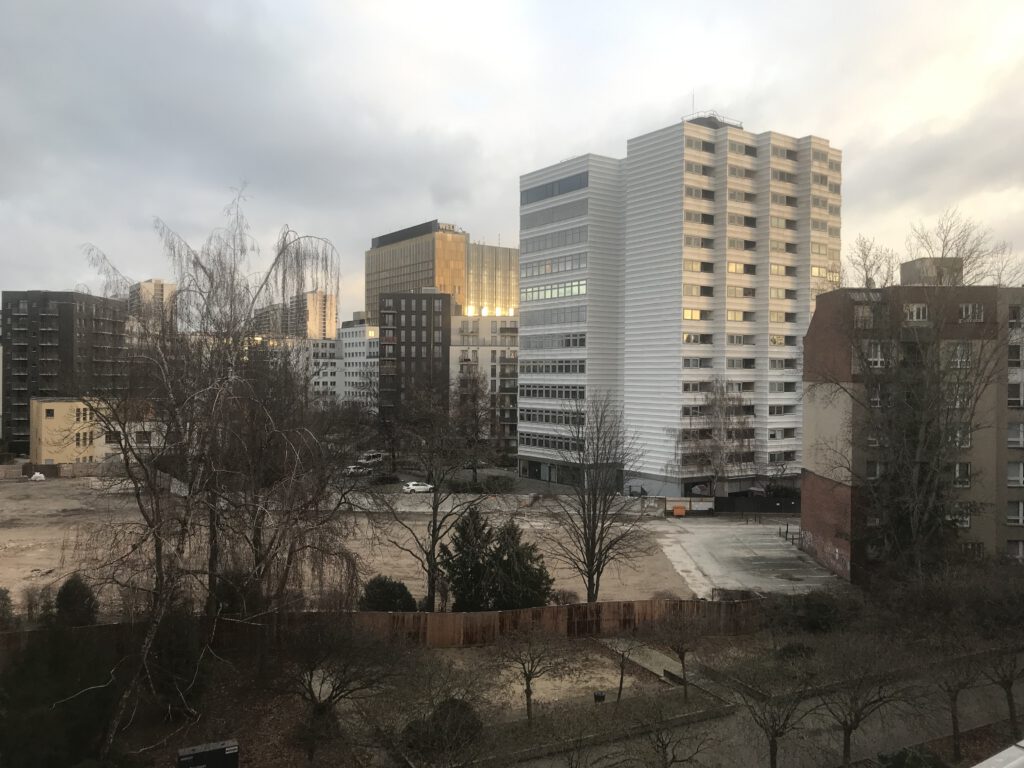
accept and care for our homes …
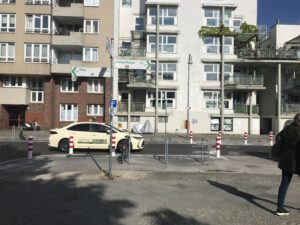
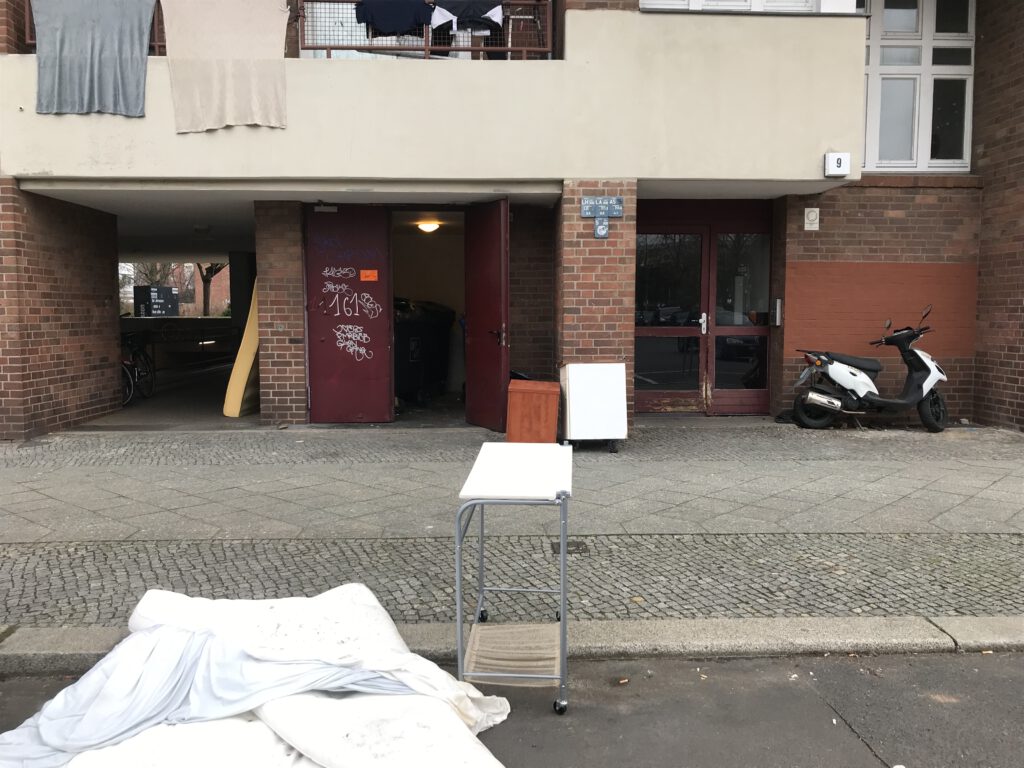
What actually is sustainable management in the private sector?
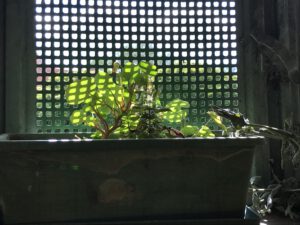
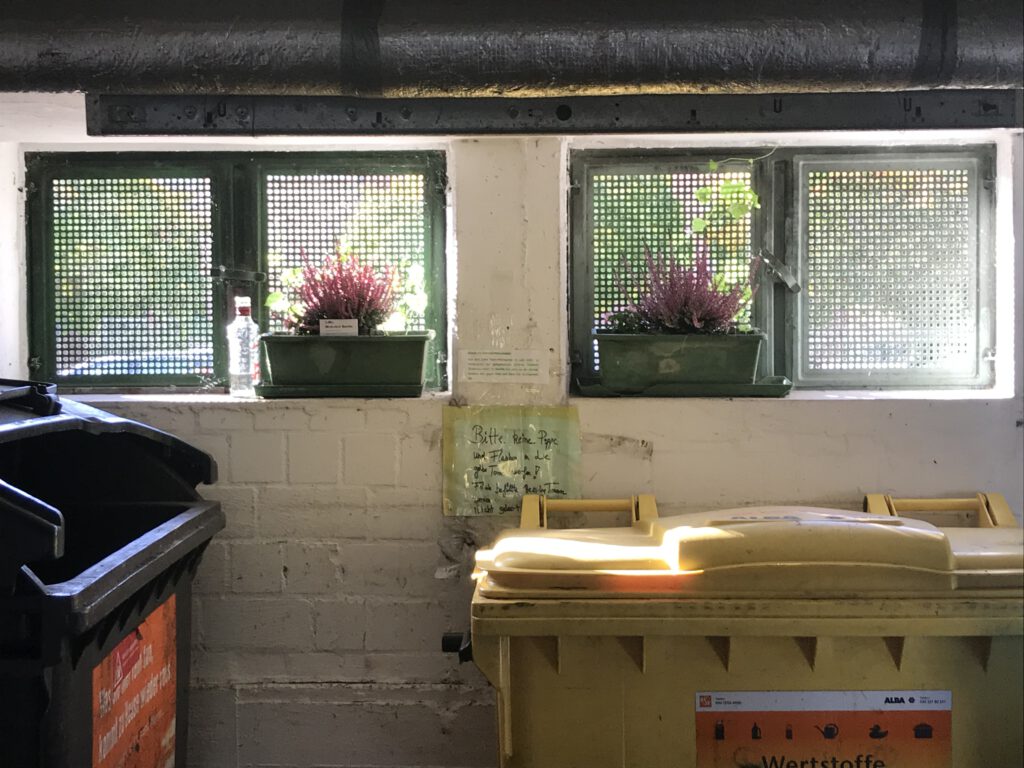
This is waste.
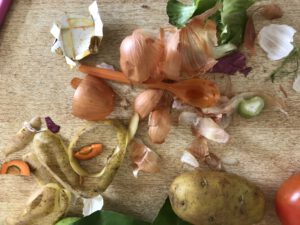
It can simply be returned to the cyclical process of creation and decay and creates new life in decay. – no chemicals – no plastic – does not cause any costs – this is sustainable.
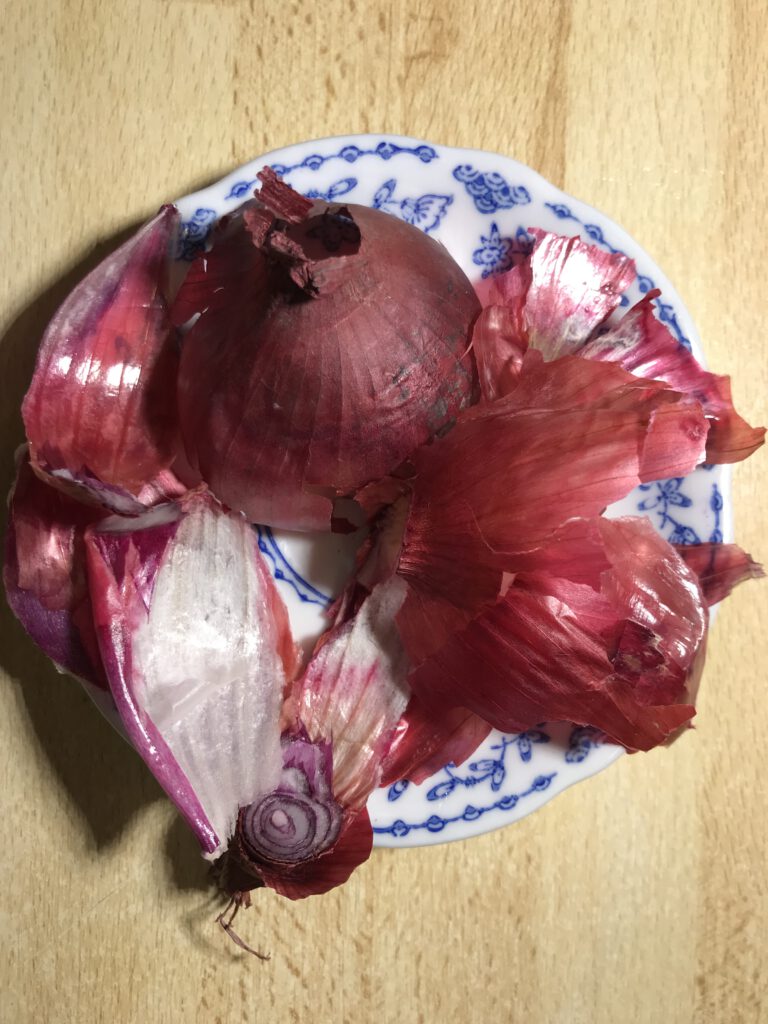
Sustainability is – that you avoid producing waste, that is not degradable
– Buy kitchen towels – that you can boil – brushes made from natural materials – avoid plastic sponges – plastic brushes –
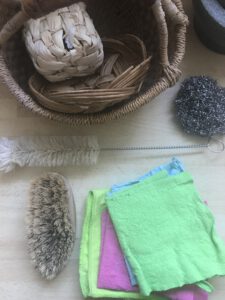
Stop buying products that are packed or filled in plastic. Do not produce waste. This is sustainabe.
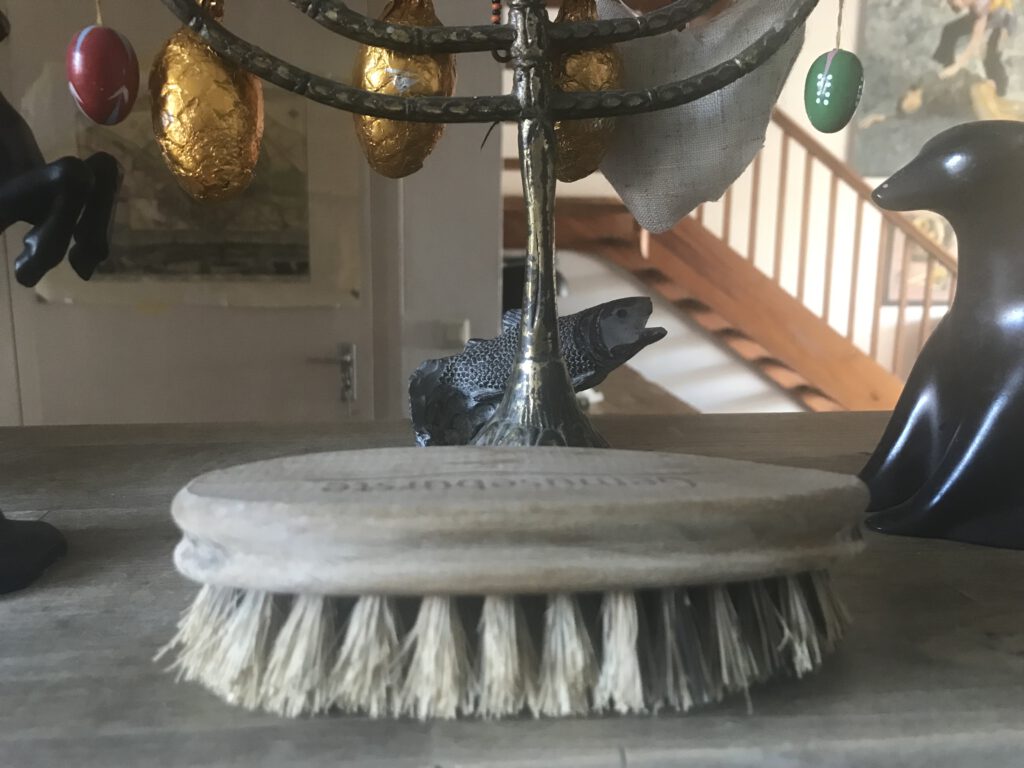
Organic waste supports biodiversity
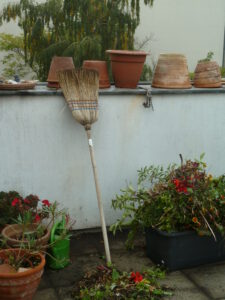
Garden waste, vegetable waste goes back into the biological cycle and becomes soil. This organic waste feeds mosquitoes, worms and spiders, mites and millipedes. It supports the diversity of species. This is sustainable.

Learning sustainability from worms
Agricultural scientist David Witzeneder has developed the worm bin for city dwellers. It gives us city dwellers the opportunity to compost organic waste in our homes. I call this worm bin a university. It teaches us how to turn organic waste into soil in the smallest of spaces. The worm not only produces soil, it also makes the soil permeable through its activity. Roots not only need water but also air.
“the worm is the best gardener!”: wormbag.com

where the child plays
Where there is structure, there is lawfulness. The observing child is shaped by its experience of the moving and vital world around it.
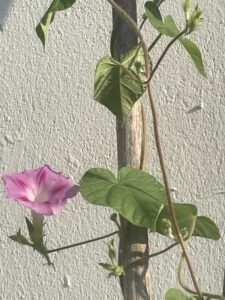
The light, the scent, the sounds, the diverse textures of the materials are all there to be discovered. A sustainable and natural environment encourages the world explorers of the future. This is a forwardlooking education. It is sustainable.

structure and memory – ants had lost their nest – the brood was lying outside – after two hours they had brought it to safety – there was not a single egg to be found – observe and learn from nature.
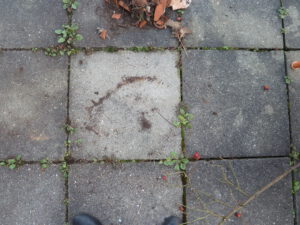
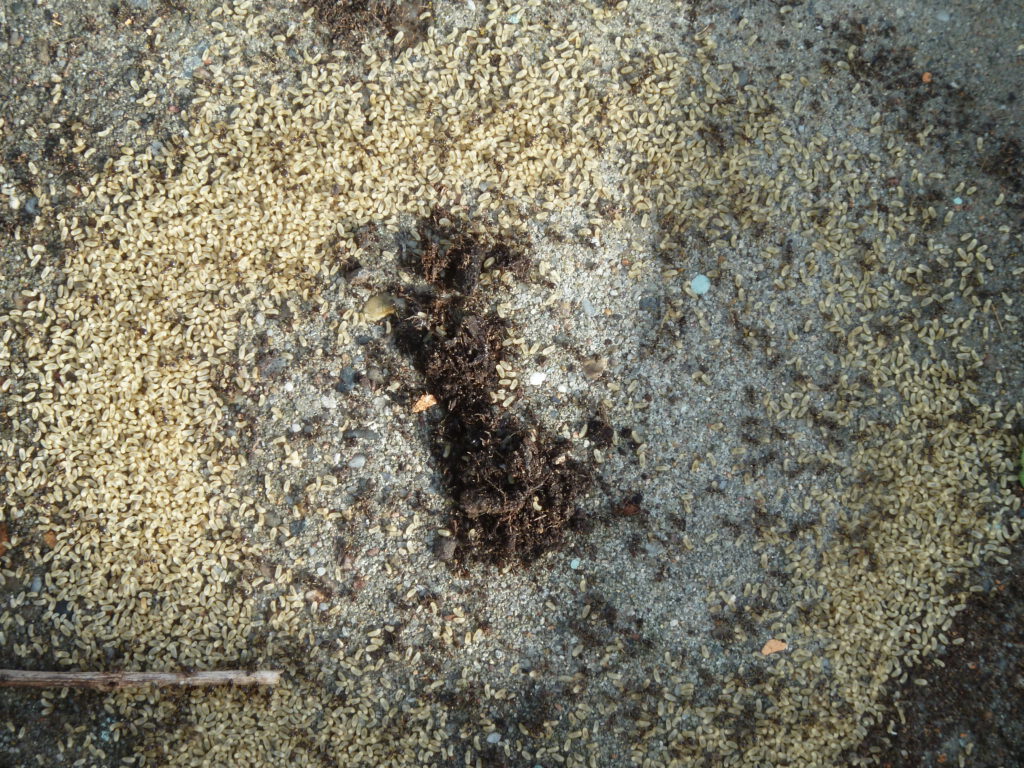
Age – The pebbles are millions of years old. They come from the Pleistocene age. The porcelain shards come from households of the last 200 years – in the Holocene age.
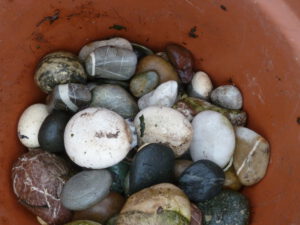
Thinking in terms of ages and generations is sustainable.
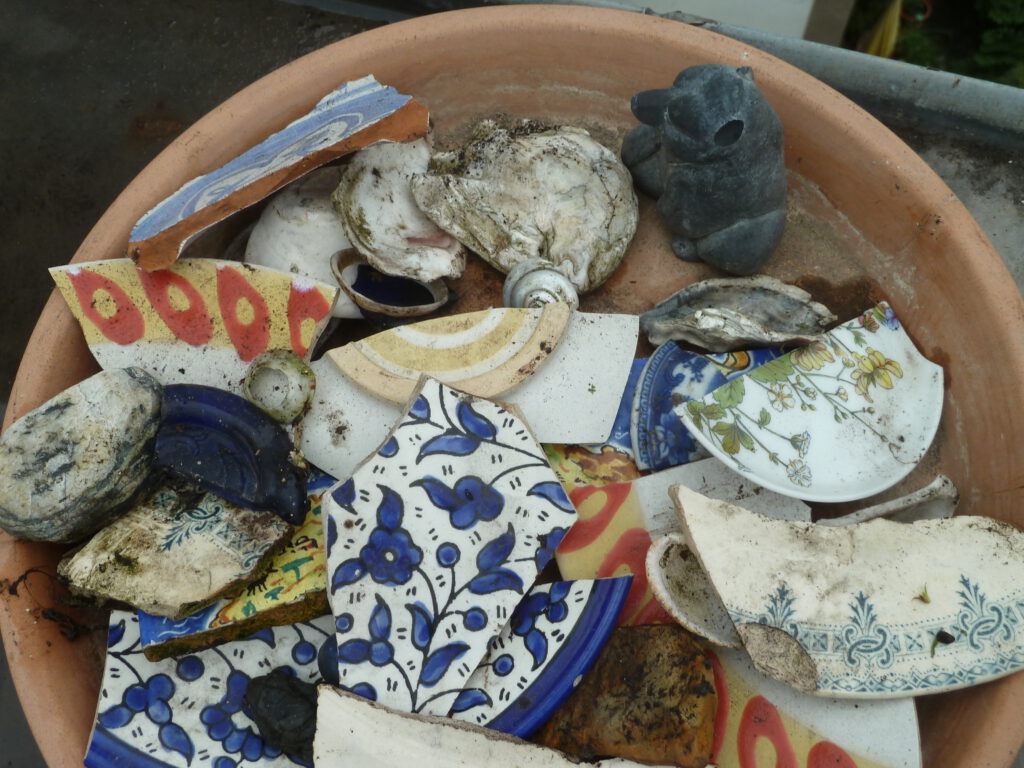
Structure and reconstruction
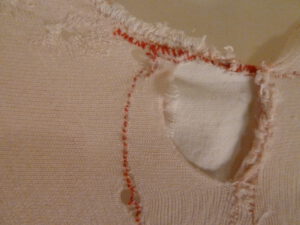
– we can repair – reassemble – reconstitute the tried and tested – this is sustainable
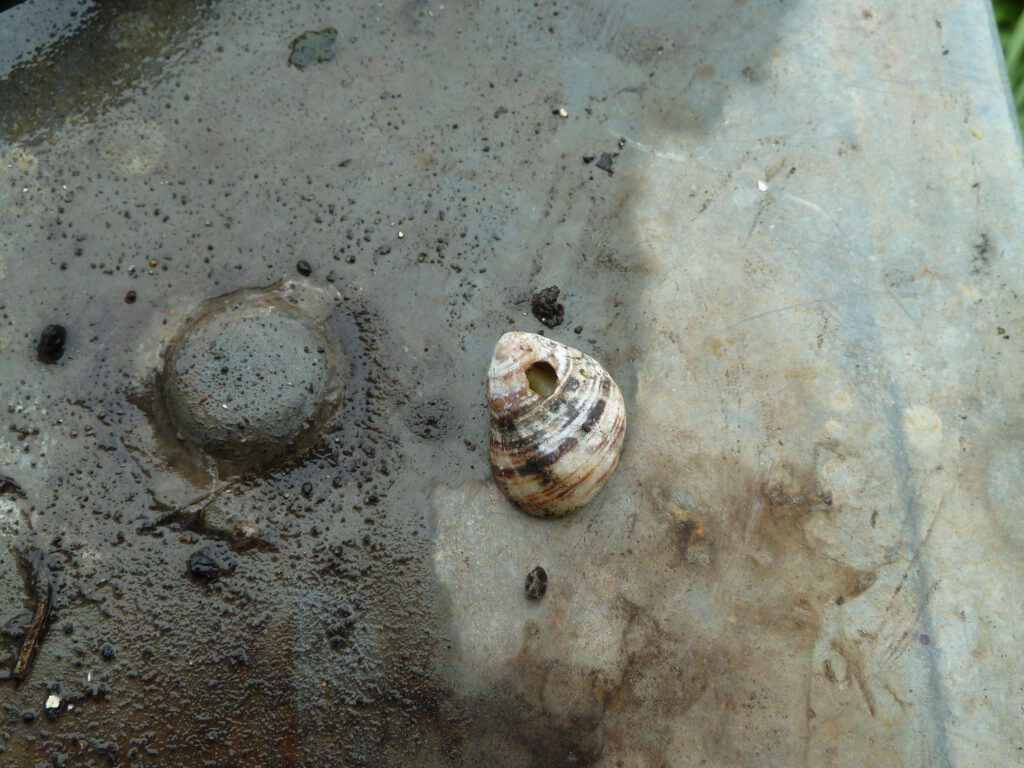
Respect for nature
Traditionally, the women of the Evens in Kamchatka in Siberia cooked their food outside on the fire. They say: “Fire is a gift from the gods. The food cooks quickly. If a man comes, he can eat right away.
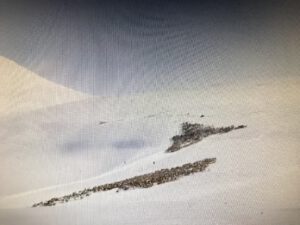
They honor the animal whose meat they eat. Nothing is thrown away. That is sustainability.
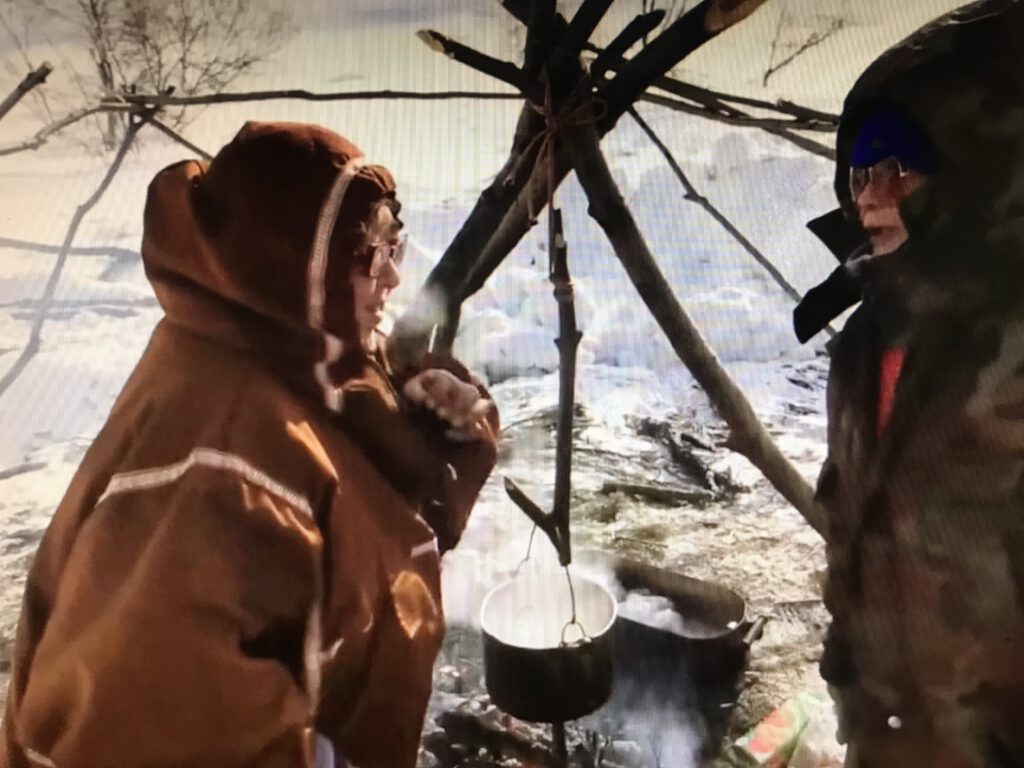
Structure – sustainability – preserving
Observing the fabrics in the wind and rain comes naturally. You see something. You pick it up. You don’t get lost in the hustle and bustle of the world. Culture and sustainability create peace within you. You create your own little personal order. You create a collection of organic things around you that you keep.
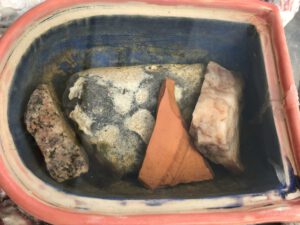
We need homes that have different climate zones so that we can store and plant, and that allow us to be in contact with the weather. Communicative architecture is a fundamental part of sustainable living in our cities of the future.


The oceans and their beds, rivers and lakes, the mountains, the atmosphere, the forests and the earth’s soil are complex ecosystems that feed us and keep us alive. Everything is systematically interconnected. We live and survive from the knowledge that is in nature and that is in us. This is sustainable. Sustainable management is preserving the resources from which we draw and living within the laws that apply to all.
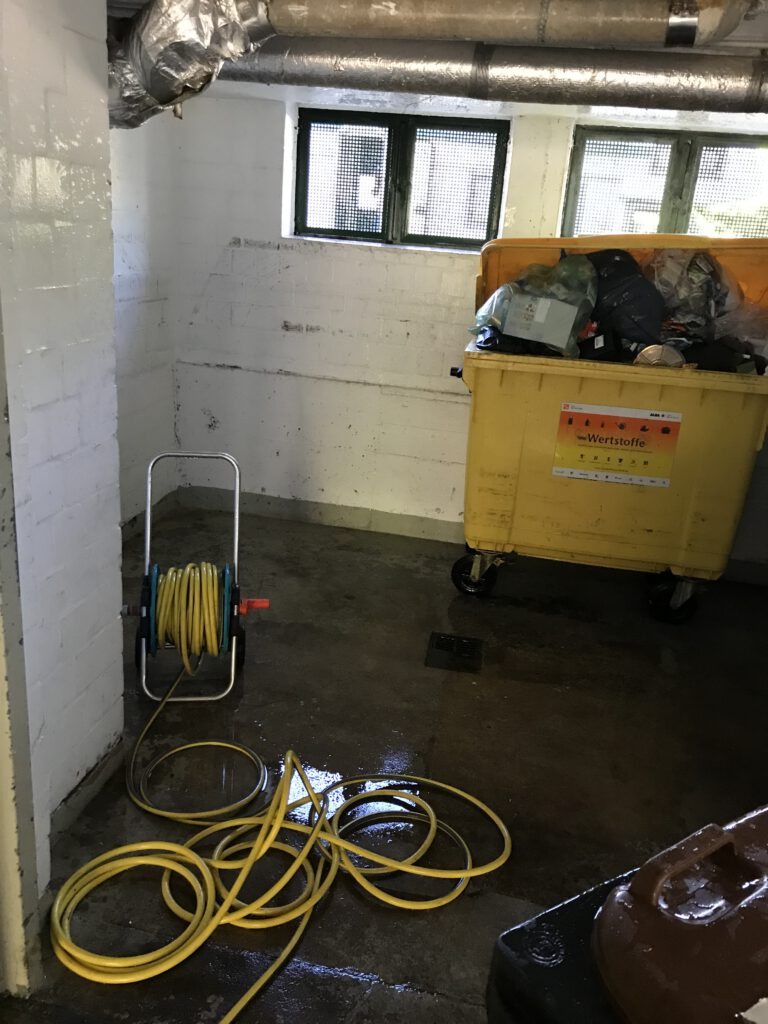
Furniture that lasts a hundred years – thats sustainable –
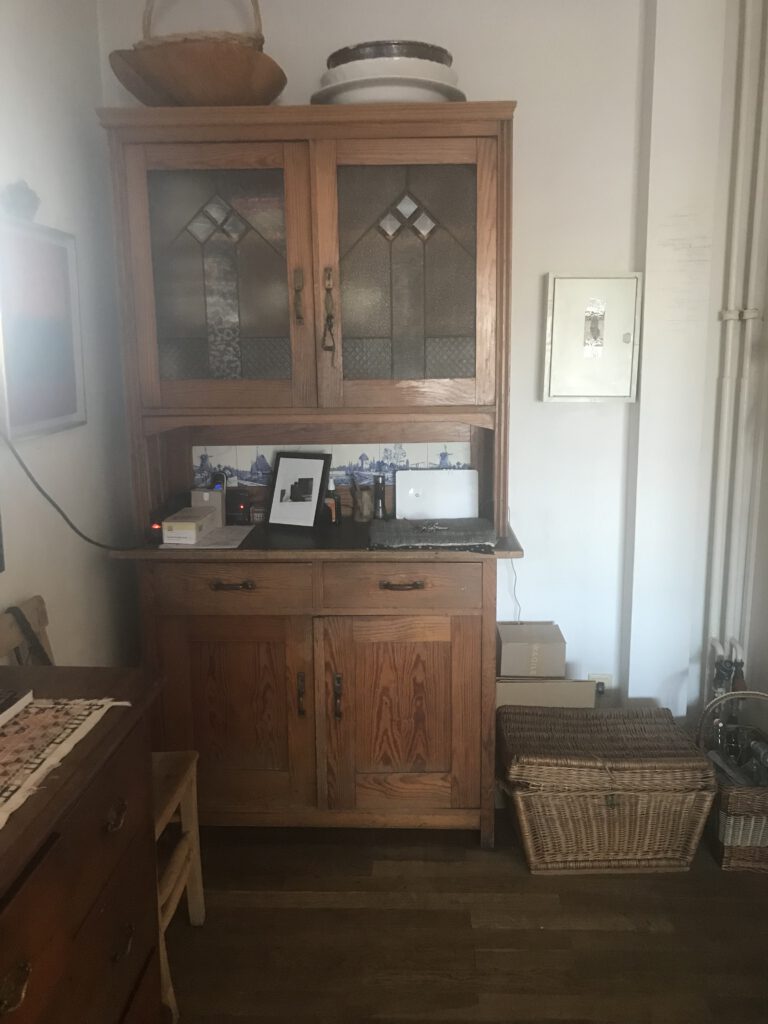
Liberal democracies and the freedom of others in the age of climate change
We think democracy development, history and climate change together.
Liberal democracies require that people from different walks of life, different ethnic -or education background meet each other in normal life and share life in public spaces.
Acting together in such a way that we value the abilities of all people, their creativity, and the knowledge that lies within them, is a good way to approach each other humanely again and thus recover from the isolation.
We then move back into a shared reality and the horizon opens up again. Together, we can overcome social crises in the era of climate change. This world belongs to all of us.
If we deal with climate change, develop technologies and are active citizens with responsibility for the whole, then we are powerful. We can look to the future without fear. We make our own future.
Climate change – we – can – do – something! is a campaign of the Lima Wohnhof Initiative Berlin.
responsible: Gabriella Sarges
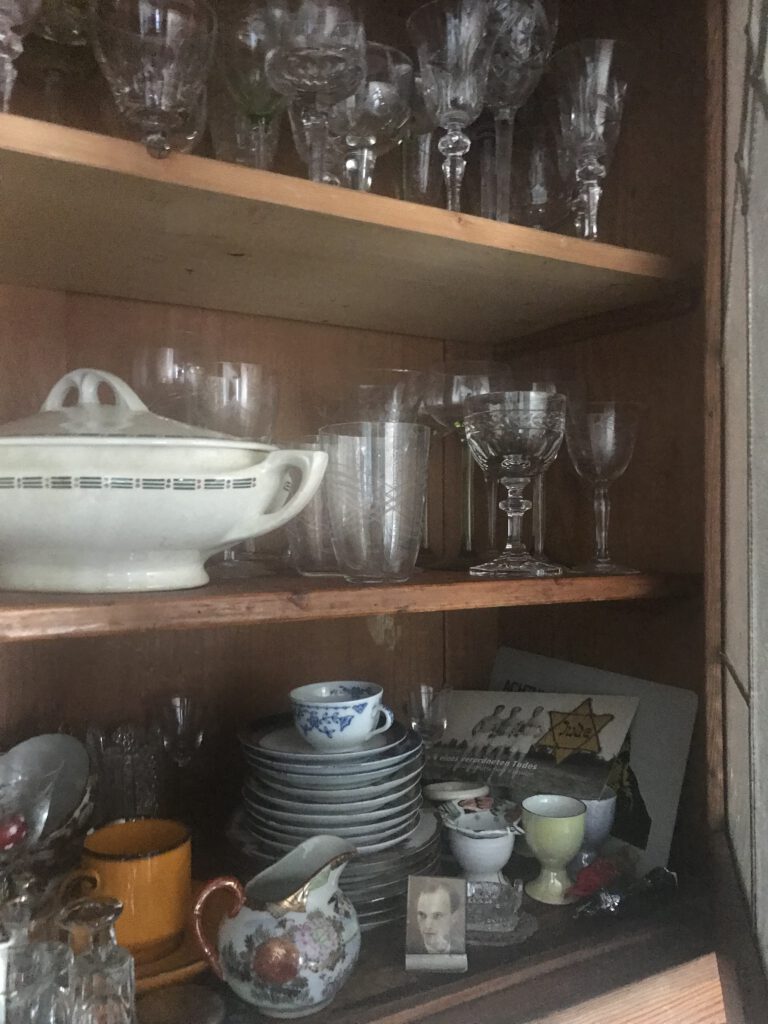
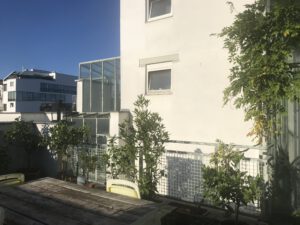
The summer quarters of the LiMa Orangery—a shared rooftop terrace of the LiMa residential courtyard
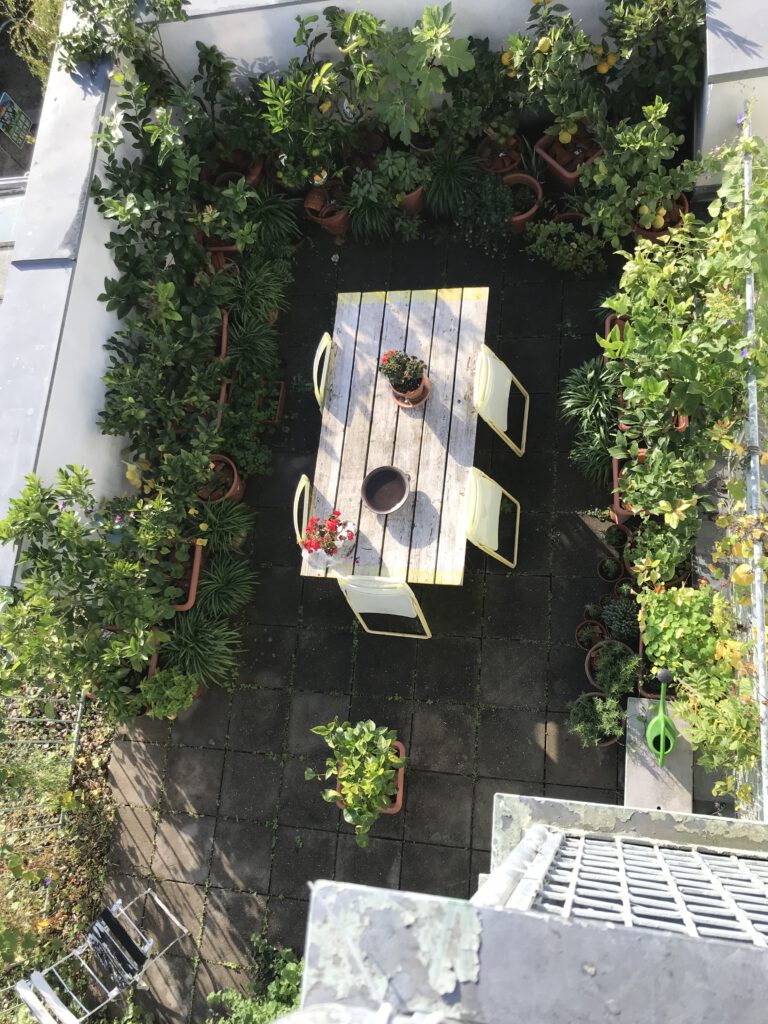
The LiMa Orangery
It all started in the winter of 2020, during the pandemic, I bought a Citrus ‘Lunario’. The Lunario then got a sister, the Citrus Sinensis, a sweet orange. We can learn from nature.

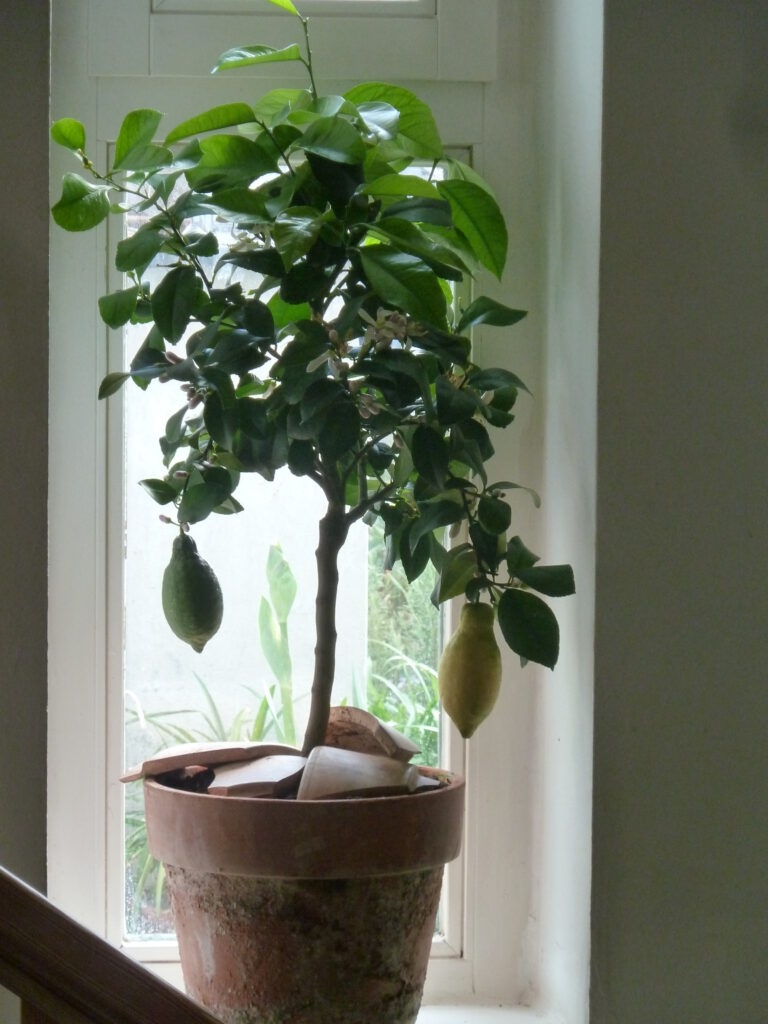
LiMa citrus cultivation
Today, with 12 trees, I harvest between 10 and 20 kg of fruit per year. No lemon from the organic market can compete with the exquisite taste of LiMa fruits.
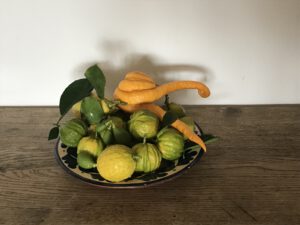
We present the citrus trees and sustainable and organic production in LiMa:

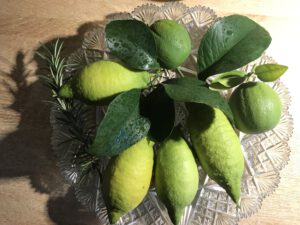
The Citrus Lemon ‘Lunario’
Lemons are green. The color of the fruit changes when the nights get cold. The lemon tree is a robust, vigorous tree that grows quickly when given the right location and care. The ‘Lunario’ blooms all year round and continuously produces oval-shaped, vigorous fruit. The lemon is one of the youngest citrus fruits. It originated between 1.5 million and 200,000 years ago and is a cross between the citron and the bitter orange.
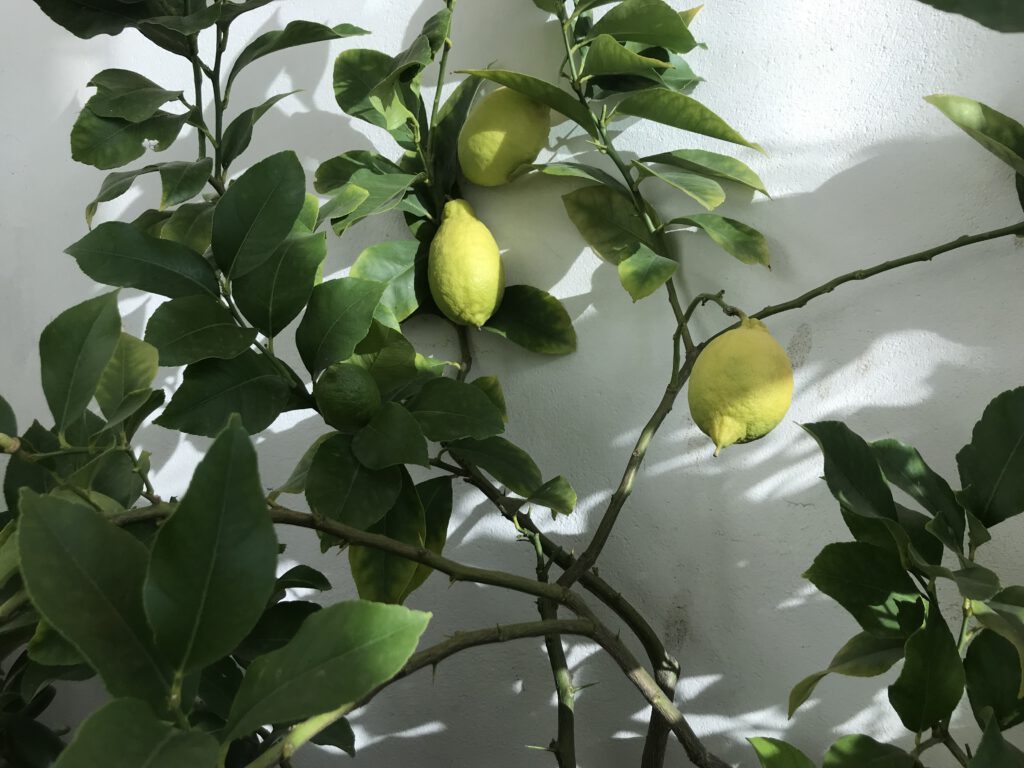
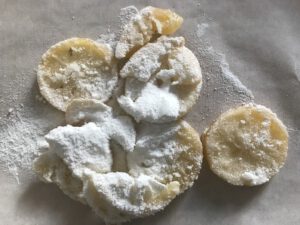
Citrus lemons need a year on the tree before they can be harvested. They are suitable for making syrup and liqueur, can be candied and fermented, and used to flavor sweet and savory dishes. Lemons are a treasure. Their peel contains the powerful sharpness of their flavor. When candied, it is completely preserved. In syrup, you will be impressed by the flash of light and minerals. There is no waste with my lemons. I use every part of them.
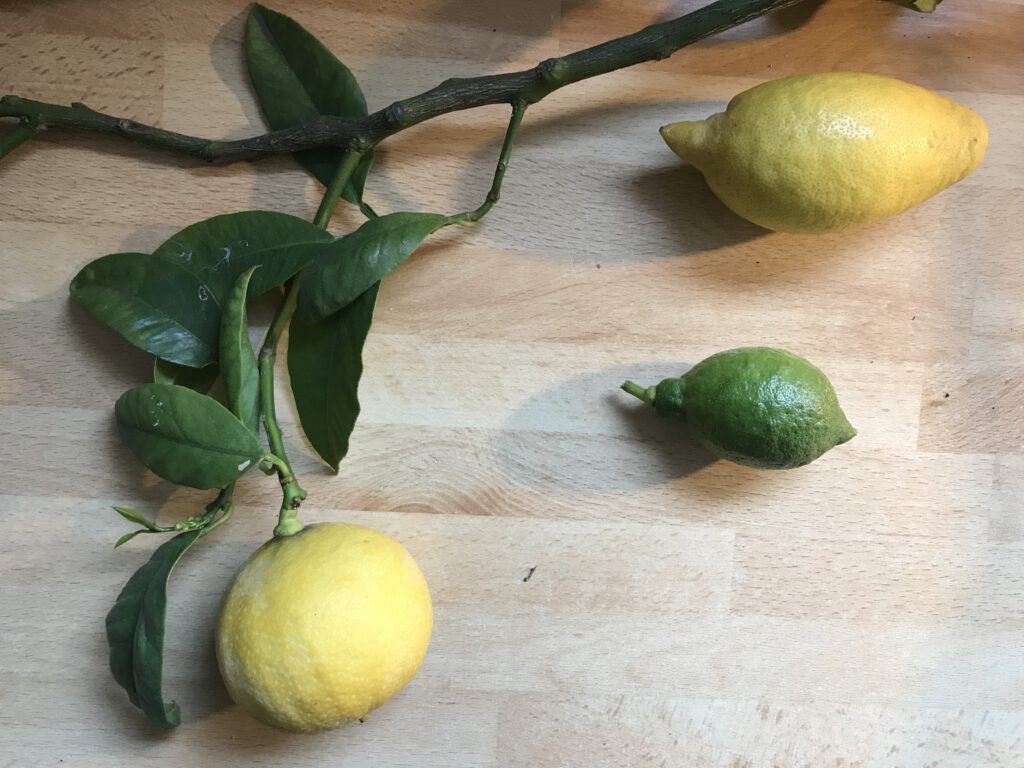

Limoncello di LiMa – lemon liqueur
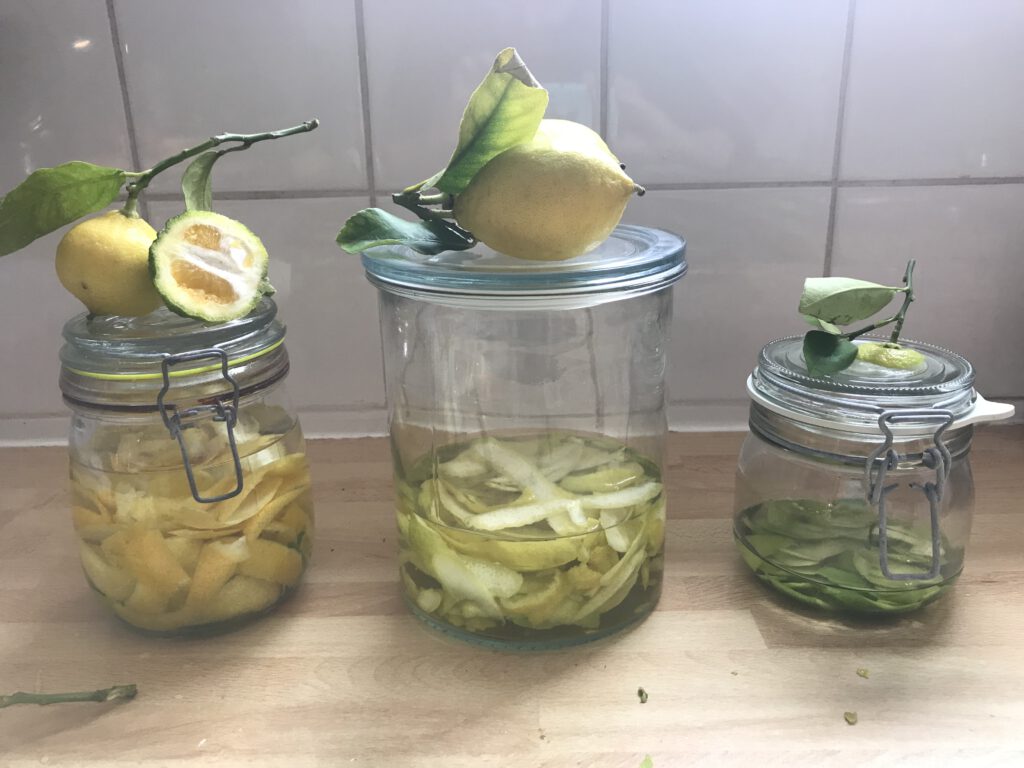
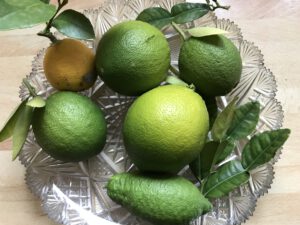
Citrus Sinensis – sweet orange –
The orange originates from China and is a cross between a mandarin and a grapefruit. While the bitter orange arrived in Italy as early as the 11th century, the orange was not cultivated in Europe until the 15th century.

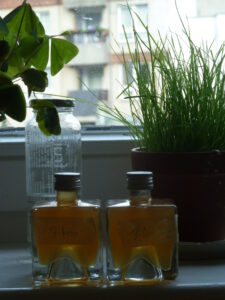
The syrup made from sweet oranges is irreplaceable. It has a full-flavored, fruity citrus note. Orange jelly can be flavored with bay leaves or thyme. You can use this jelly for dressings, with pastries, or in desserts. You can vary candied orange with dark chocolate.
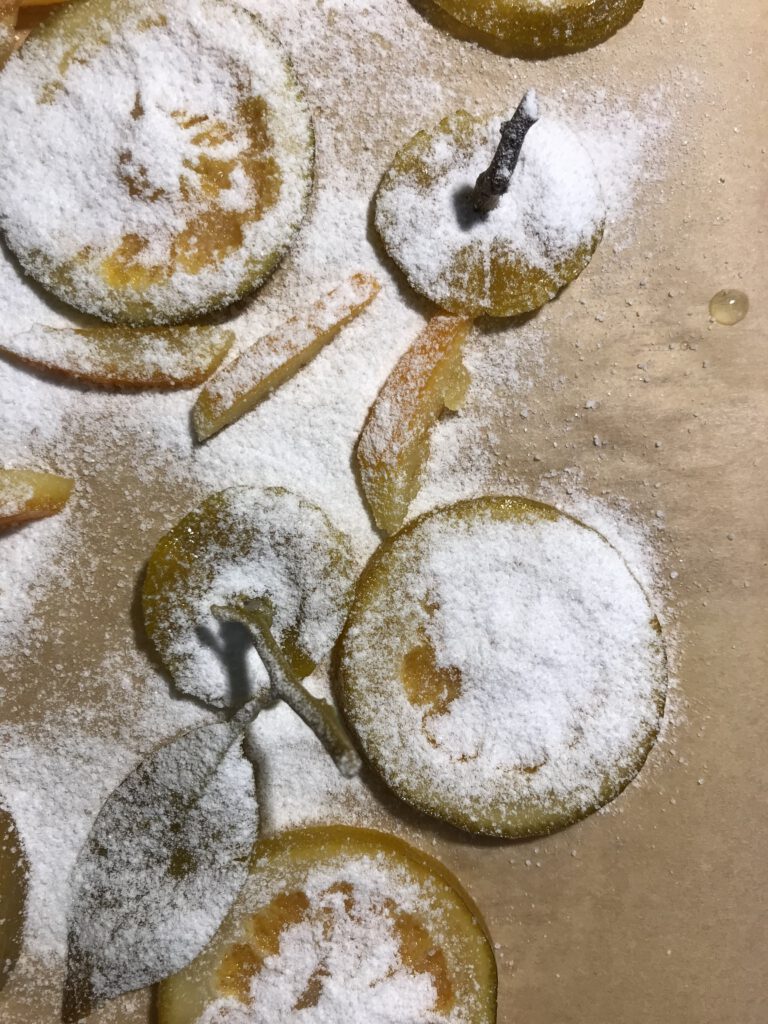
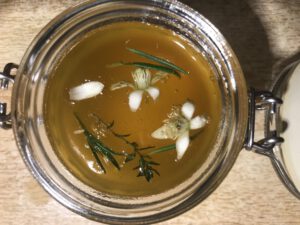
Orange jelly with orange blossom
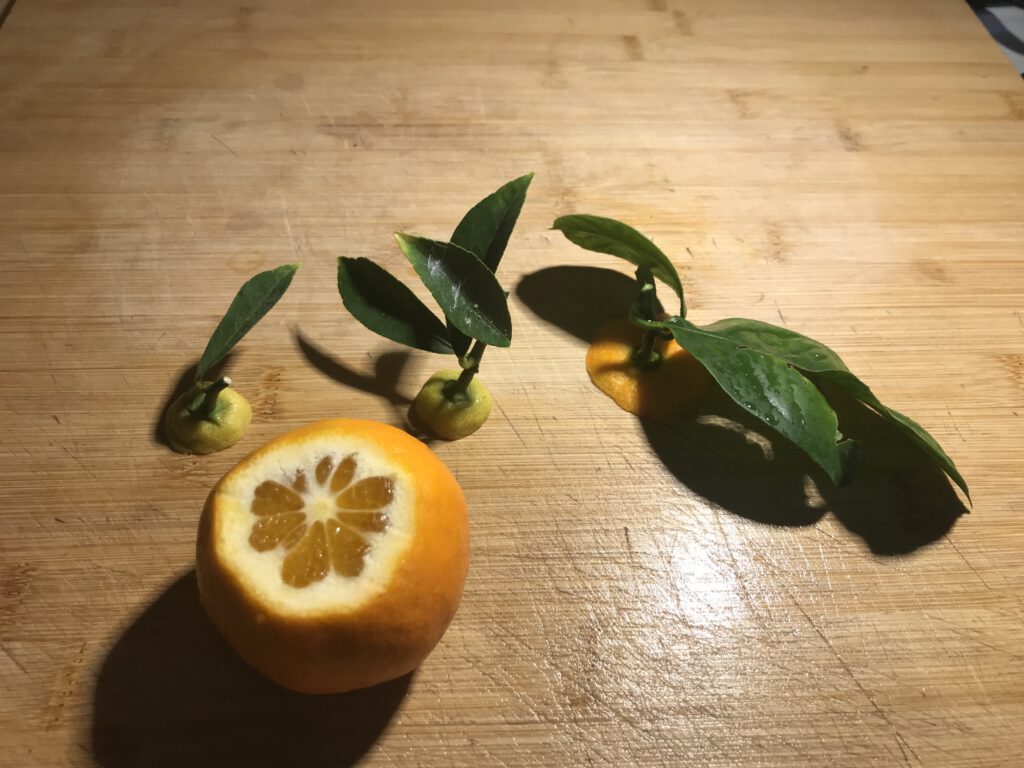
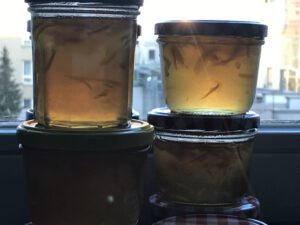
english marmelade
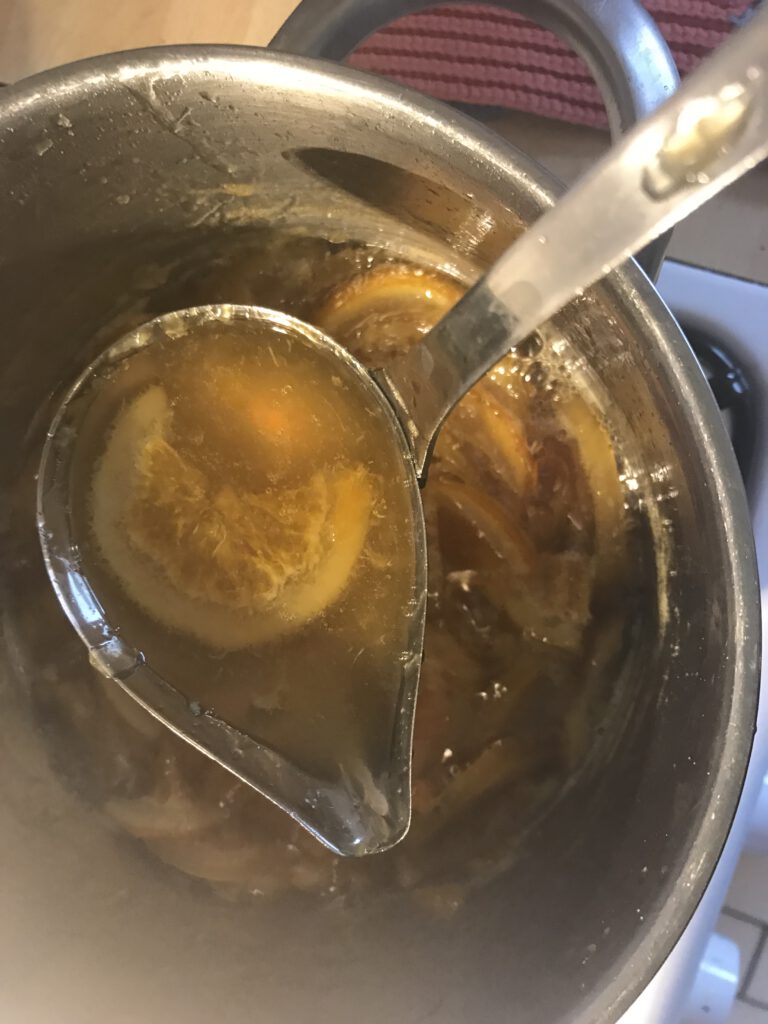
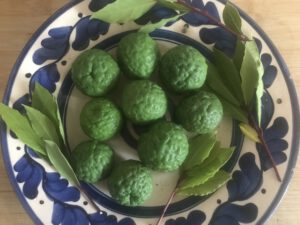
Citrus hystrix
the citrus hystrix is a spiny, low-growing, slow-growing, vigorous shrub whose leaves and fruit can be used in cooking. I use the fruit to make candied fruit and syrup.
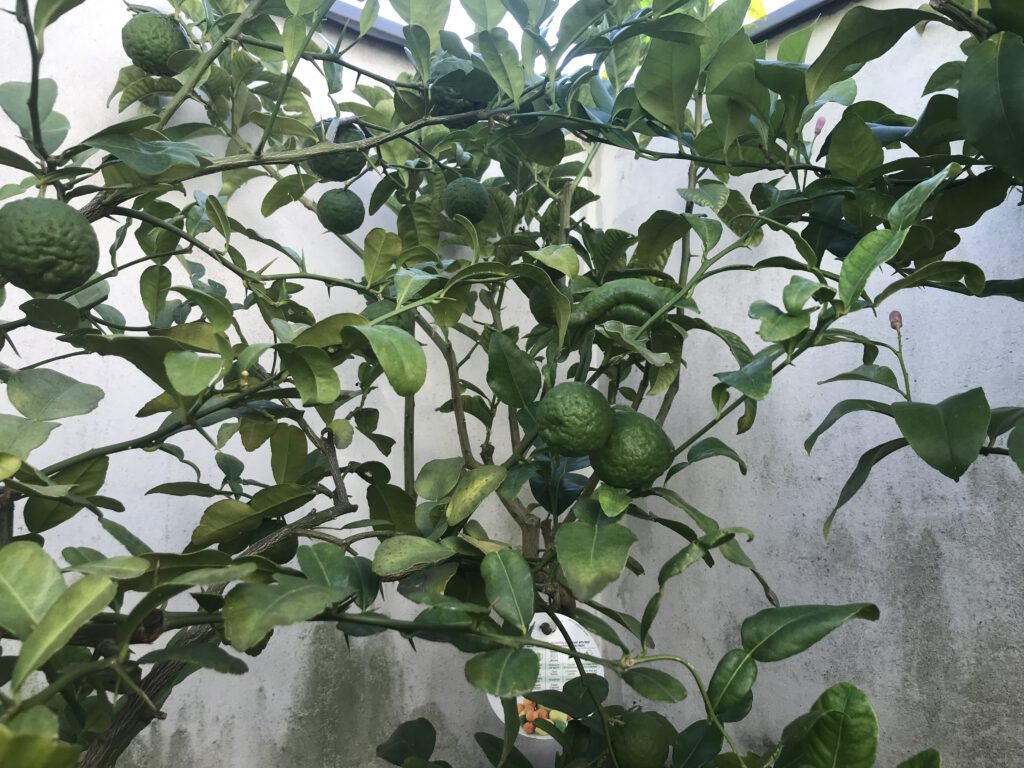

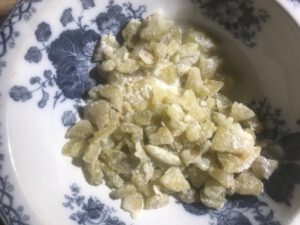
The candied slices preserve the aroma. The mild milk chocolate harmonizes perfectly as an antagonist with the powerful petrol flavor of the Citrus Hystrix.

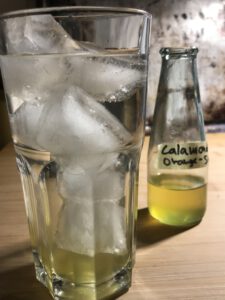
Citrus hystrix jelly creates an explosion of flavor in your mouth. It becomes really interesting from a culinary perspective when you make jellies, syrups, and pastes from different citrus fruits and combine them in food and drinks.
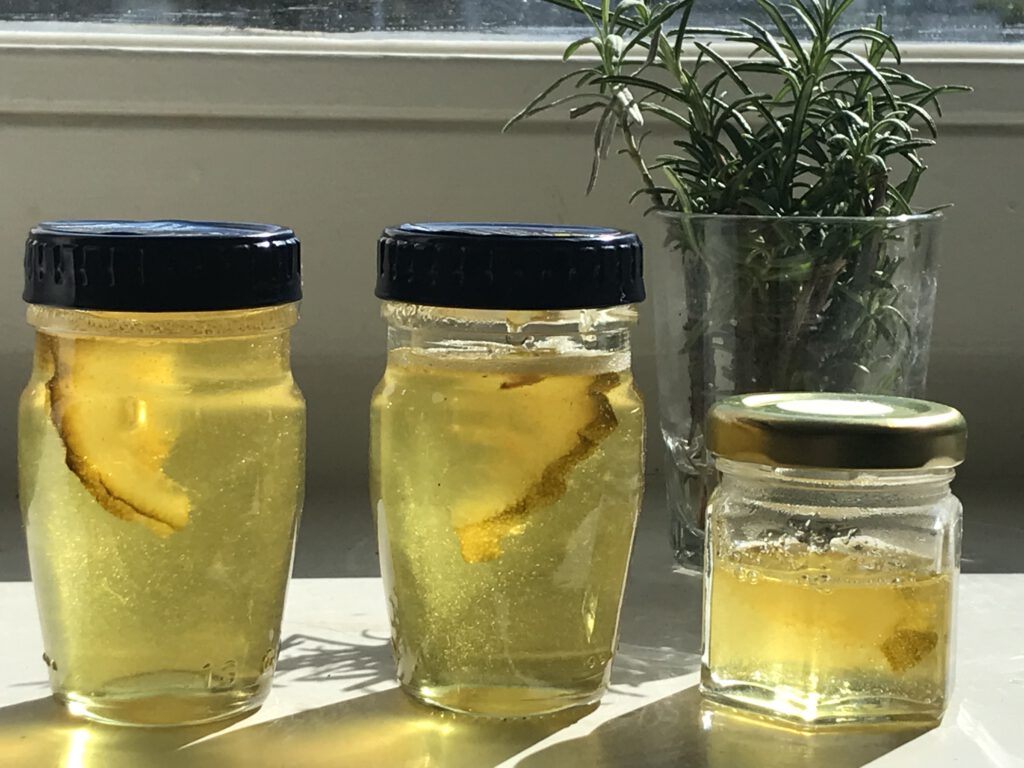
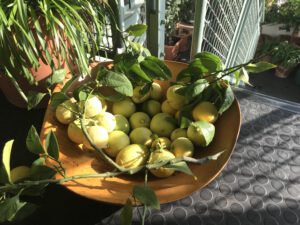
Citrus Bergamia – Bergamotte
I was particularly interested in bergamot, the bitter orange. It is also known as the orange bitter. Like all citrus trees, a bergamot tree is not particularly spectacular in appearance. If you don’t prune them in a certain way, they grow wildly in all directions and then, as if in a beautiful dream, suddenly produce porcelain-white, perfume-scented flowers. When the bitter orange is strong, it produces numerous fruits, like an apple tree. Bergamot is the greatest wonder in terms of its flavor spectrum. Here, you have arrived at the center of the world of flavors and perfumes.
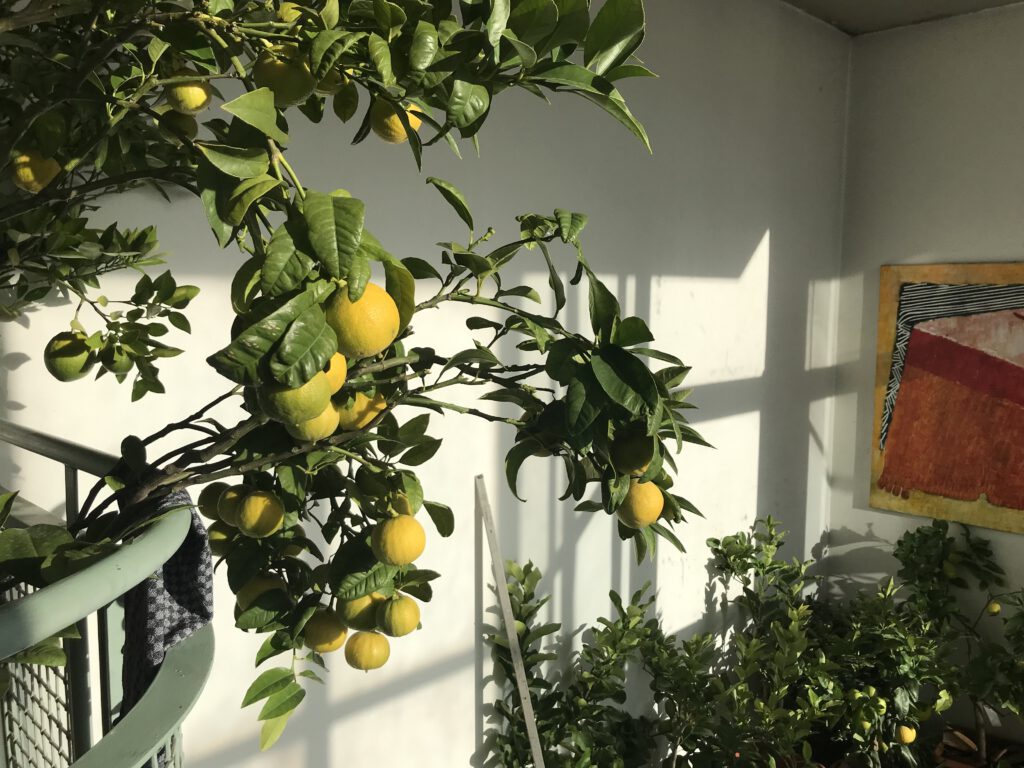

Production of bergamot syrup

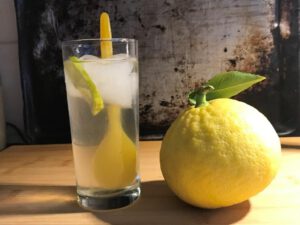
Combine bergamot syrup with citrus lemon juice for the most vibrant summer drink.
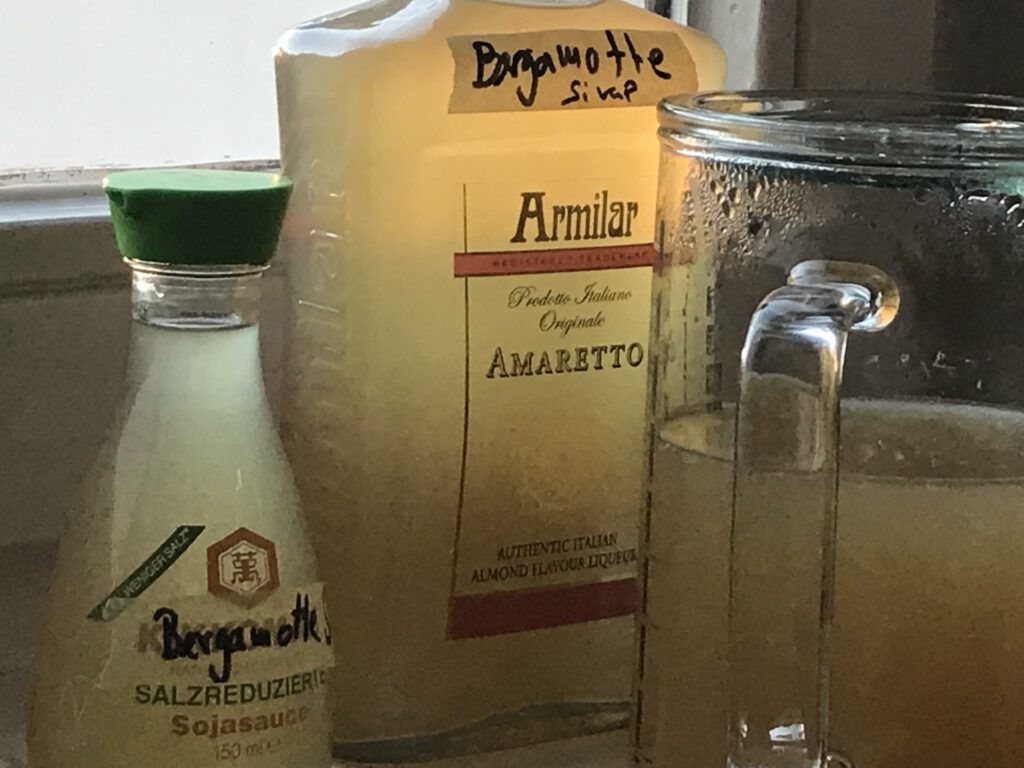
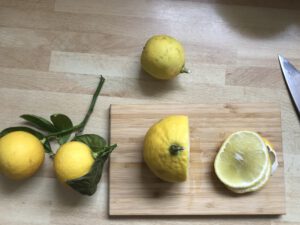
The Sicilian bergamot
This Sicilian bergamot tree is small in stature and has fleshy fruits that can grow large. The tree is strong.
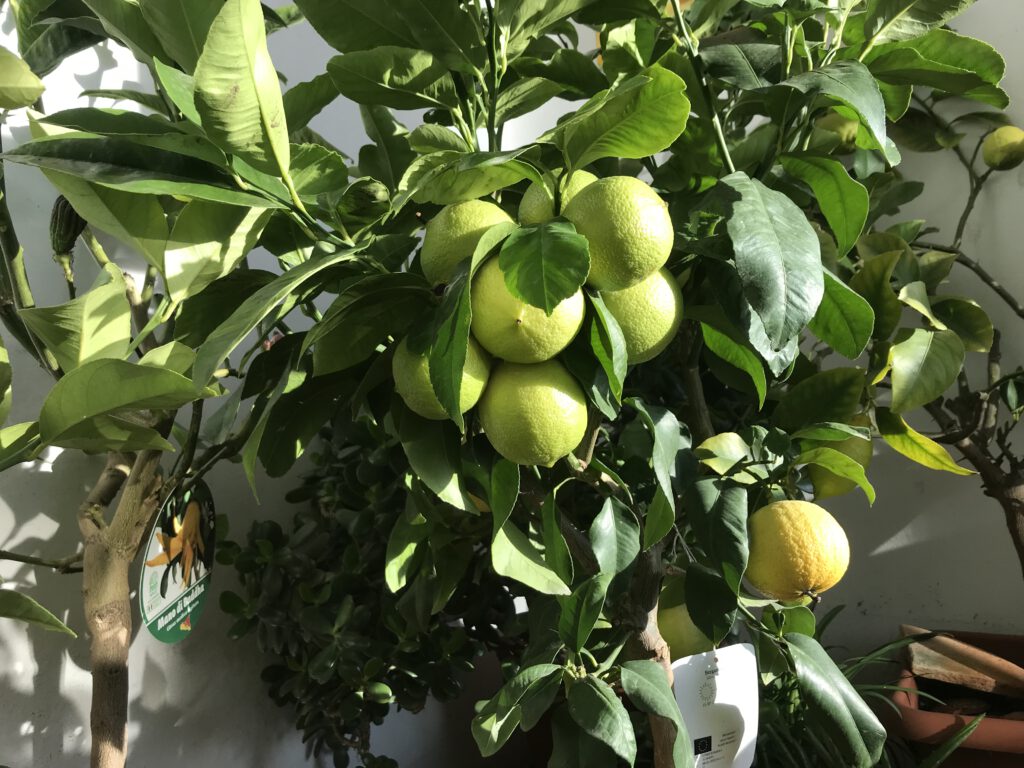
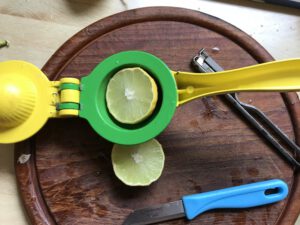
The sicilian bergamotte has a lot of juice.
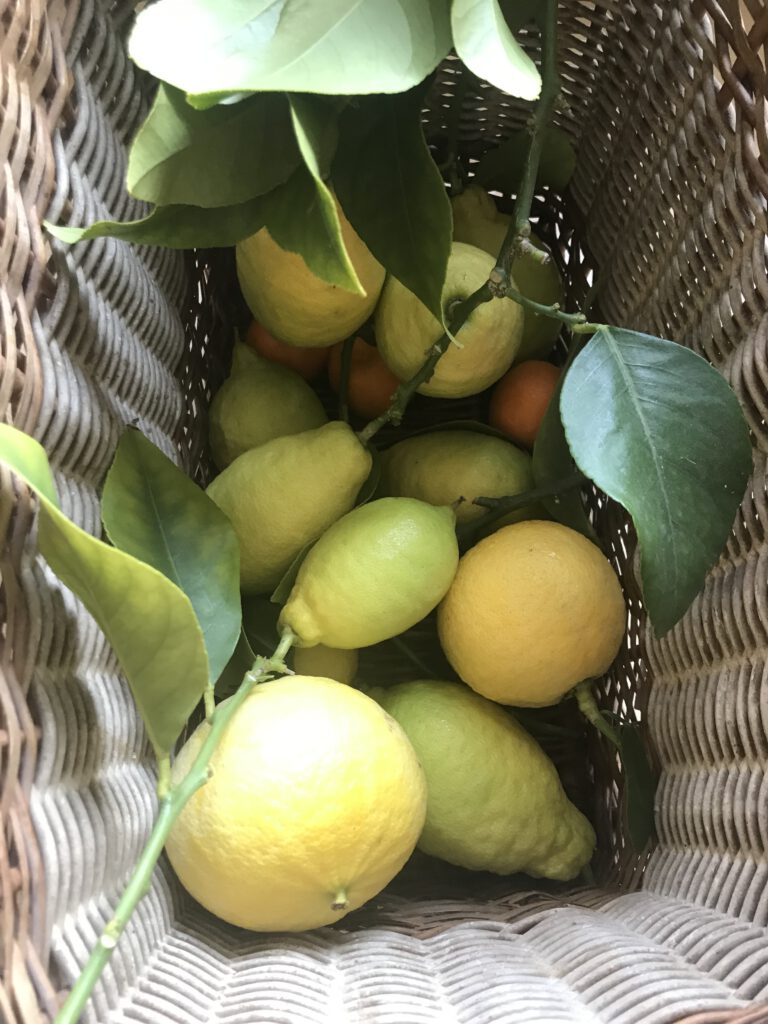
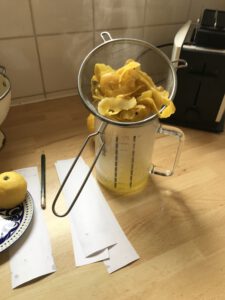
I make syrup from the peel of Sicilian bergamot oranges.
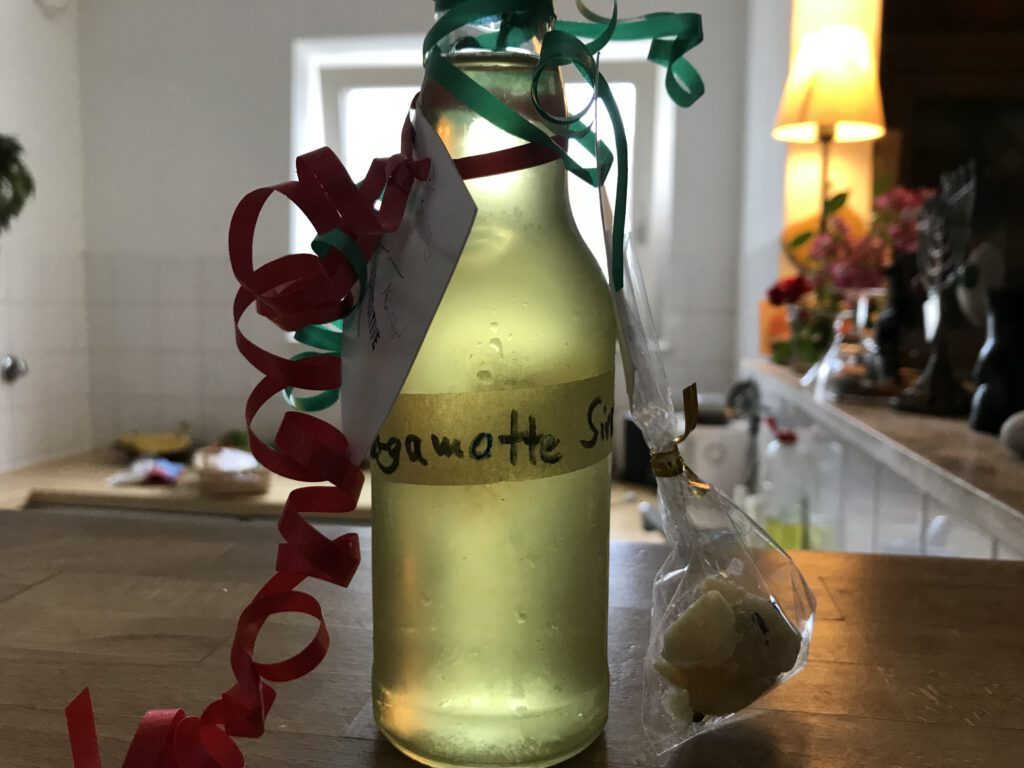
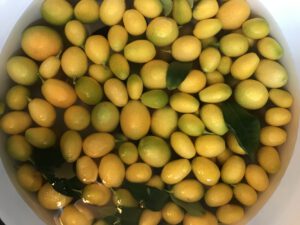
Citrus Fortunella – Kumquat
Citrus Fortunella, known as kumquat in Chinese, is a dwarf orange. Like almost all citrus trees, it originates from China. The cherry-sized fruit can be picked from the tree and eaten with the peel.
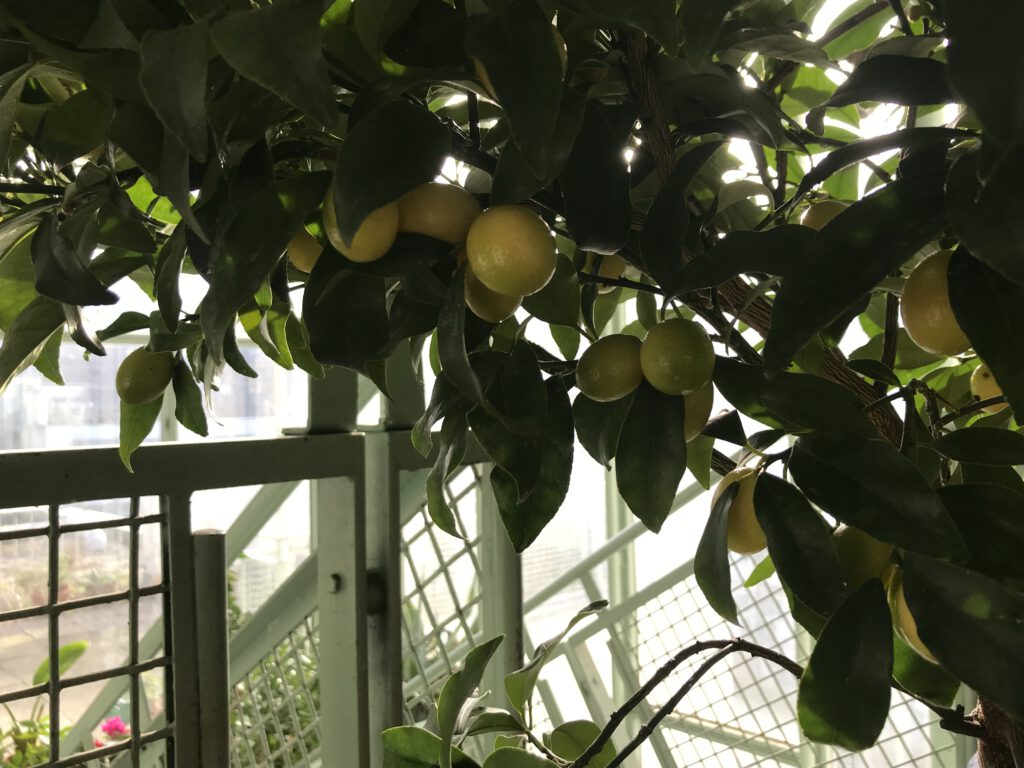
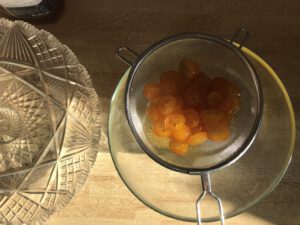
The kumquat jam is aromatic and fruity, ideal for a French breakfast with baguette and café au lait …
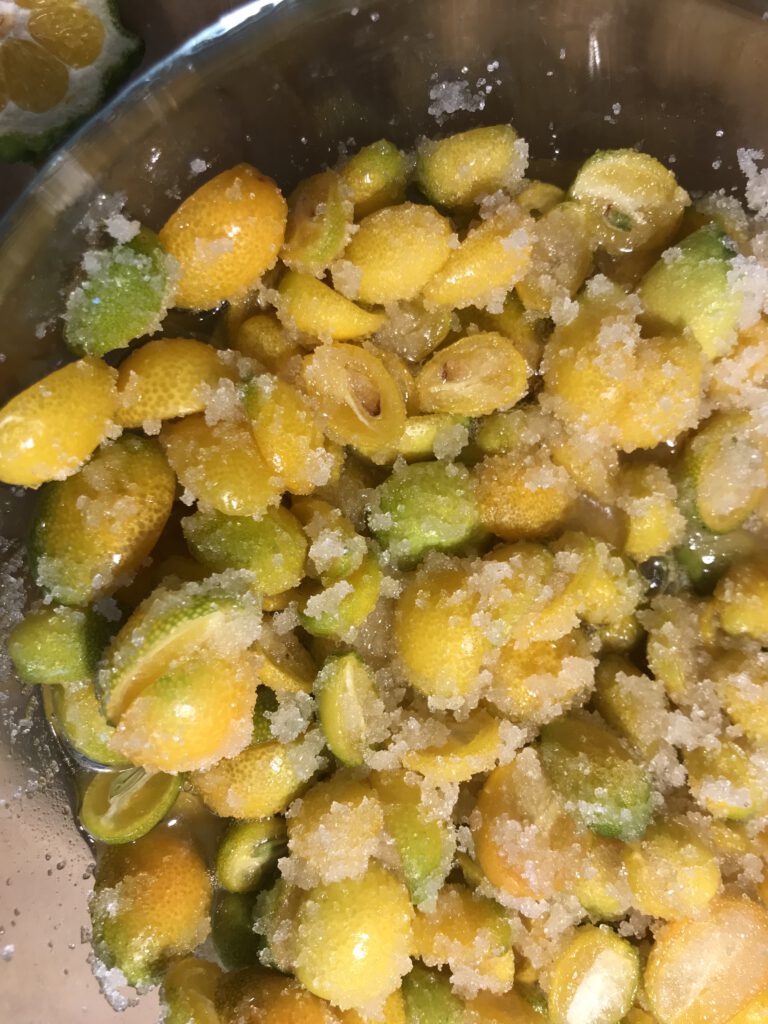
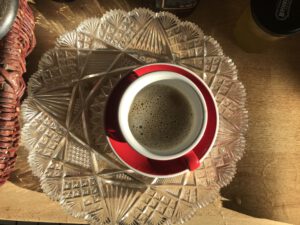
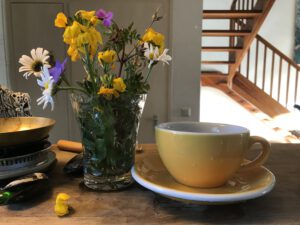
… with baguette and café au lait et avec la ‘Liberation‘
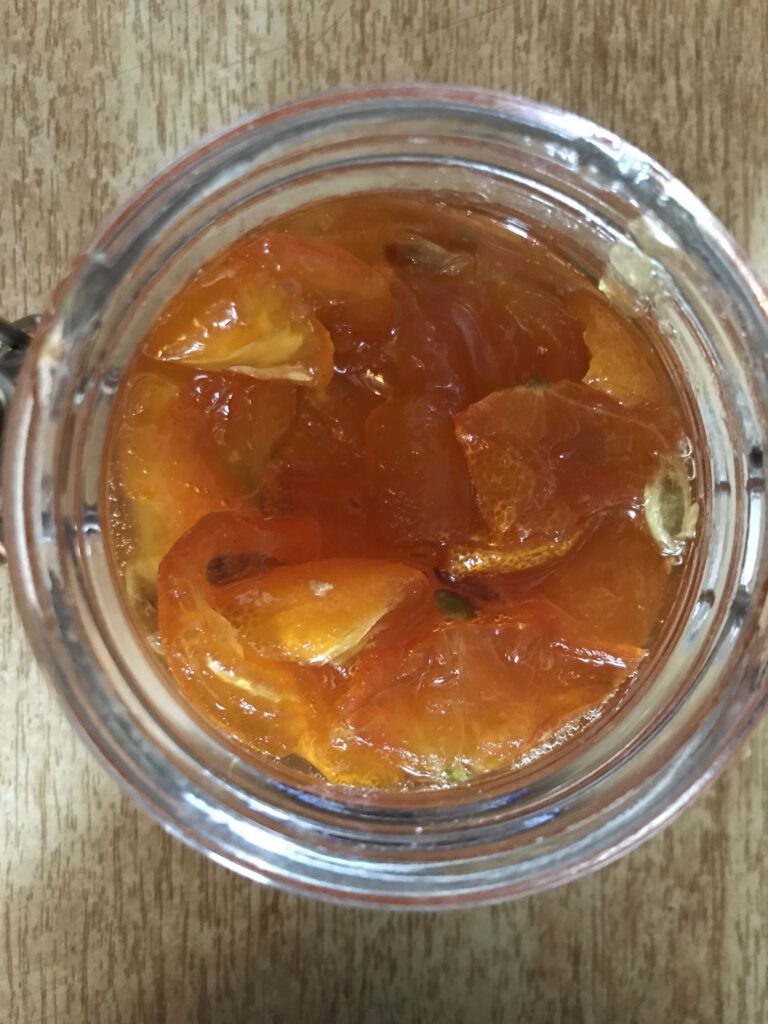
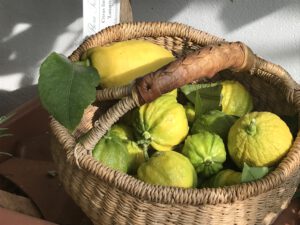
Die Citrus Aurantium ‘Canaliculata’
The furrowed bitter orange is a cultivar from the 16th century. The baroque shape of the fruit made it a popular citrus species in European royal orangeries.
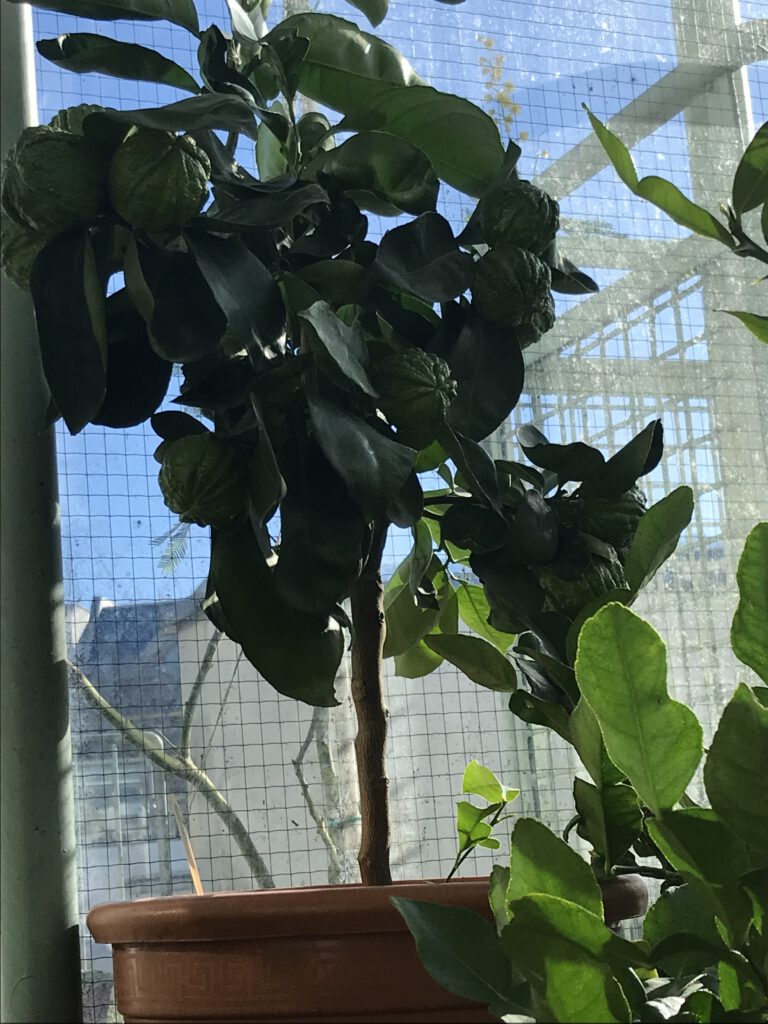
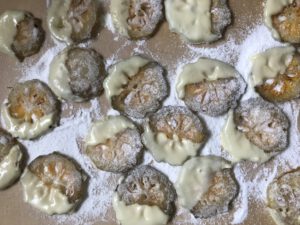
Candied, the furrowed bitter orange is sensational—crunchy and gorgeous to look at. Its bittersweet flavor is ideal when combined with milk chocolate.
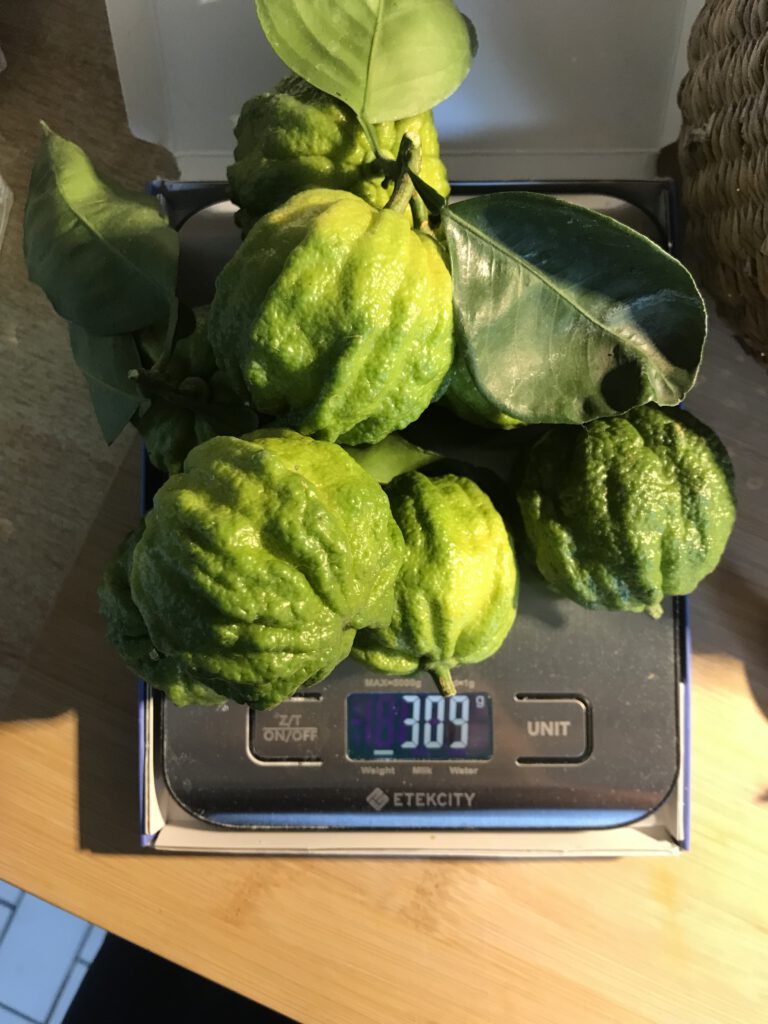
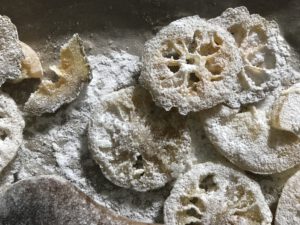
Citrus Aurantium ‘Canaliculata’ is simply incomparable! Madame!
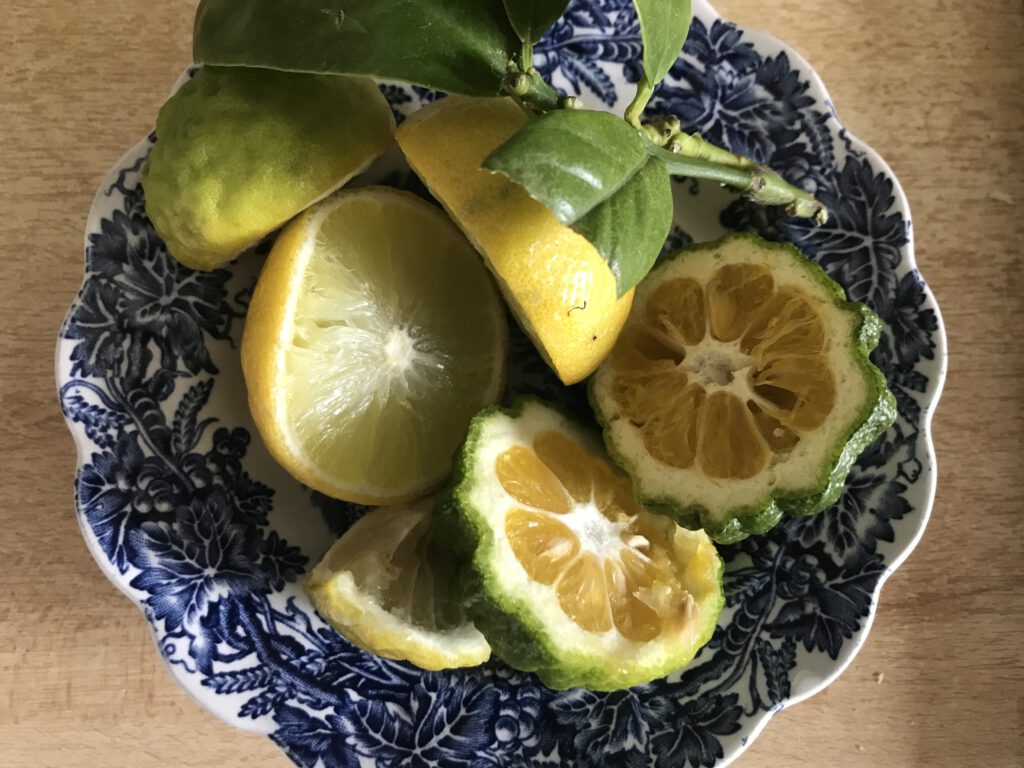
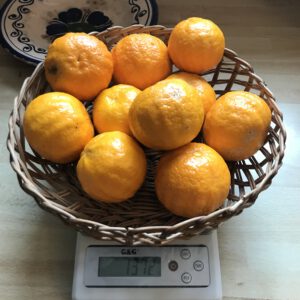
Citrus Junos – Yuzu
The Yuzu is a cross between a lemon and a mandarin orange. It is said to have been cultivated thousands of years ago in the Yangtze River basin in China. The yuzu bush is vigorous and robust, with sharp, very strong, long thorns.
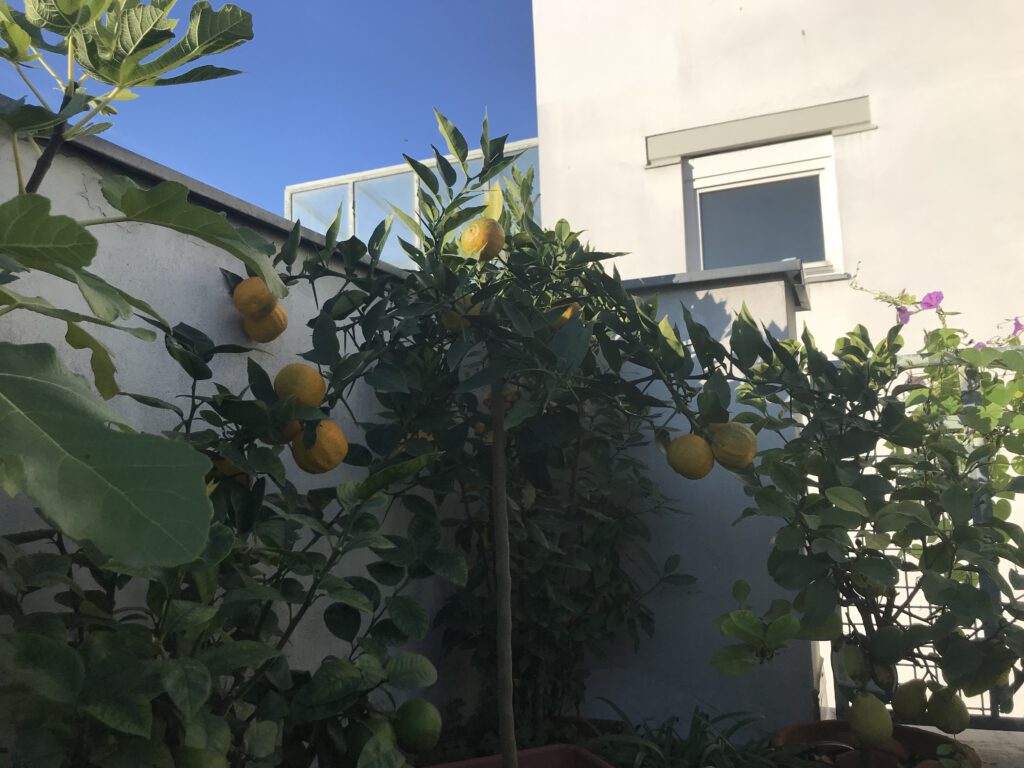
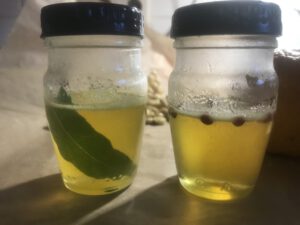
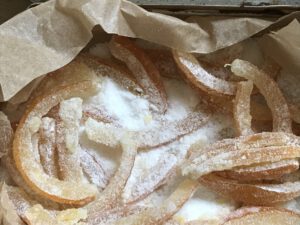
Yuzu jelly and candied yuzu peel
Yuzu is one of the most expensive citrus fruits in Europe. In Japan, yuzu is a classic ingredient in cooking.
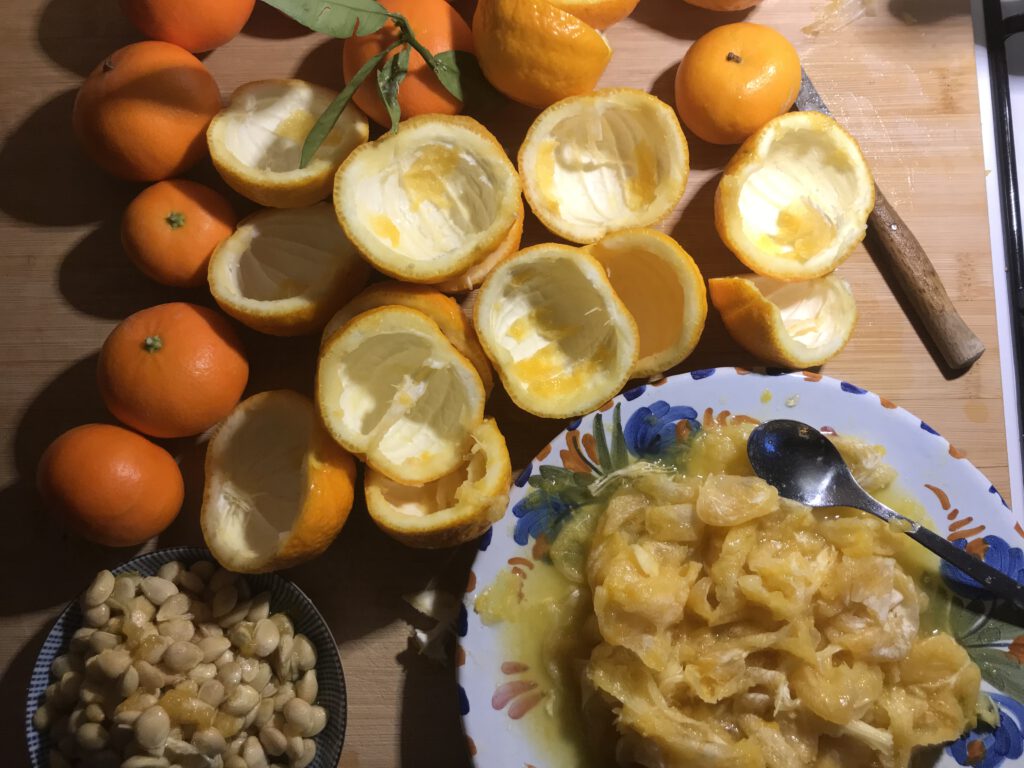
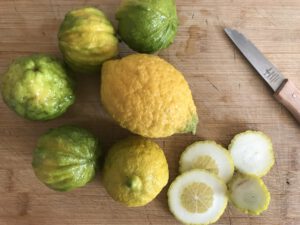
Citrus Medica
The citron medica grows very large and has mainly white flesh. she has a wonderful mild flowery smell.
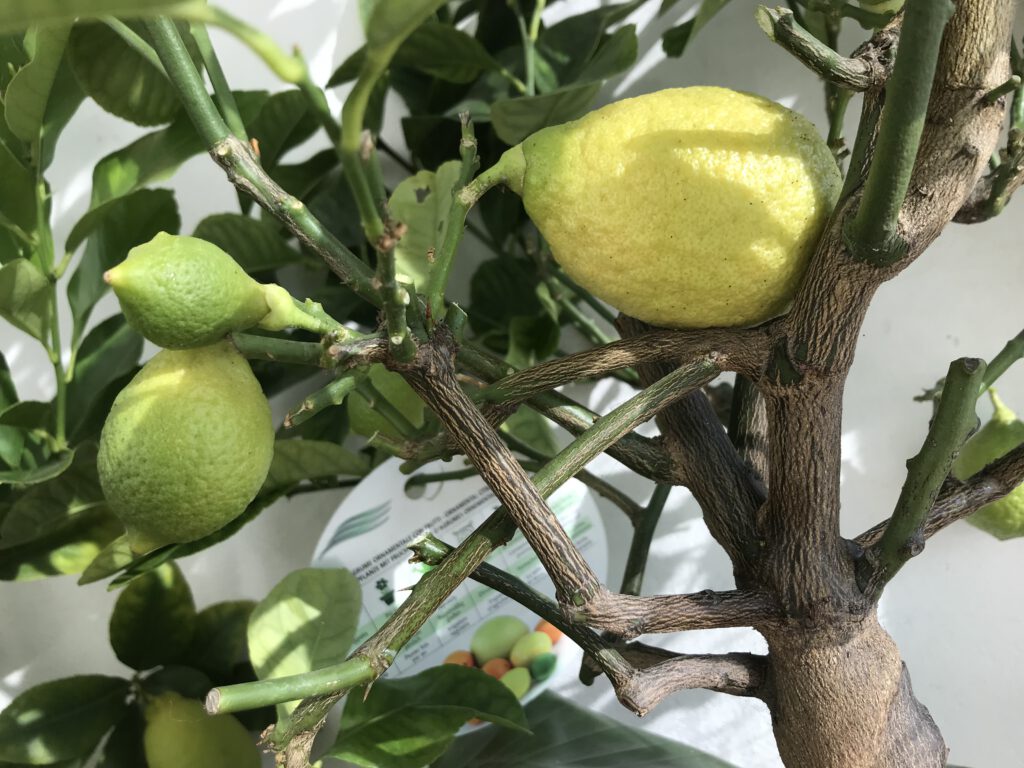
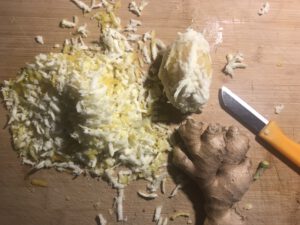
I used the mild-tasting peel and white pith of the Citrus Medica to make candies with sugar and ginger. The heart of the Medica consists of a narrow, juicy core. The peel of the Medica can also be used to flavor pasta or fish dishes.

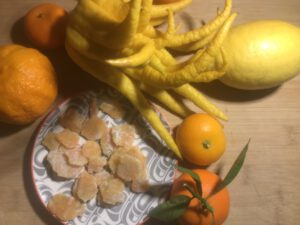
Citrus medica with all kinds of citrus – Agrumi di LiMa Bonboni
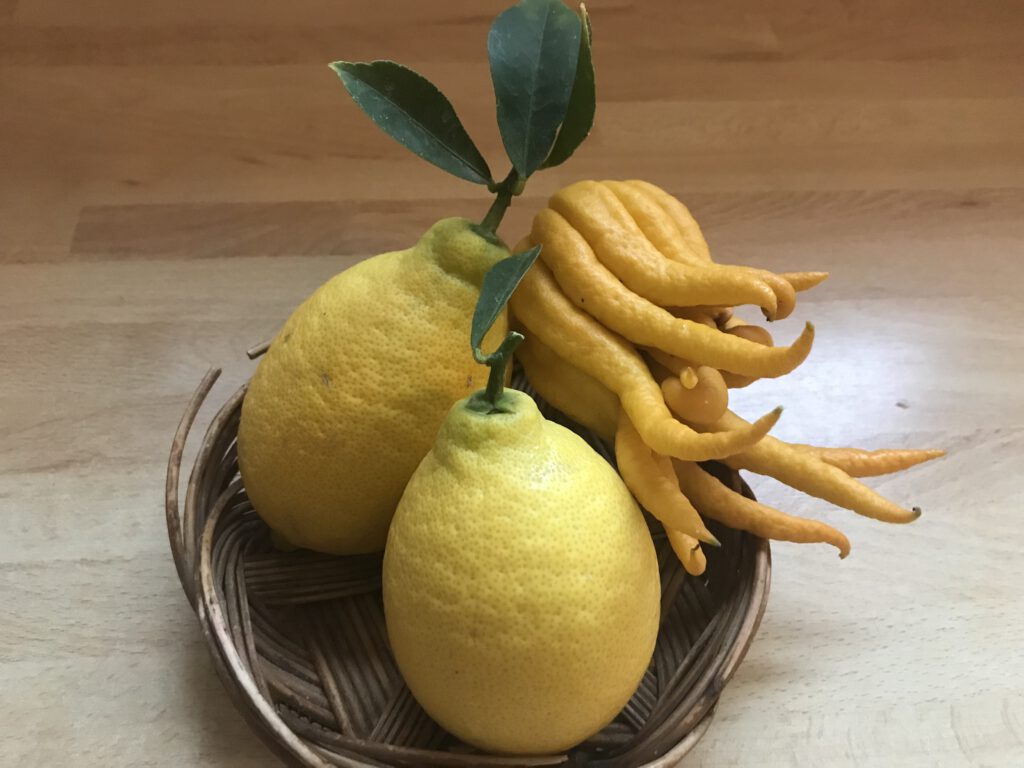
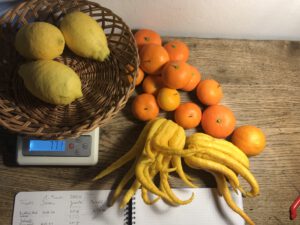
The satsuma is a Japanese hybrid of the mandarin and orange. The tree has deep green, glossy, lanceolate leaves. It is growing vigorously in LiMa. Its size has tripled in one year.
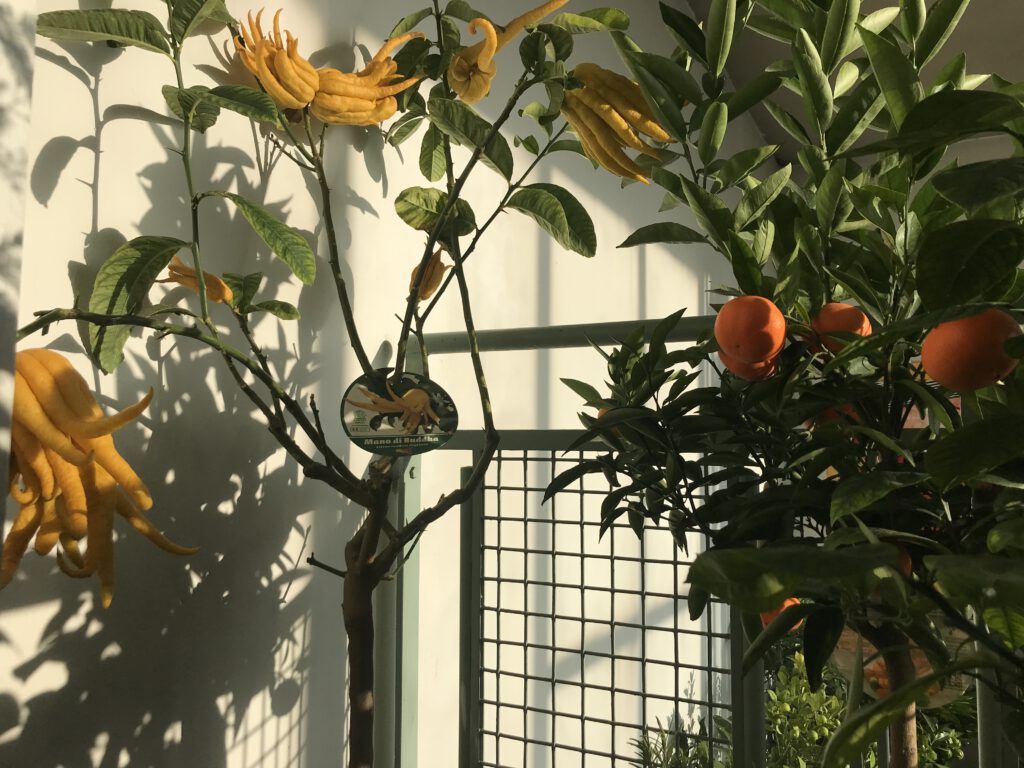
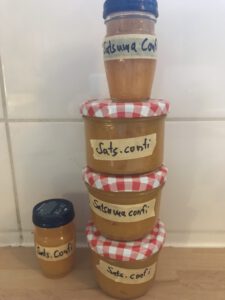
I made jam from the pulp of satsuma. The flavor is balanced and mild. It’s perfect.
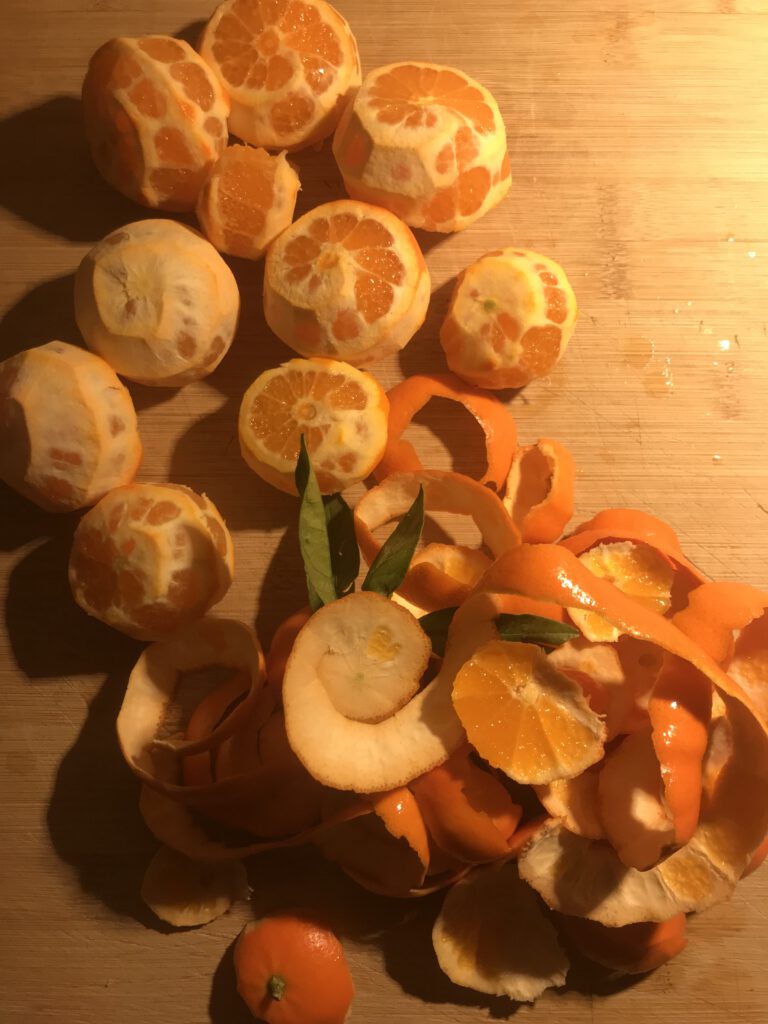
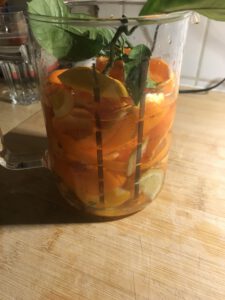
I make thin candied slices from the satsuma peels. There is no waste.
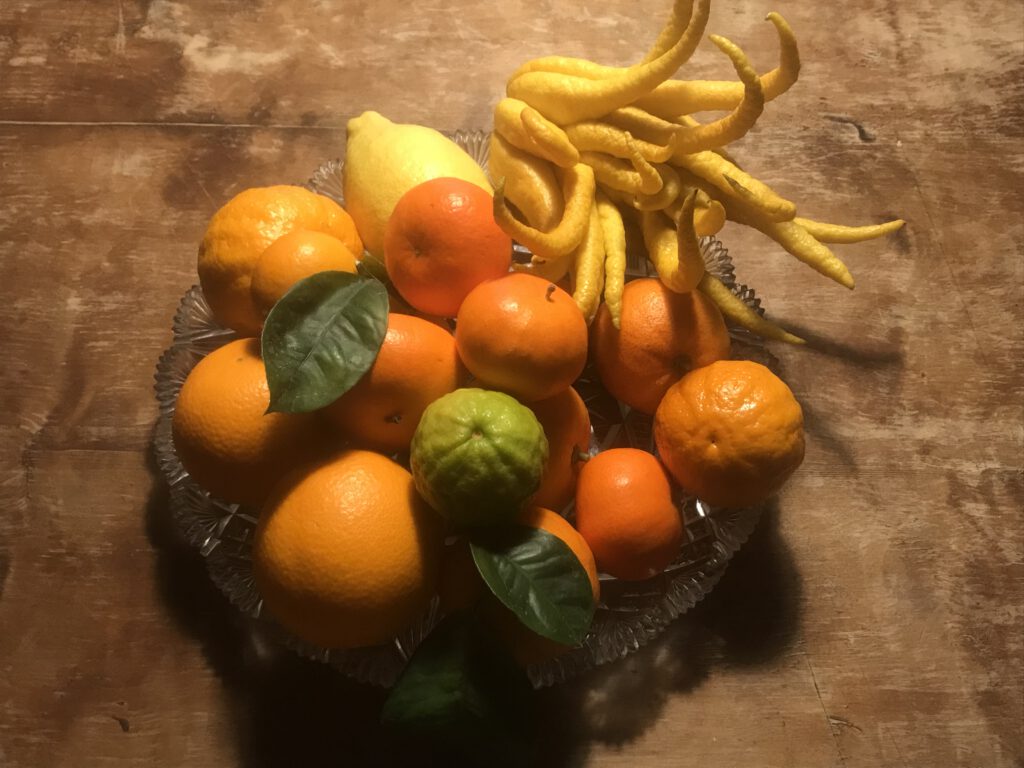

Citrus Medica ‘Digitata’ – ‘Buddha’s Hand’
Buddha’s Hand is a plant that dates back thousands of years and originates from the Himalayan region. The tree has strong branches that reach up towards the sky. It flowers all year round and constantly produces fruit.
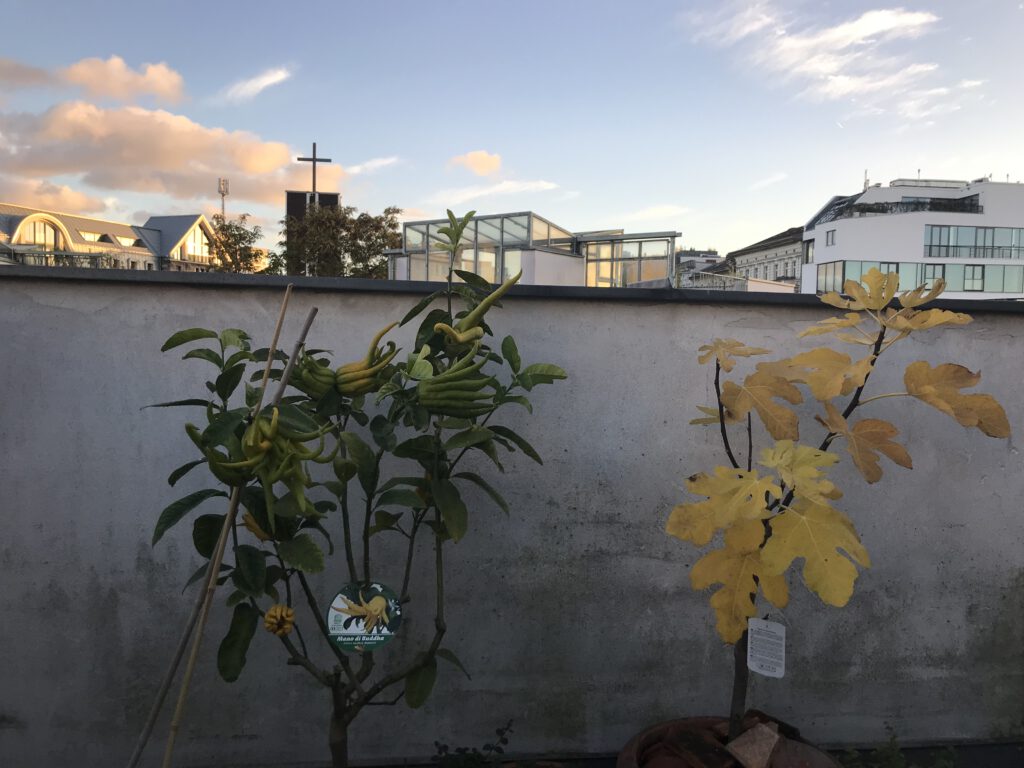

‘Buddha’s Hand’, is a pure flesh fruit. It has no juicy core. It is magical.

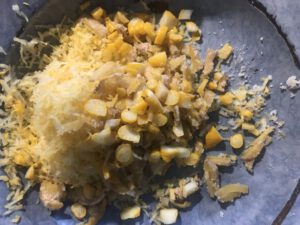
In Asia, Buddha’s Hand is considered an offering to the gods. In the kitchen, you can use it to flavor savory dishes.
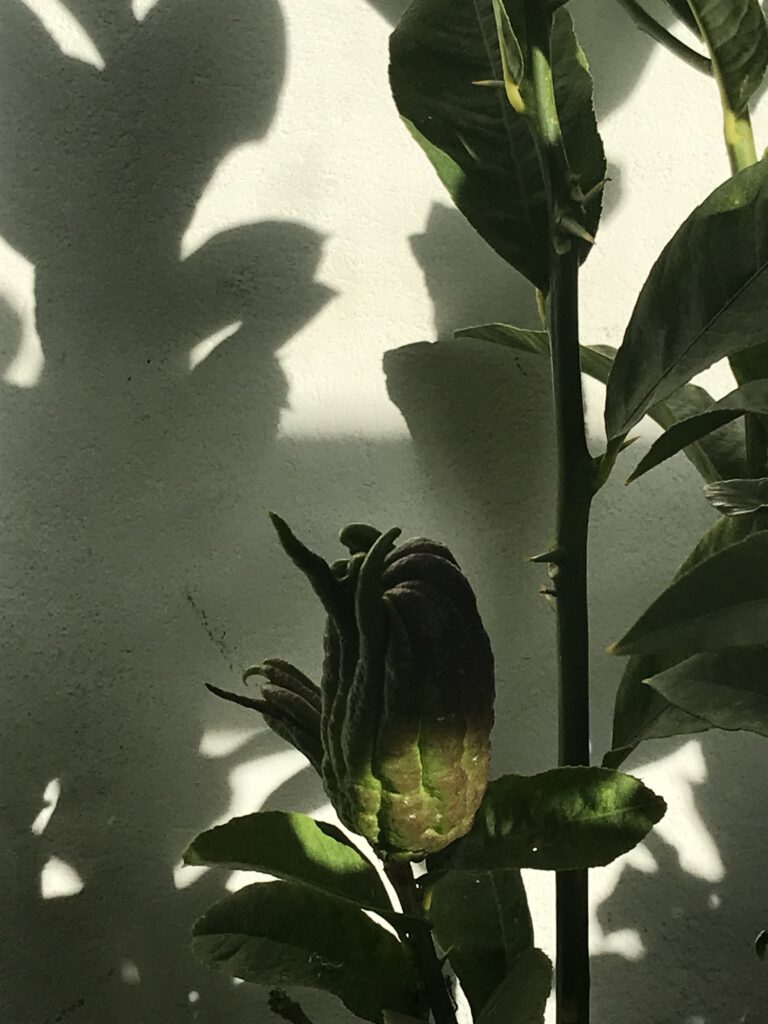
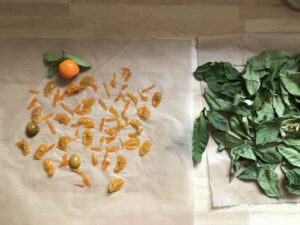
Citrus Aurantium – Chinotto
The chinotto is a small, slow-growing tree that produces dwarf bitter oranges. The strong bitter taste of the chinotto is used to make syrups and aperitifs. I made candied slices. In Italy, the chinotto is often candied whole. To do this, it is first left to soak in brine for several months.

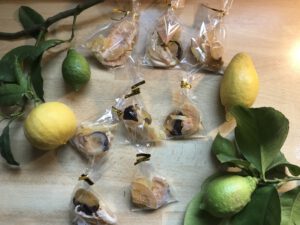
Delights from our organic and sustainable LiMa kitchen
Climate change—we can do something! Instead of producing waste, polluting the oceans, and accelerating the extinction of biodiversity, we can get creative and finally discover the wonders of nature. We have no idea how magnificent the diversity of the natural world is.
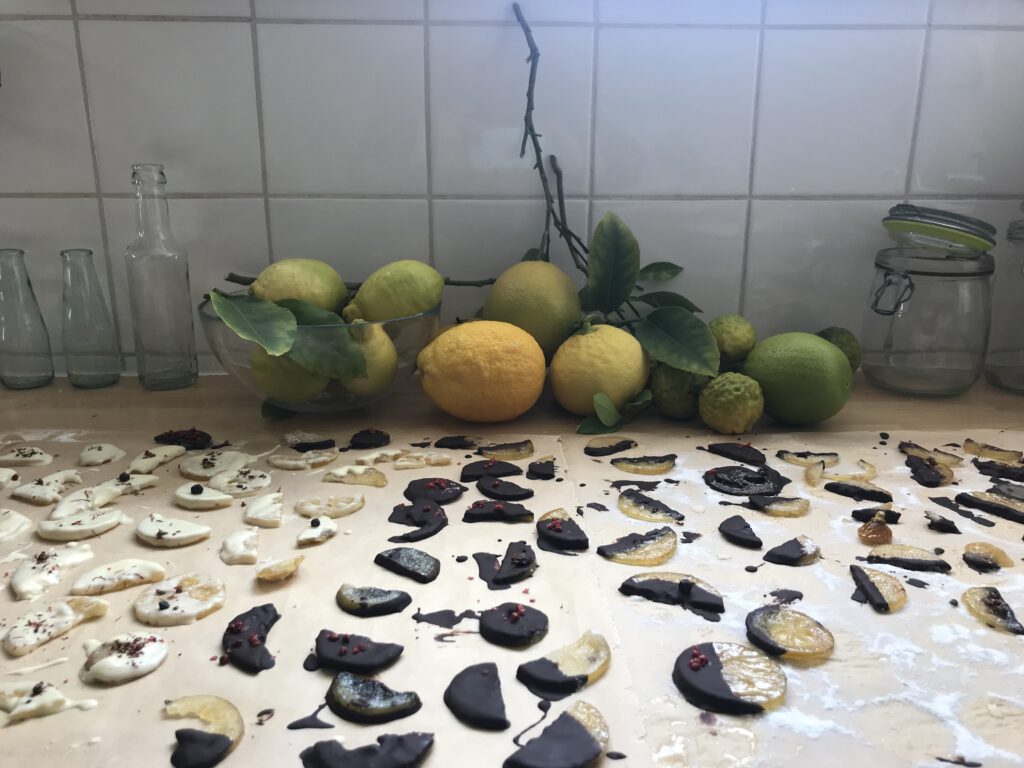
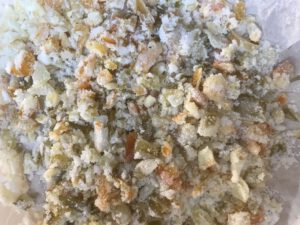
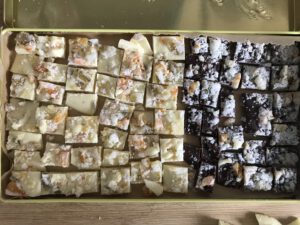
Nessi’s delight. I dedicated this creation to my hundred-year-old friend Nessi.
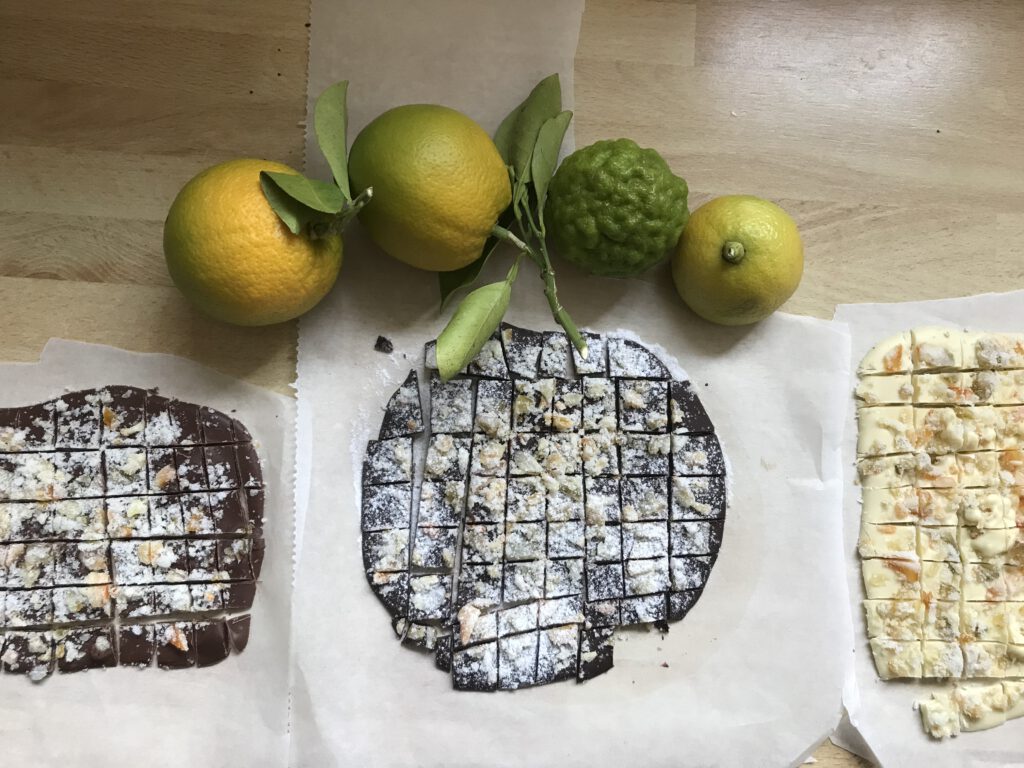
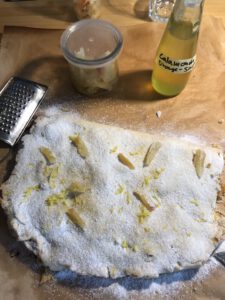
Tarte au citron
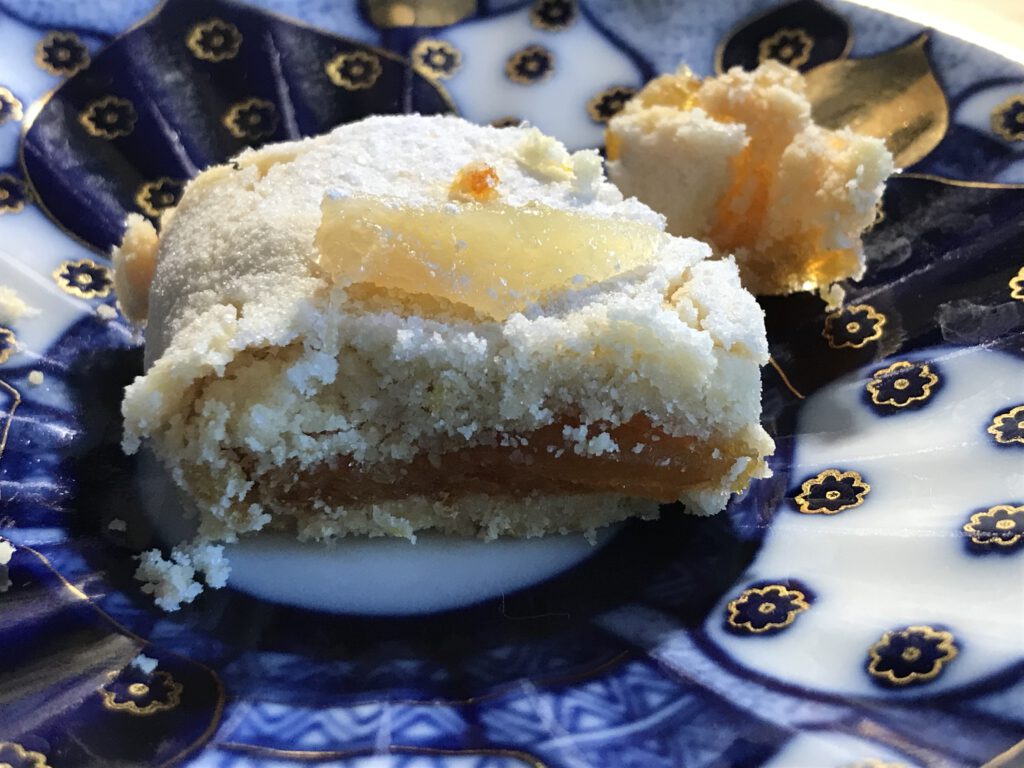
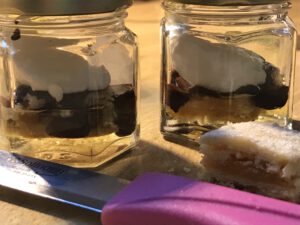
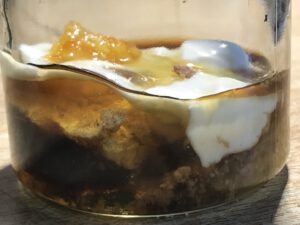
Orangerie LiMa desserts
The highlight of the slowly unfolding explosion of flavors is the diverse texture of the microstructure. Four different citrus flavors are combined here with cream, mocha, almond, and satsuma confit. Citrus is extreme food. You only need a few teaspoons of this dessert, chilled from the refrigerator and served fresh, to enjoy the full range of flavors.
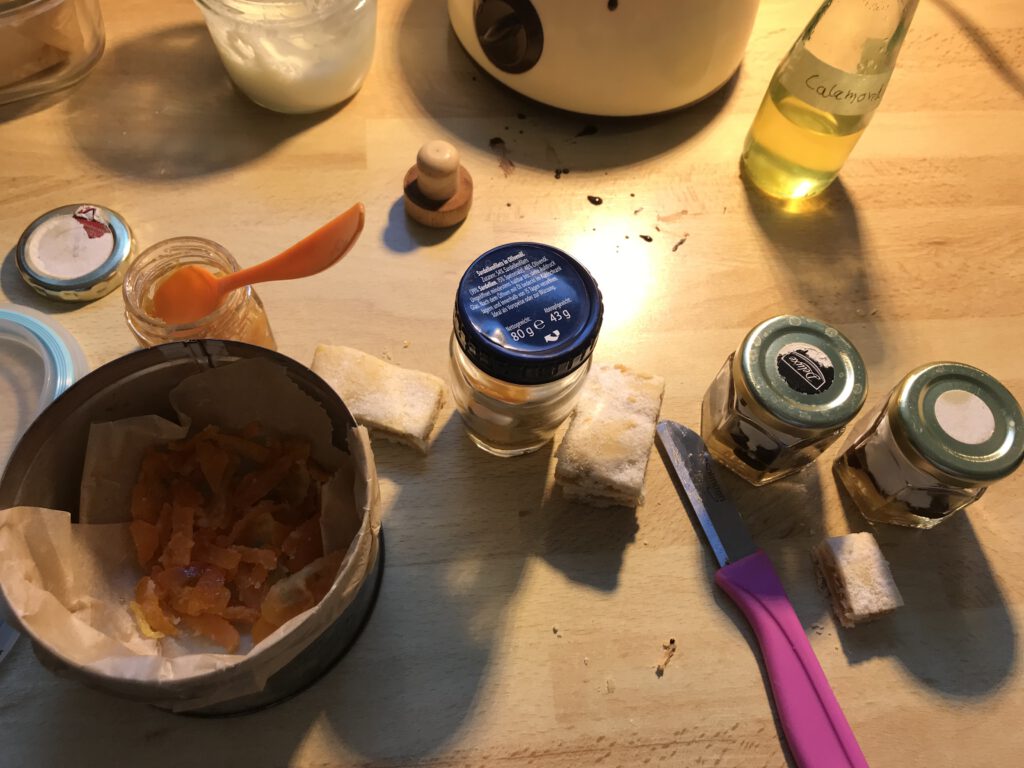
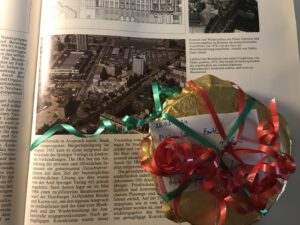
IBA 1984-87 – Block 30 – We owe this cultural richness for all people to the IBA
In a house designed by architect Herman Hertzberger, you can live socially and sustainably into the 21st century. Here, you can develop.
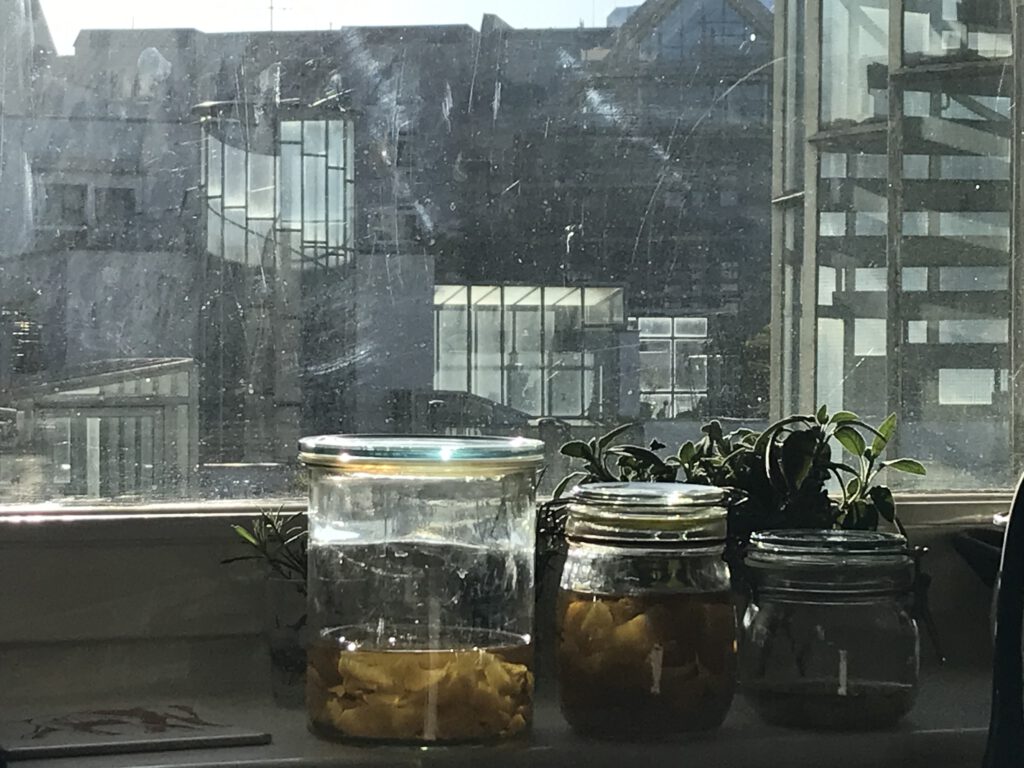
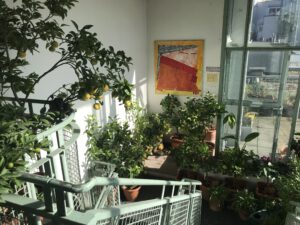
The winter quarters for citrus trees at LiMa Wohnhof—’the vertical streets’ (staircase) in LiMa with glass towers that function technically like an unheated greenhouse.
We need architecture that enables all people in cities to live sustainably and socially in the time of climate change.
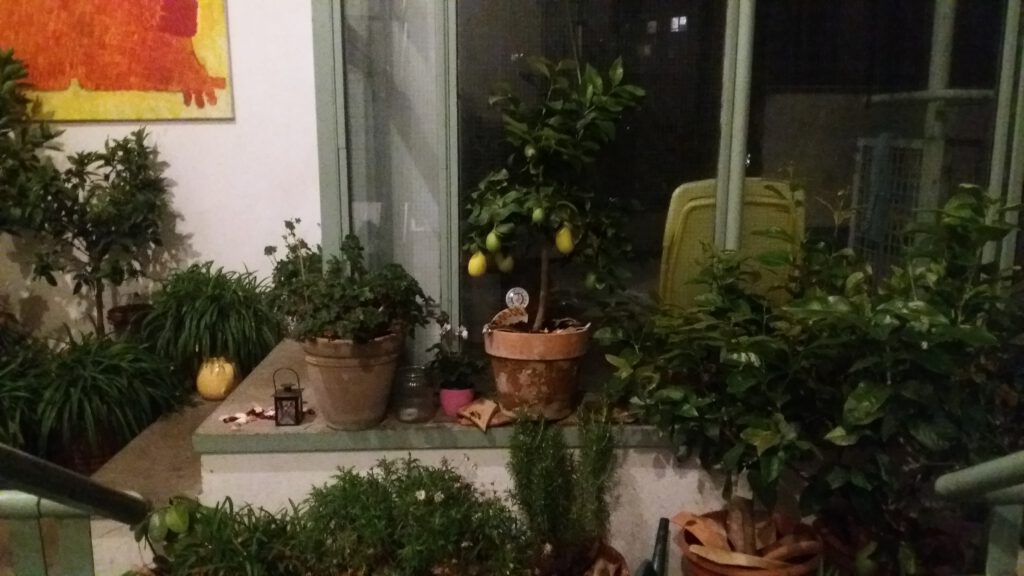
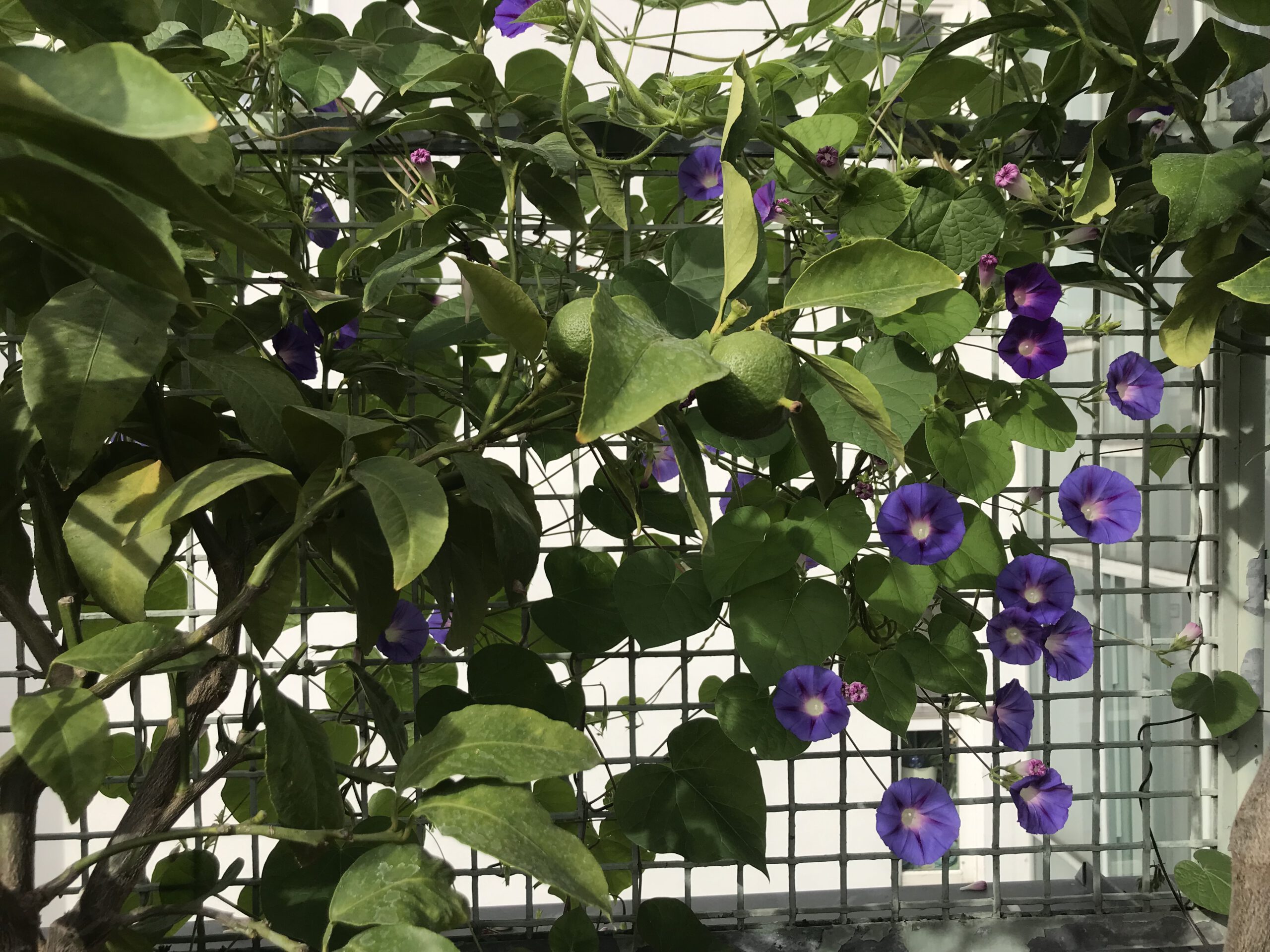
We are then no longer passive consumers, but individuals who determine their own quality of life in responsibility for themselves, for others and for the whole
“Nature is our biggest ally and greatest inspiration”
David Attenborough
Climate change – what can we do? I asked myself this question during the 2020 pandemic. How can we actually live sustainably on a daily basis in the city? In a nutshell, the answer could be: you buy less. You do a lot yourself. Putting this approach into practice proved to be complex. I felt it was about an attitude to life and habits that I had to change. If you wanted to have a practicable model for everyday life, you had to think things through more carefully.
I embarked on a fascinating journey of exploring plants, learning techniques in the garden and kitchen, mastering planting, preserving and storing at home. It was a lot of work. I learned that every organic substance is good for something. Today I no longer throw anything away.
This process naturally took time. The result of my work took 4 years. Today, I have knowledge that I can share and apply anywhere in the world and a safe routine that I can expand and adapt at any time. I use simple techniques. My fridge has been emptied of plastic, paper and chemicals, my terrace has been transformed into a self-sustaining garden and my sustainable kitchen is fun and inexpensive. You gain a certain autonomy.
Today, we can combine traditional and modern techniques and lifestyles in our everyday lives, creating environmentally friendly, healthy and mentally strengthening routines. They give us peace and stability in our private lives as a counterbalance in a rapidly changing world. I would like to use this account of my own experience to encourage others in this process.
Climate change – we can do something – is a social and sustainable concept for everyday domestic use. If each and every one of us tried to live sustainably in a way that suited us, many new worlds would emerge in our homes and on our balconies, kitchen windows and front gardens, in the courtyards and on the roof gardens of offices and administrations, and the positive effect of our sustainable living would be systematic and global.
Our knowledge and our actions are our power, our freedom in responsibility for ourselves and others today and in the future with this planet. Yes, we can do something. – Local – worldwide – together –
climate change – we can do something! is a campaign of the LiMa Wohnhof Berlin Initiative.
Responsible: Gabriella Sarges
Web Design: Dominik Ziller and Alexander von Falkenhausen
Web Development: Alexander von Falkenhausen
Copyright Sarges 2025
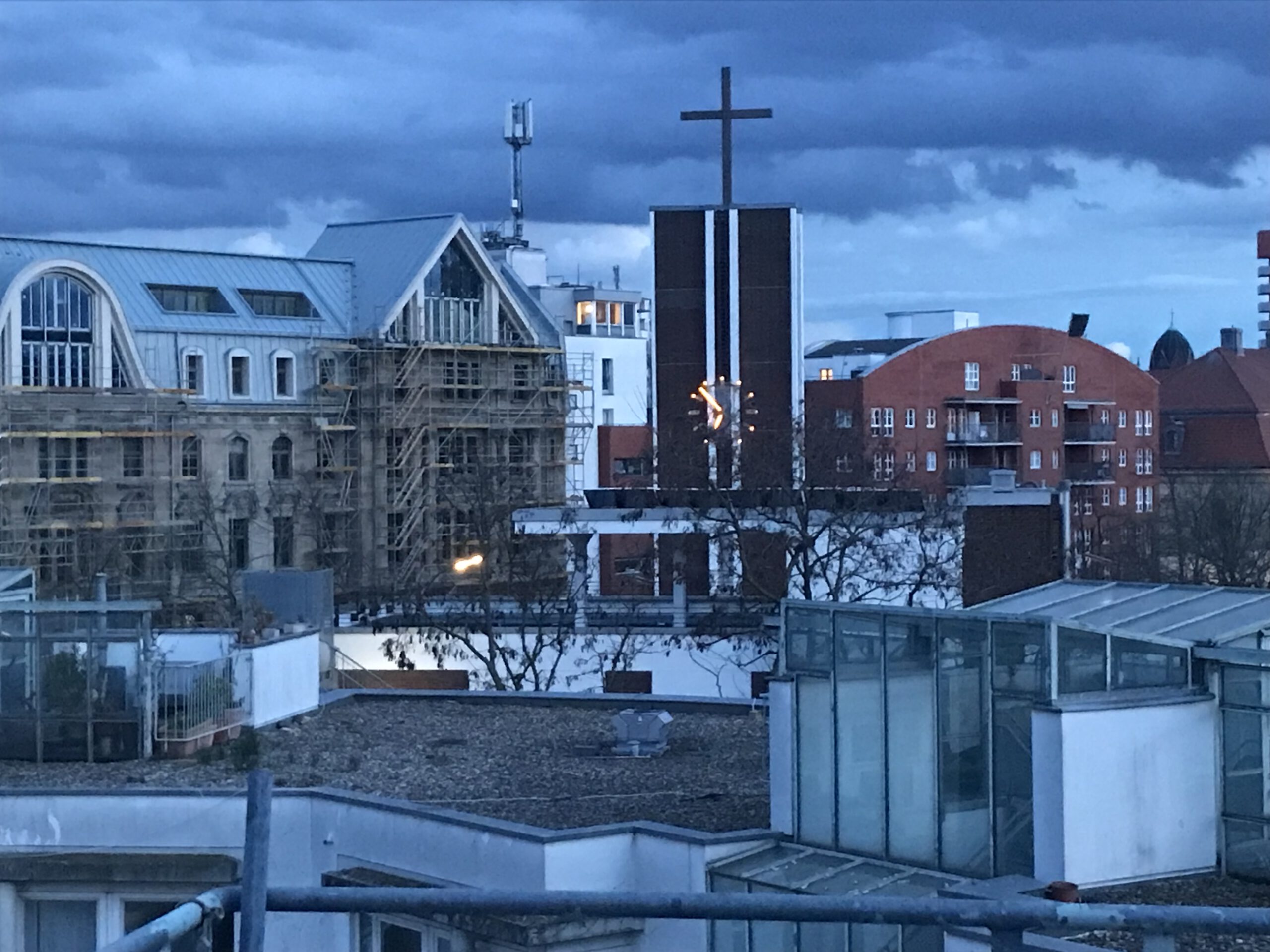
We can do something!